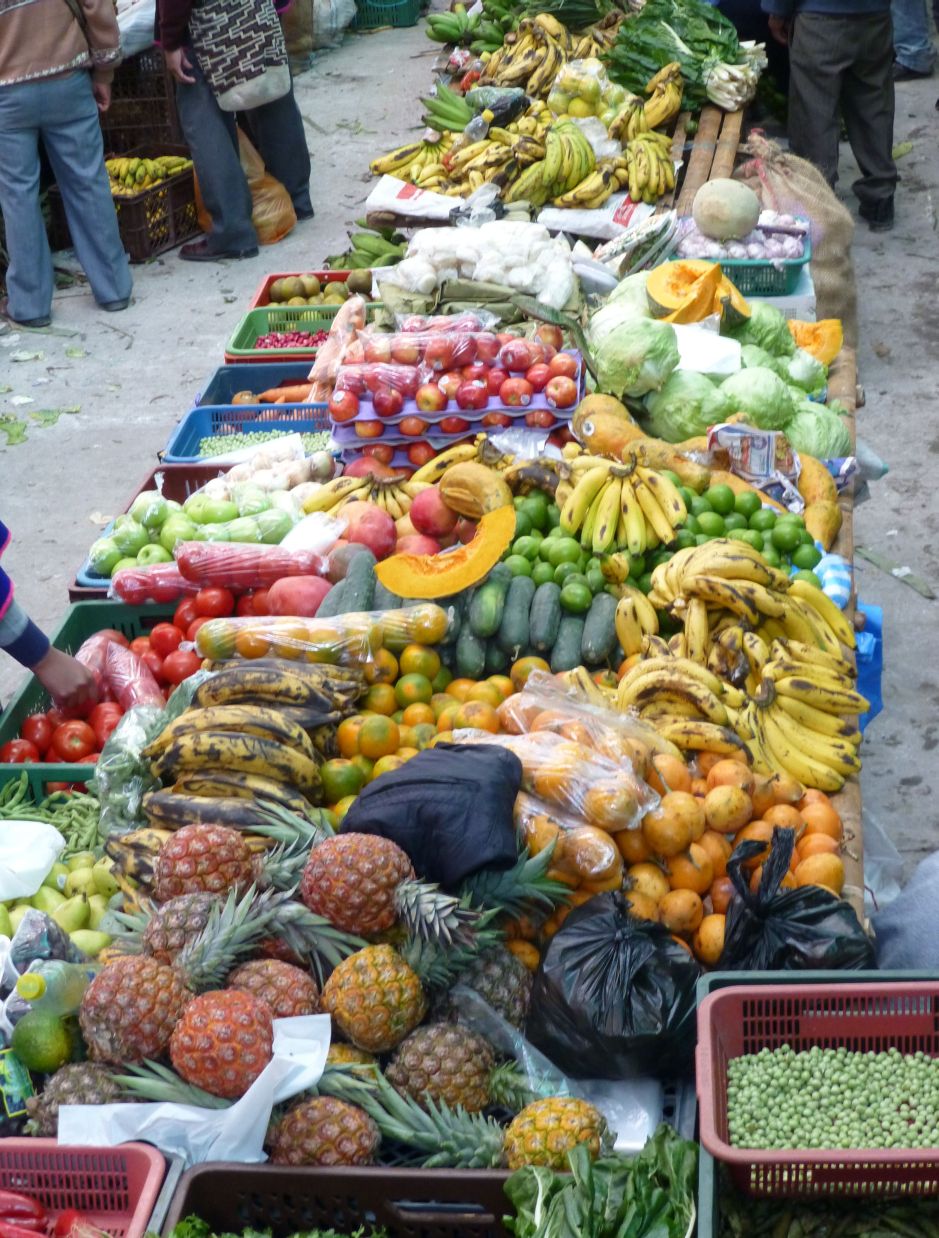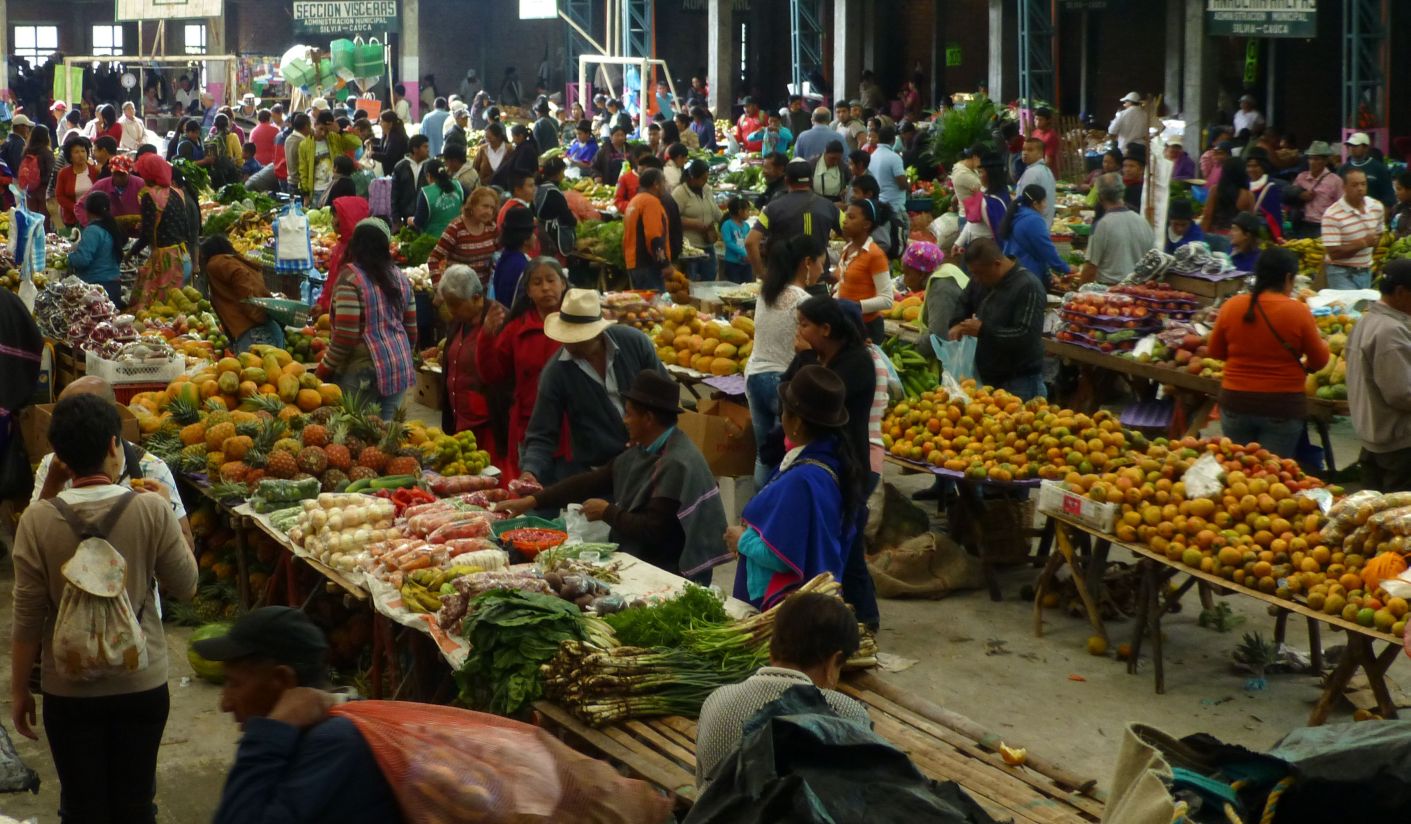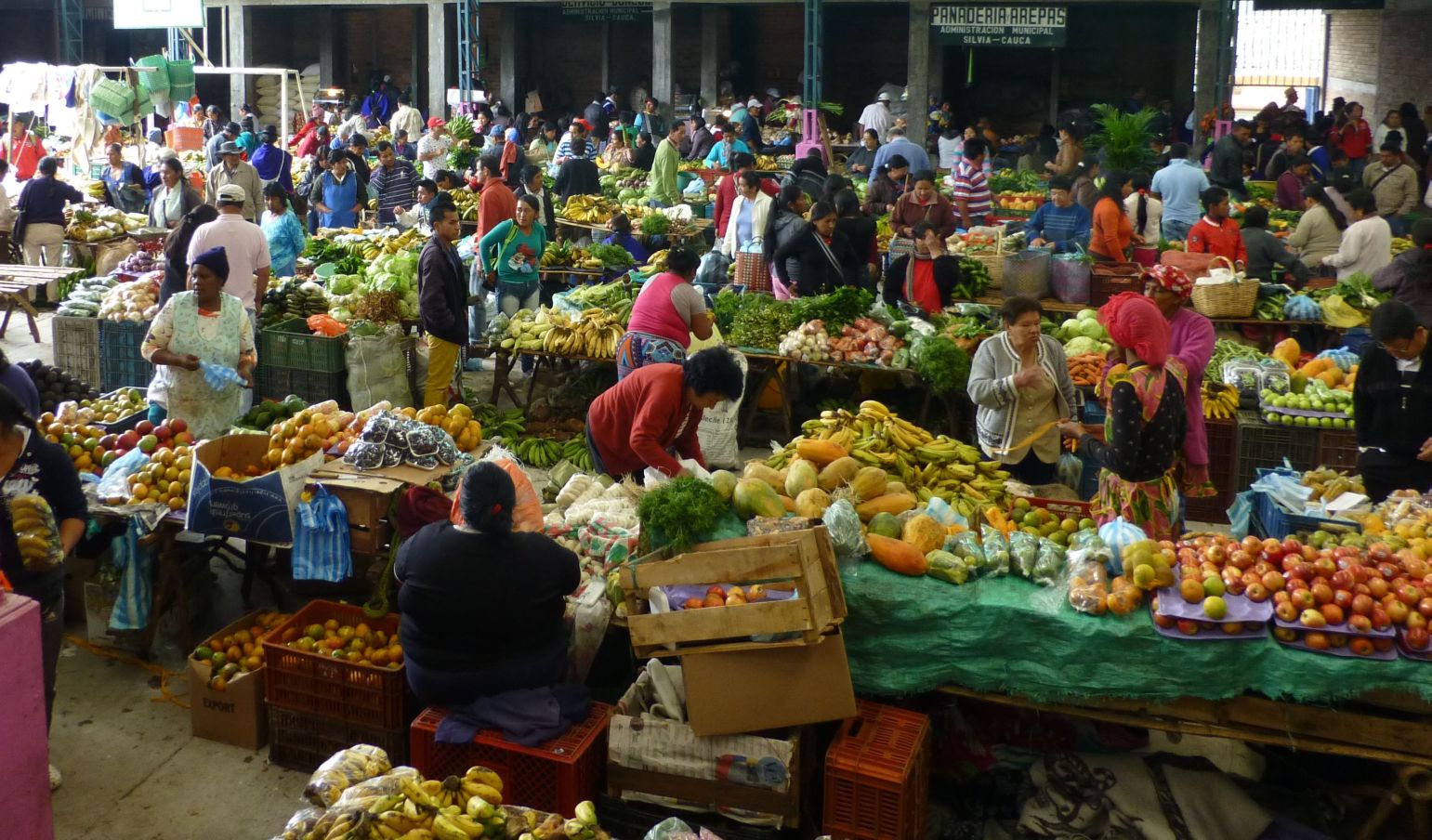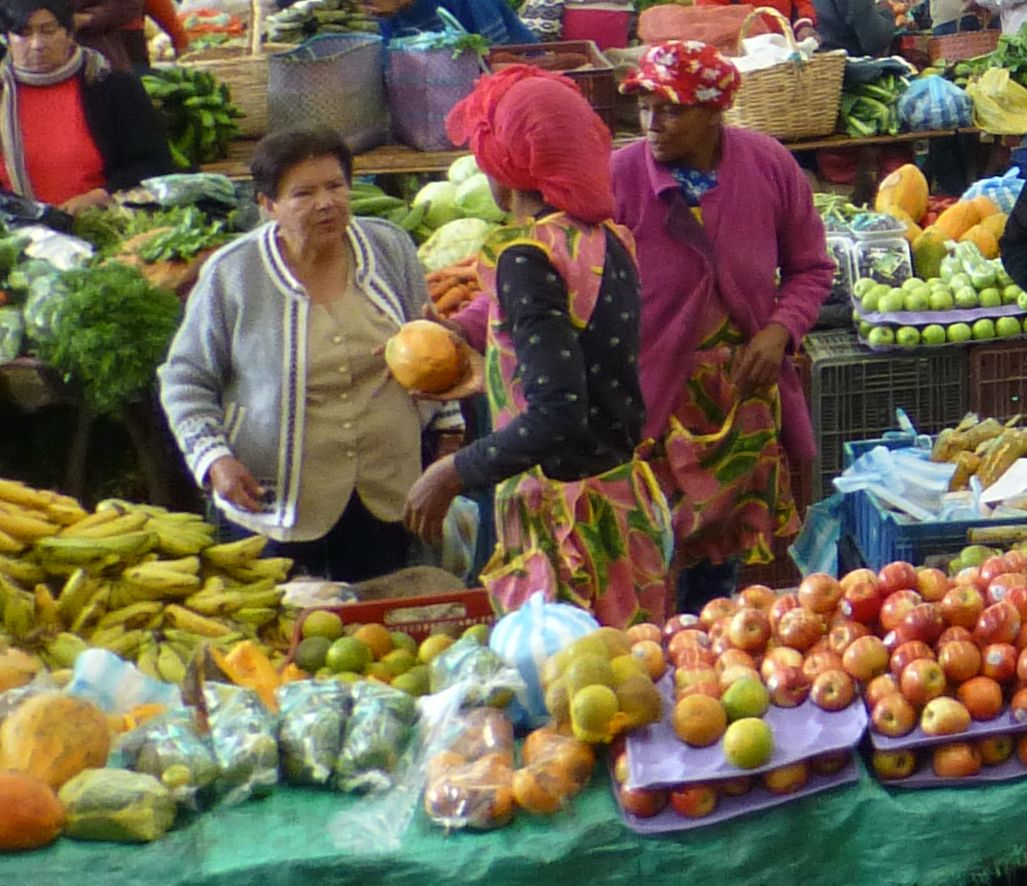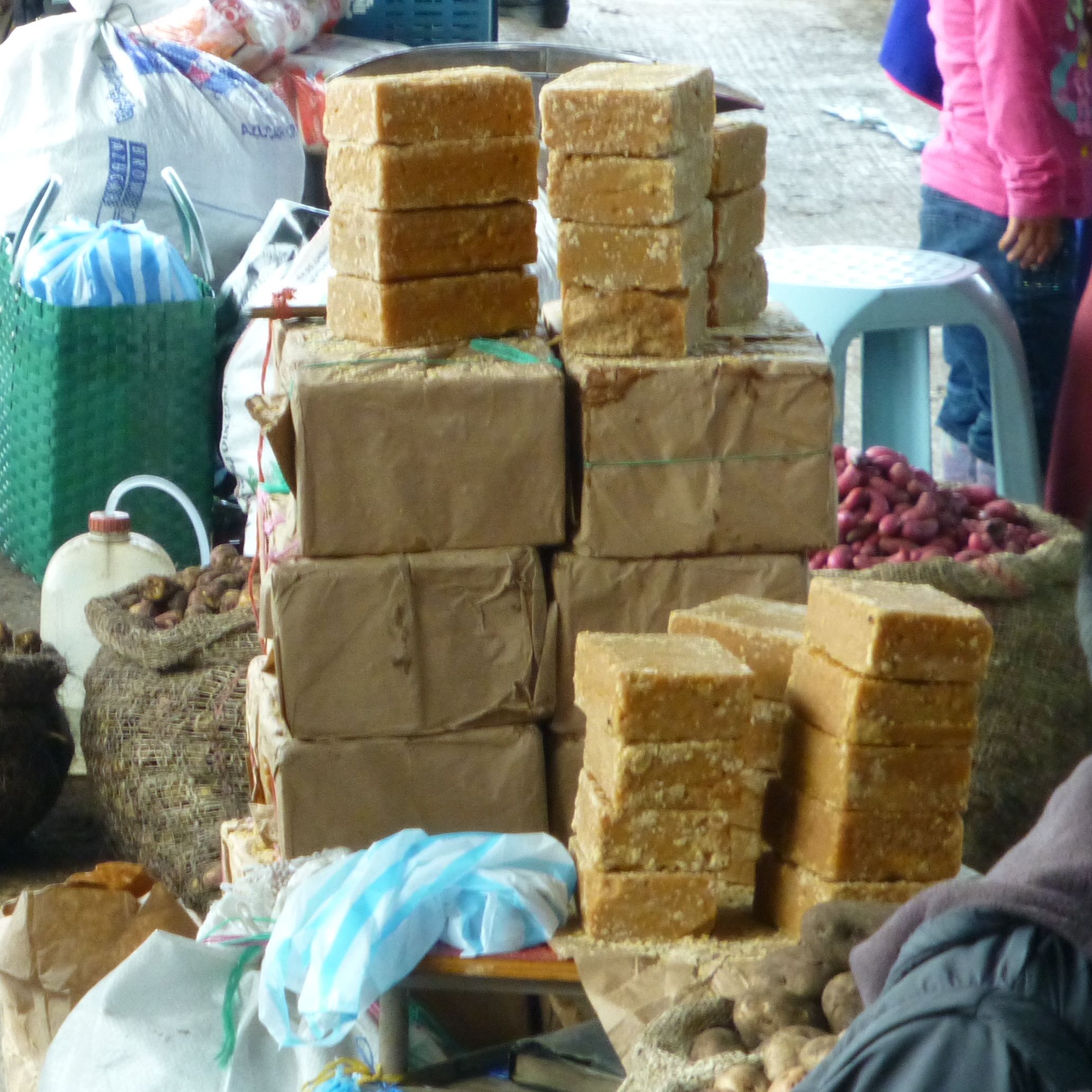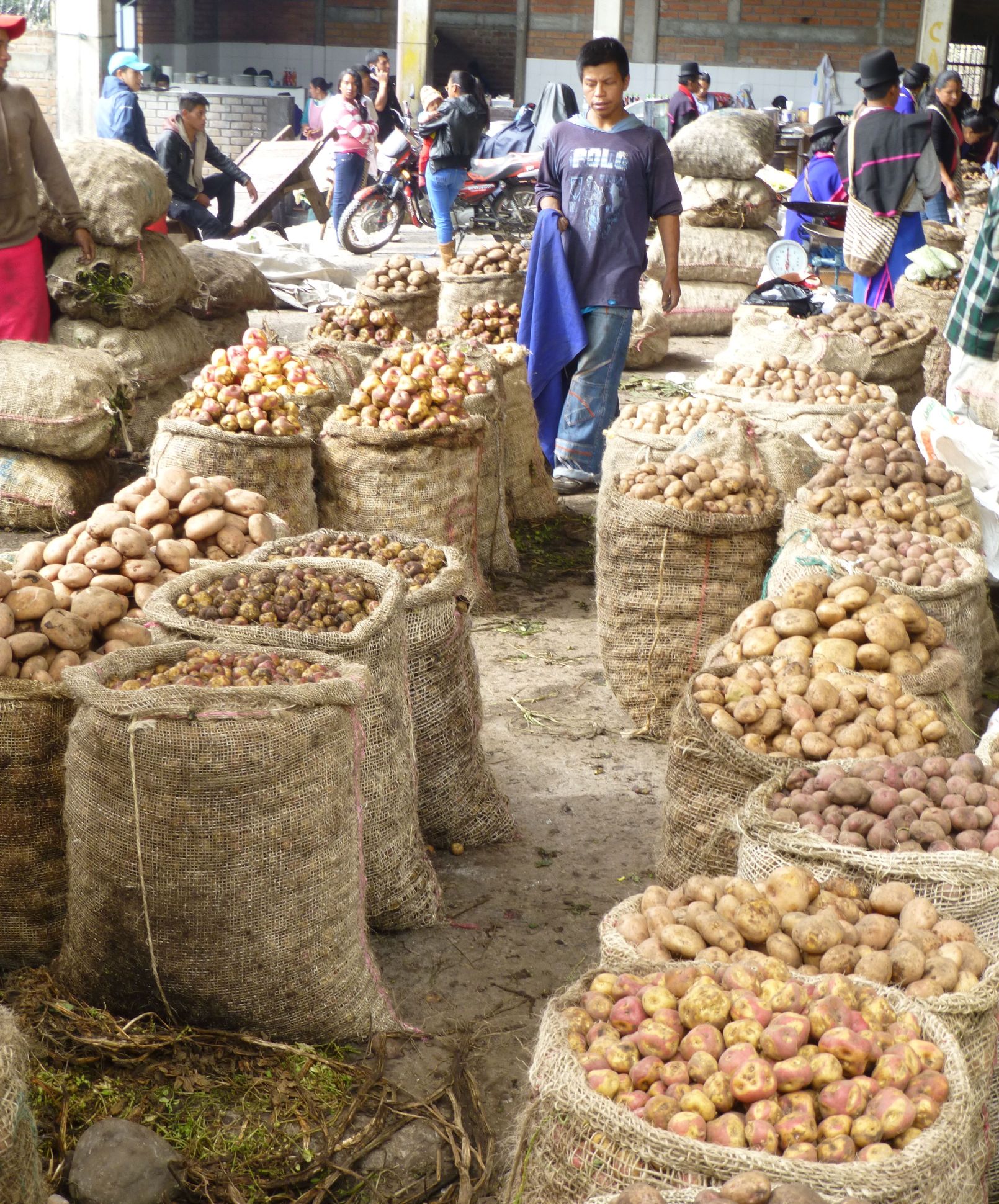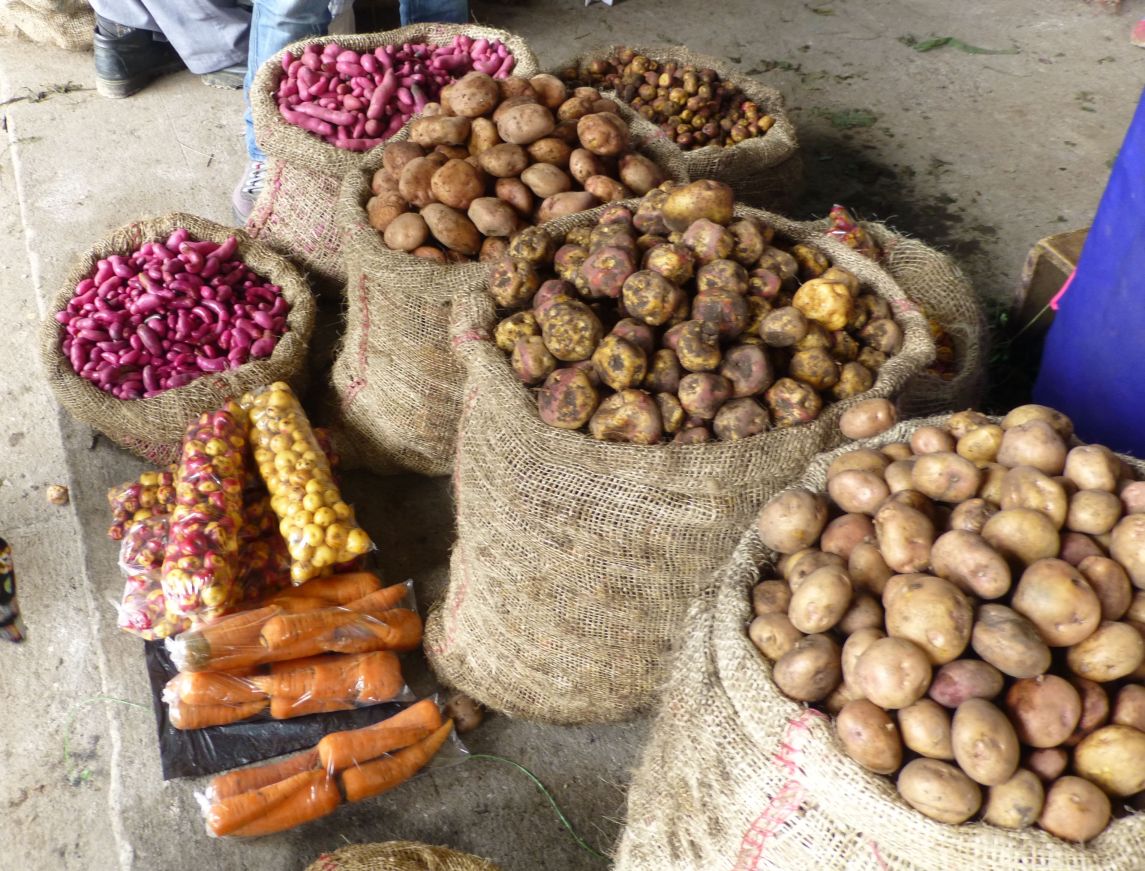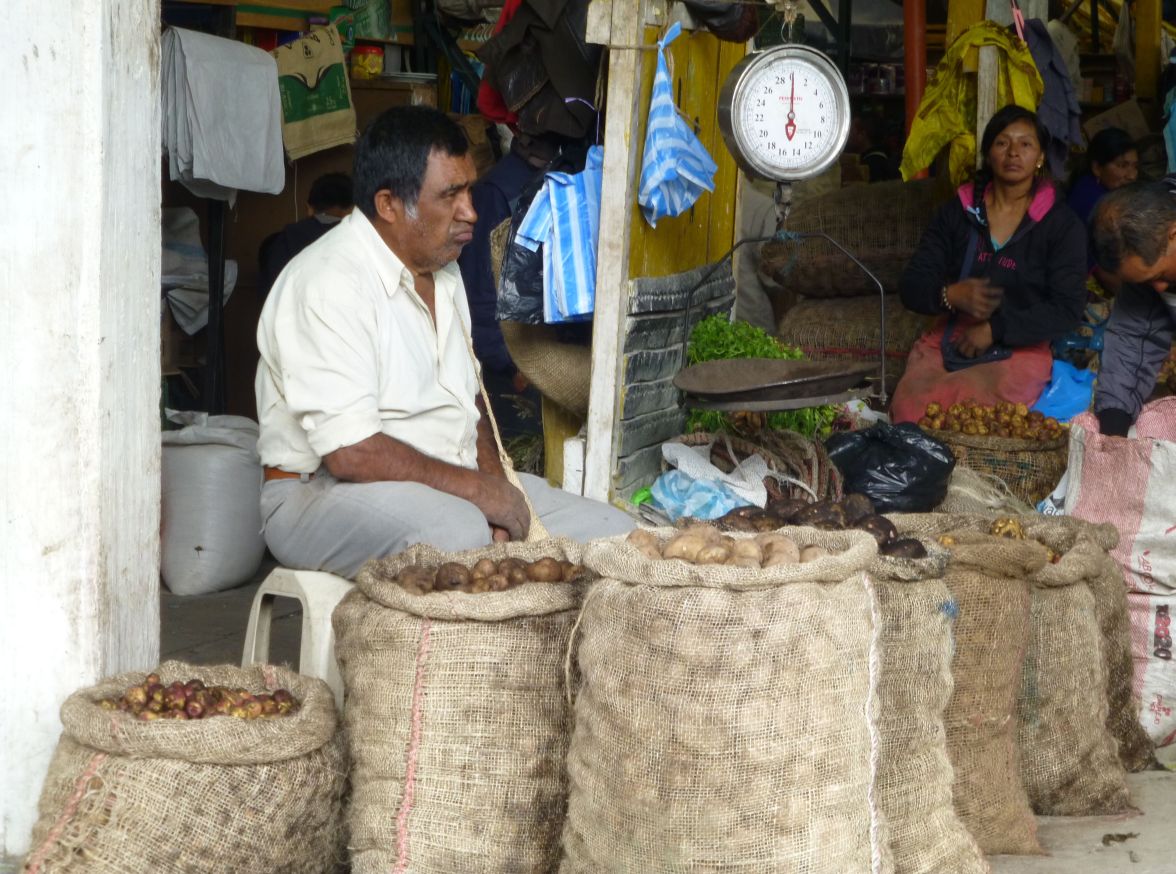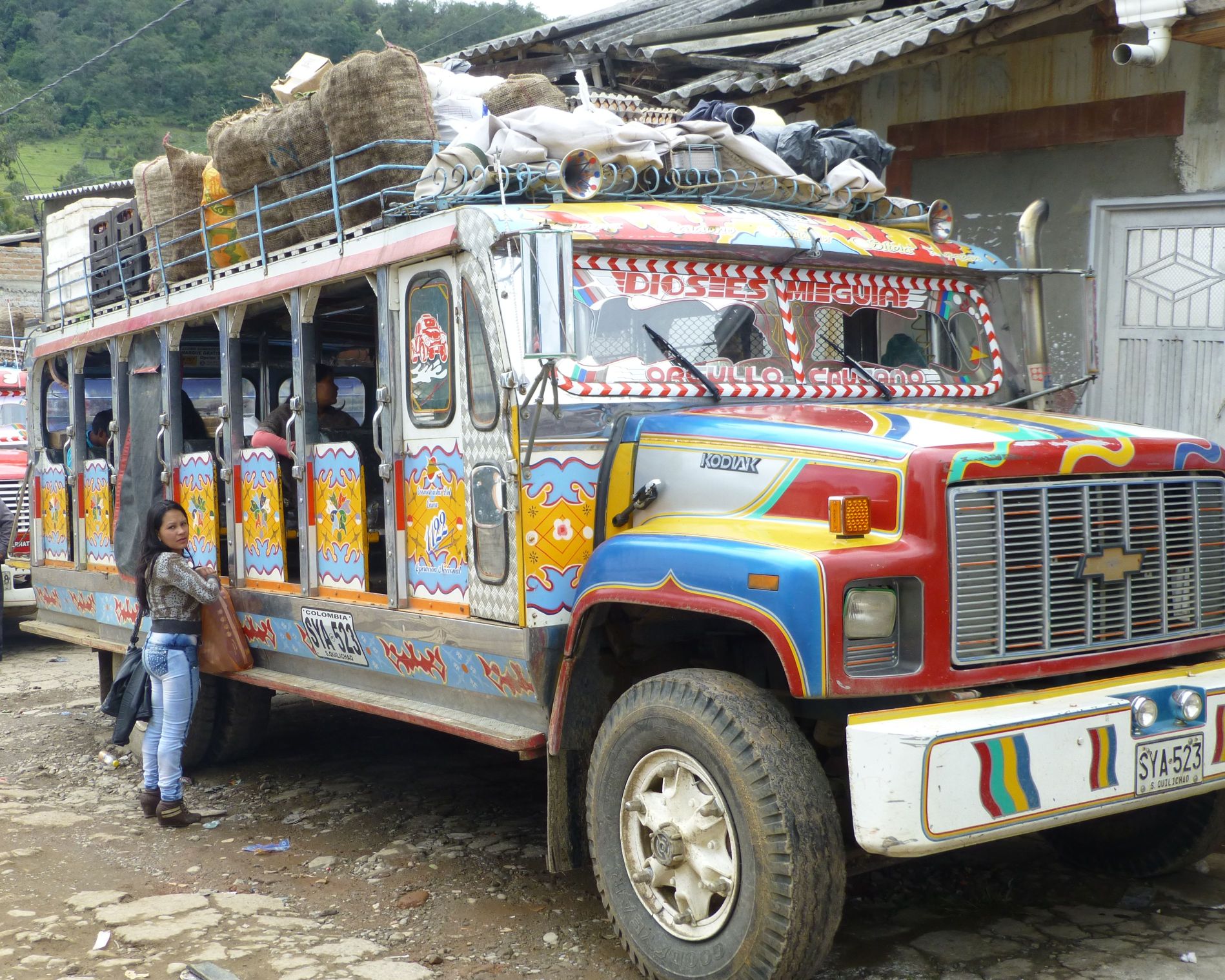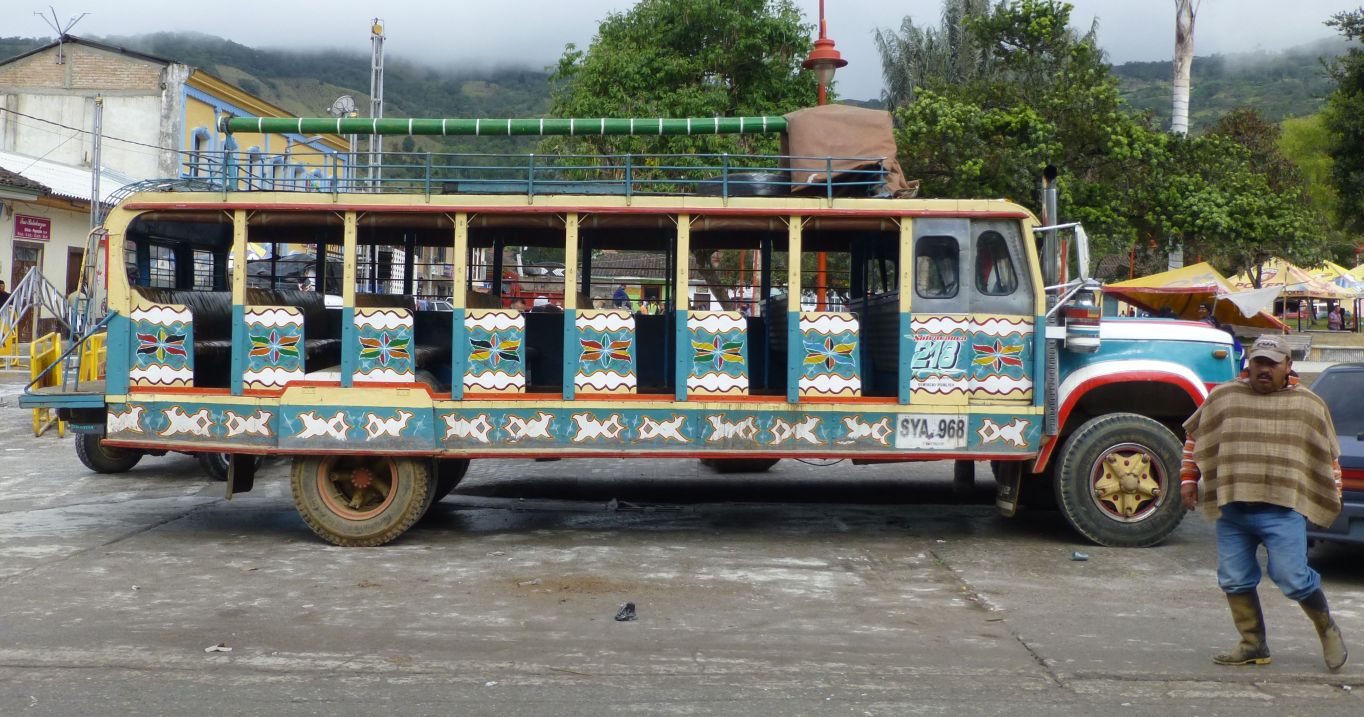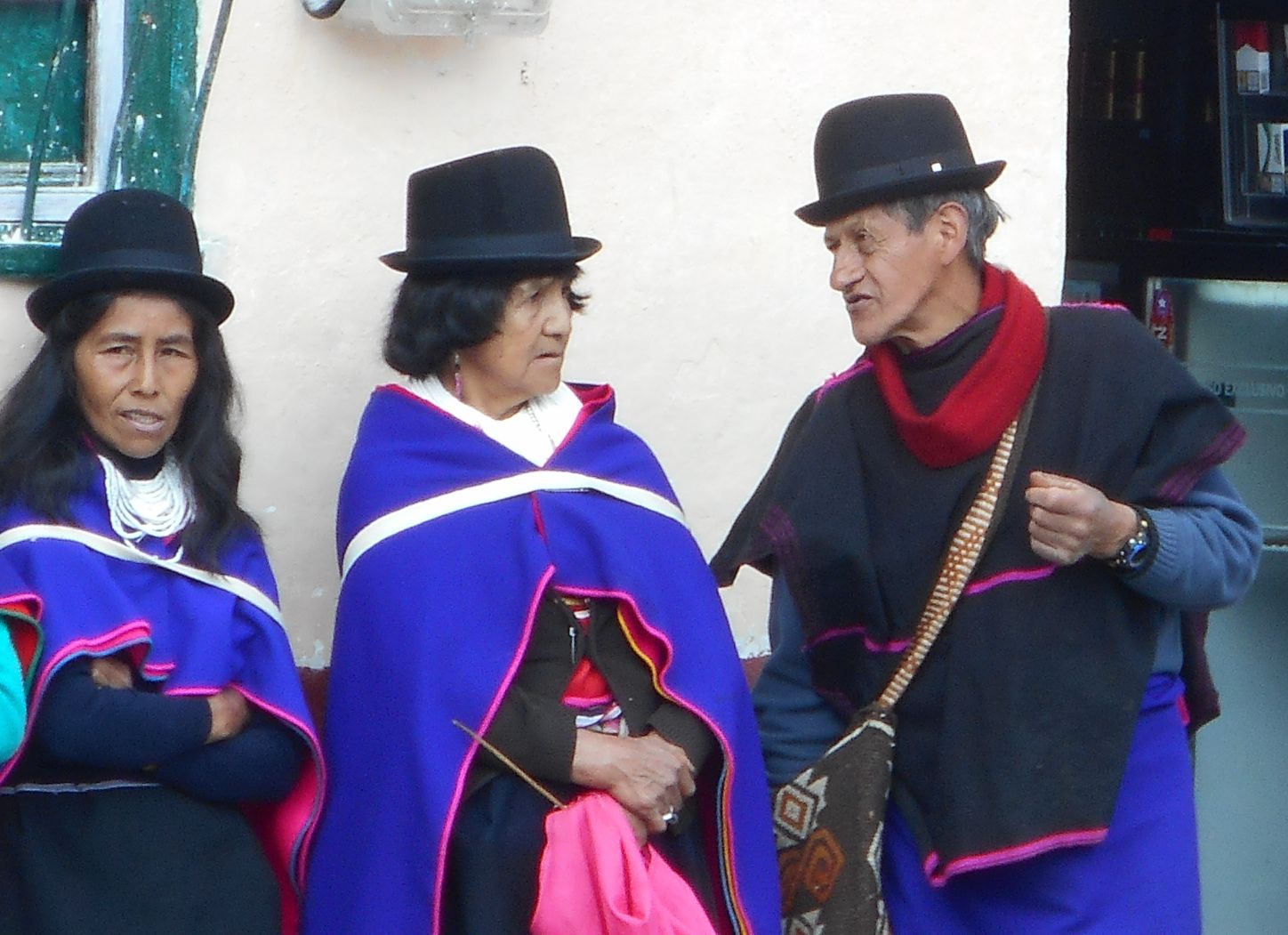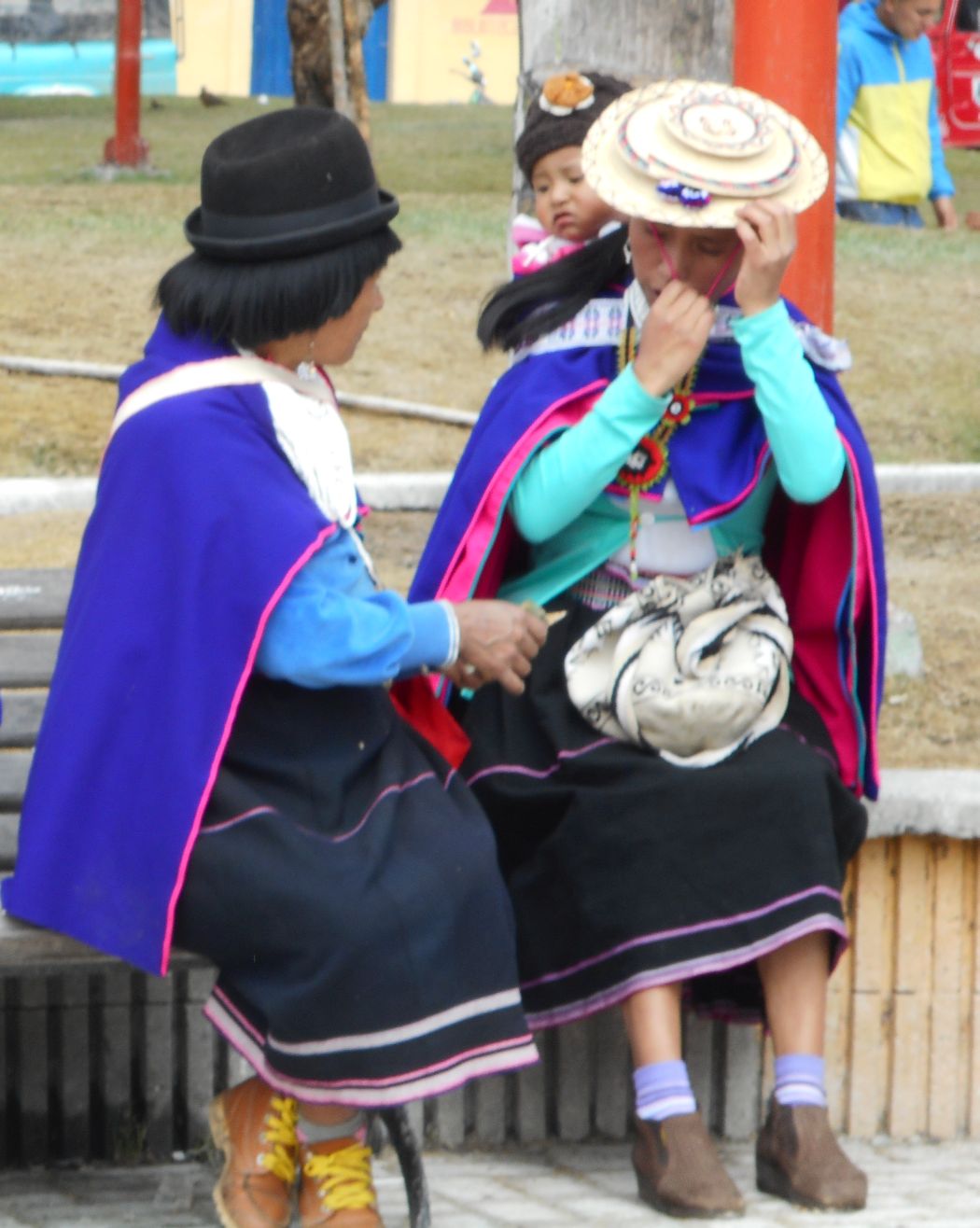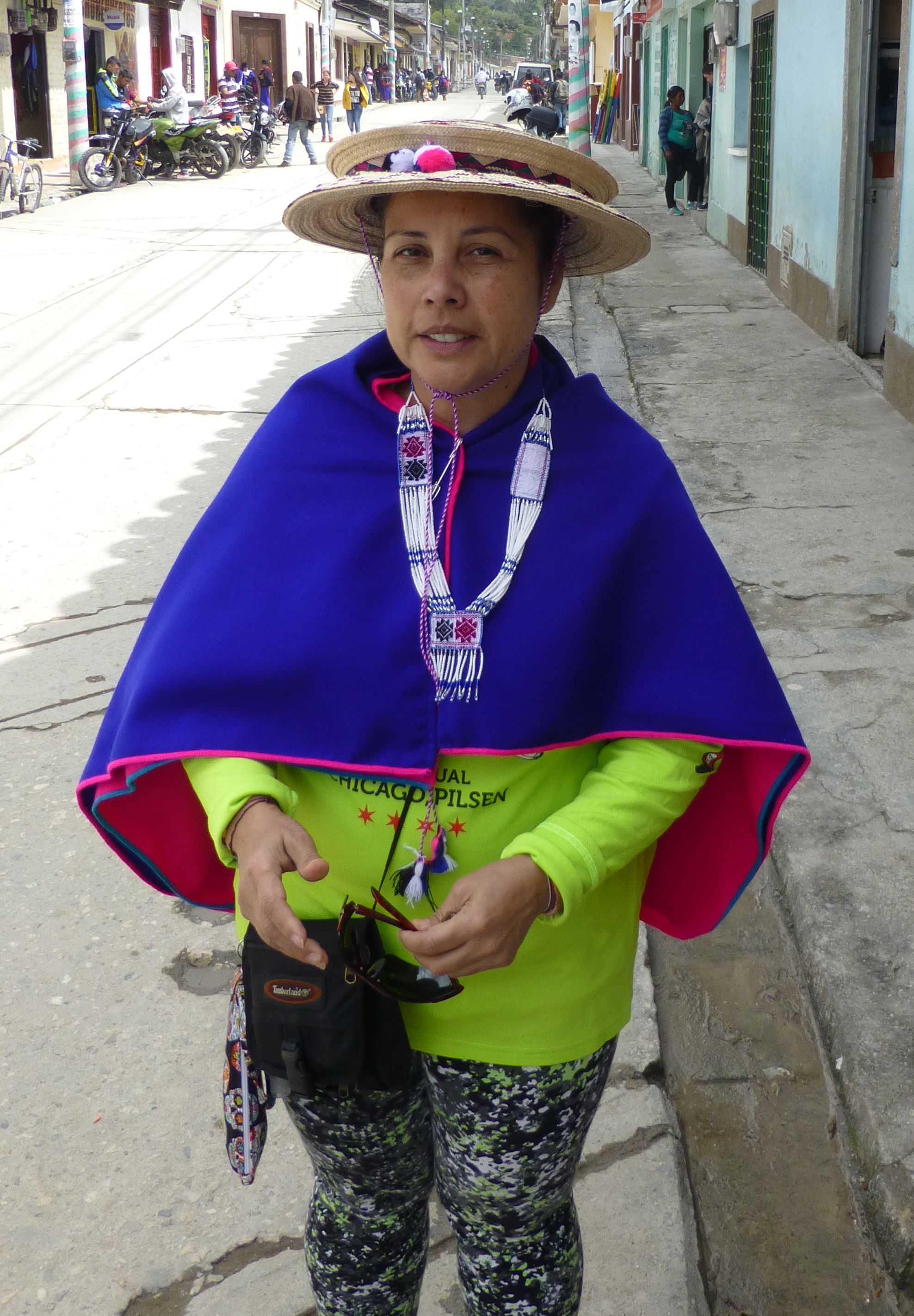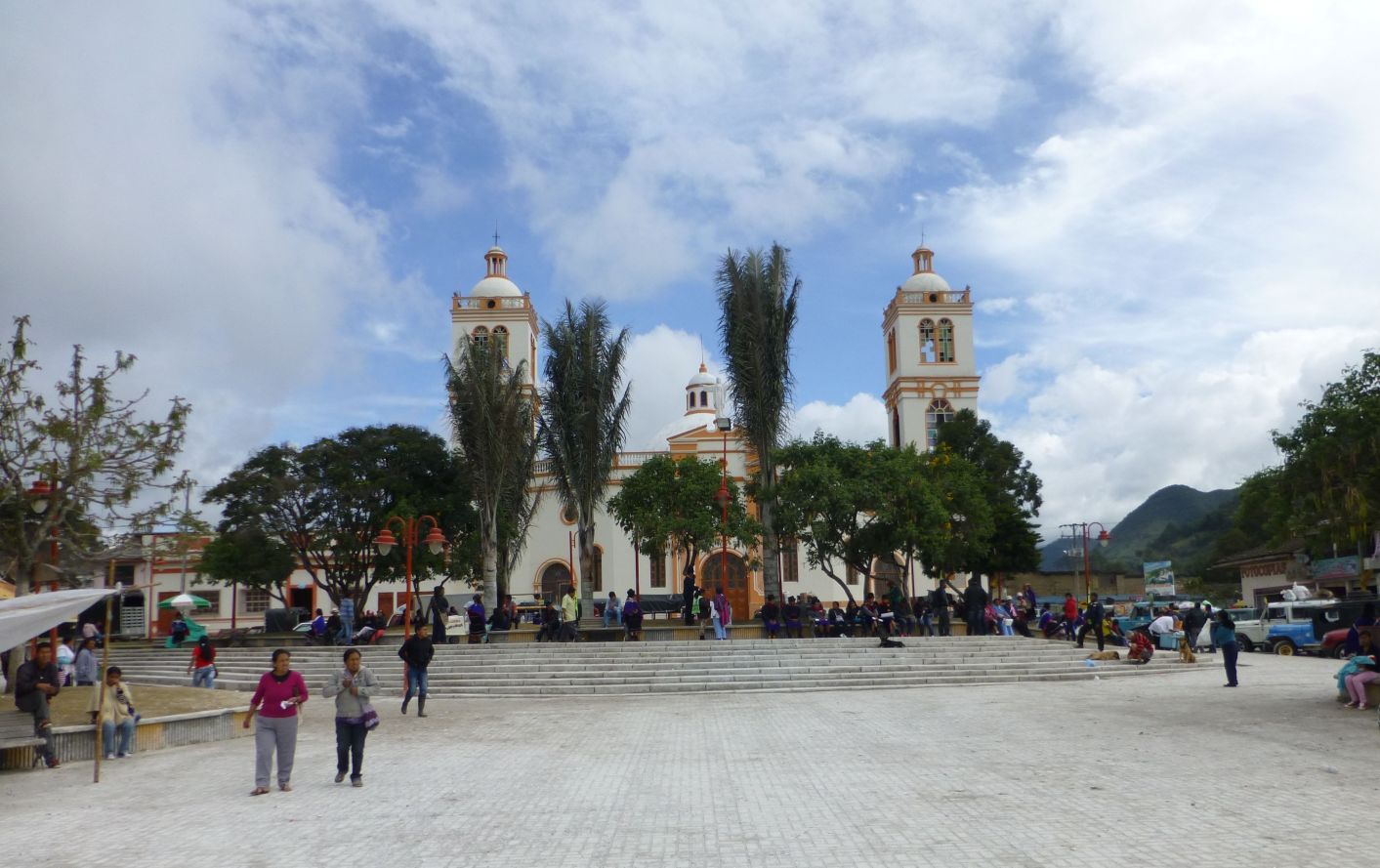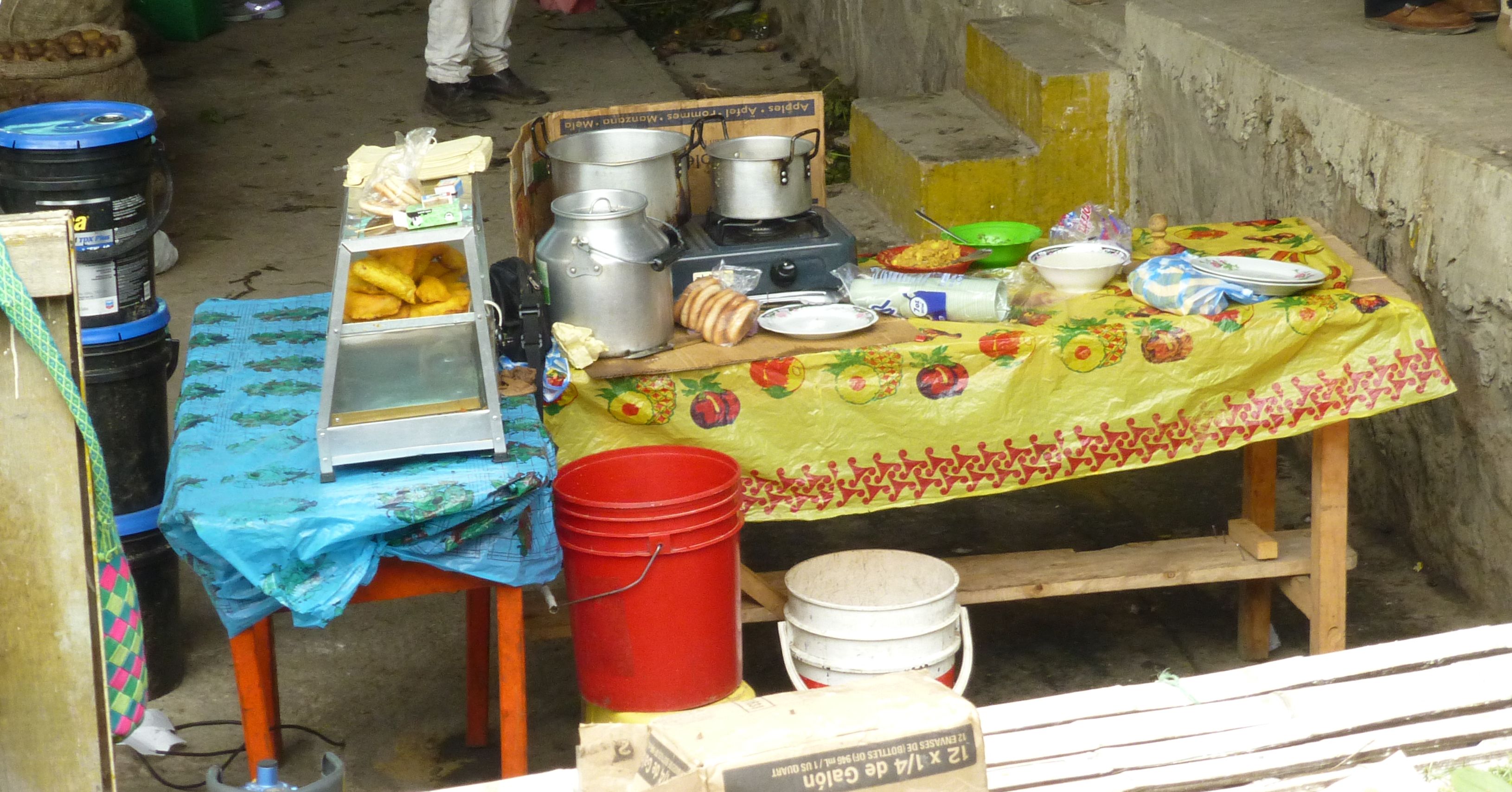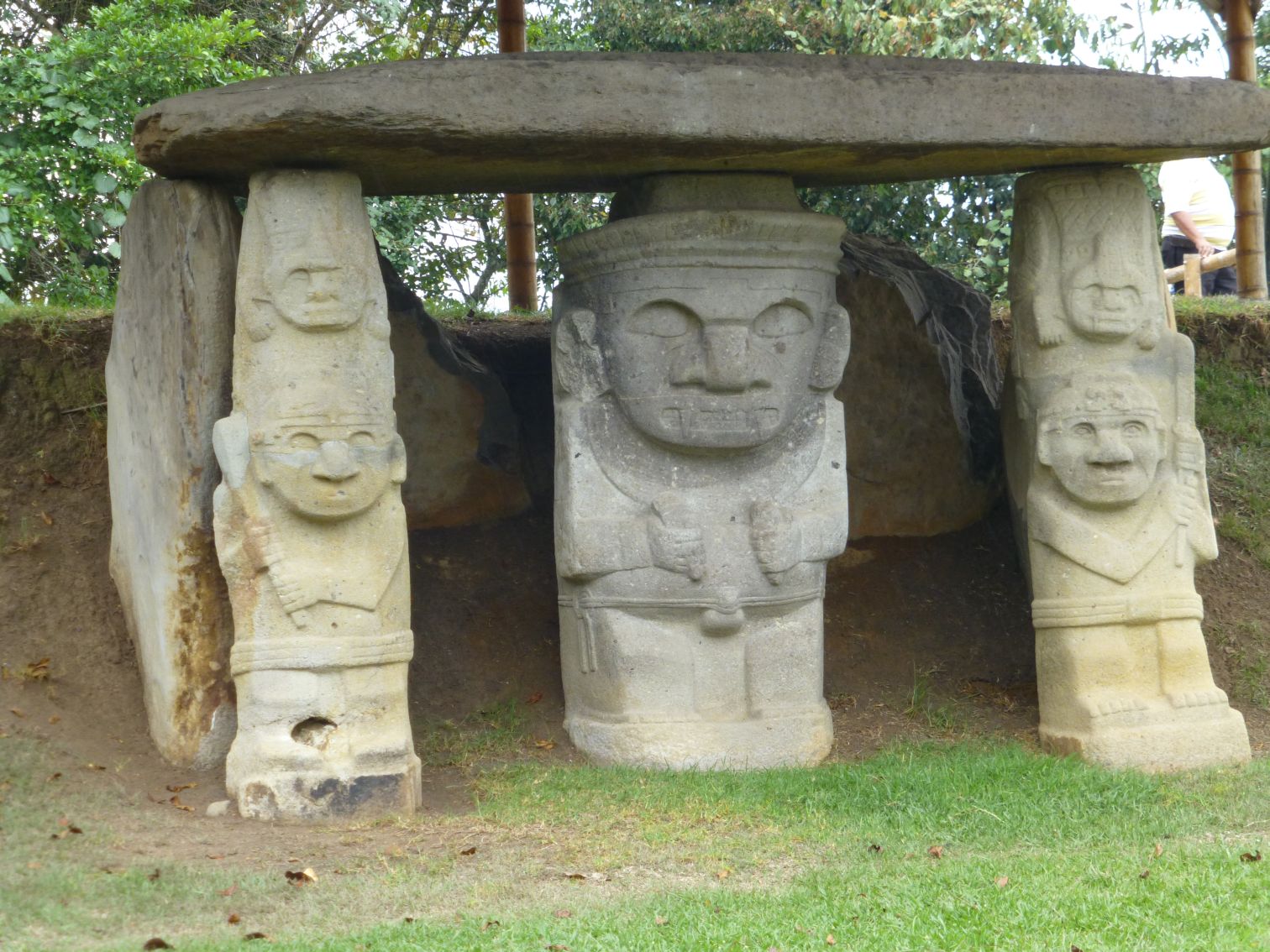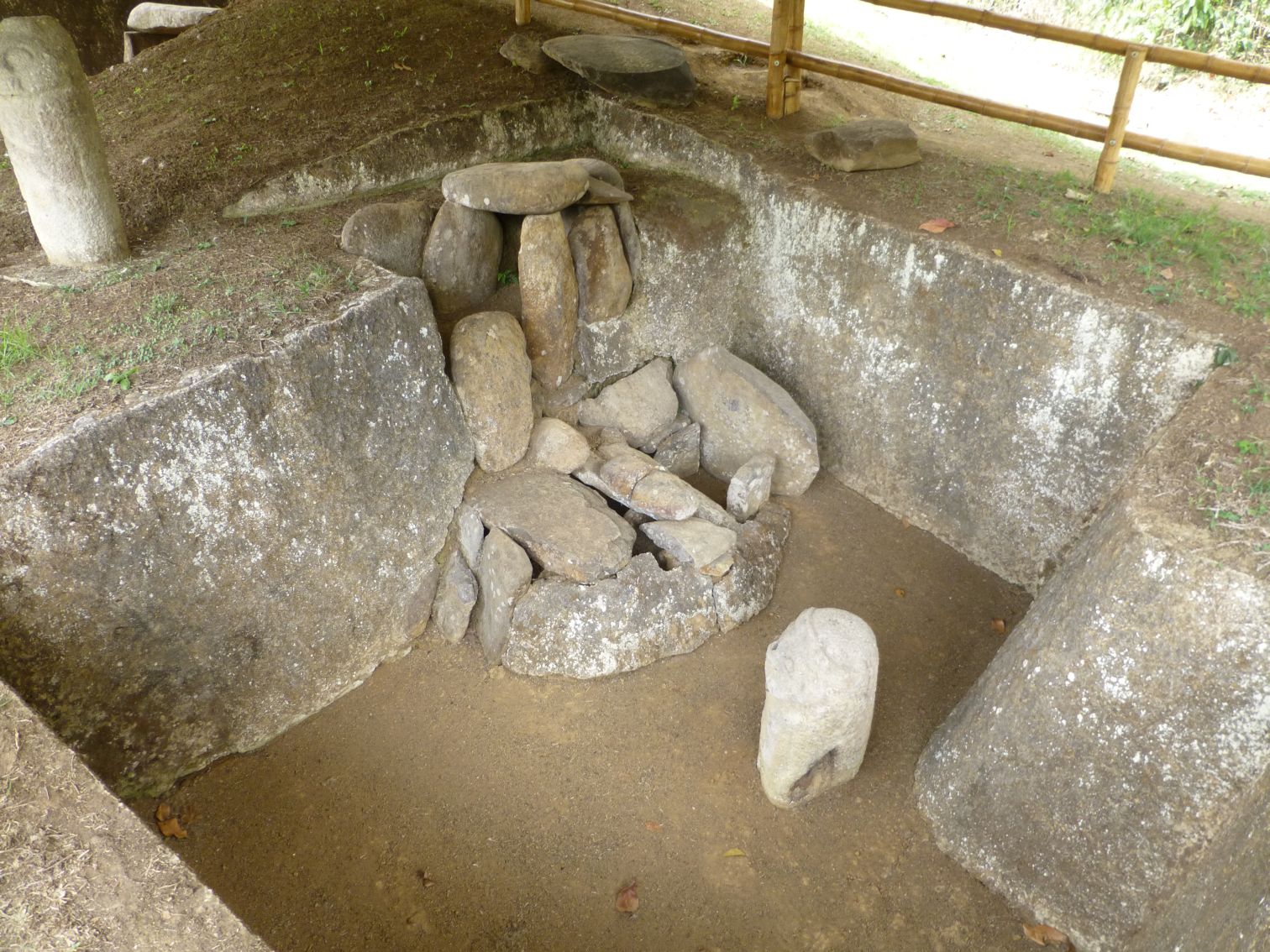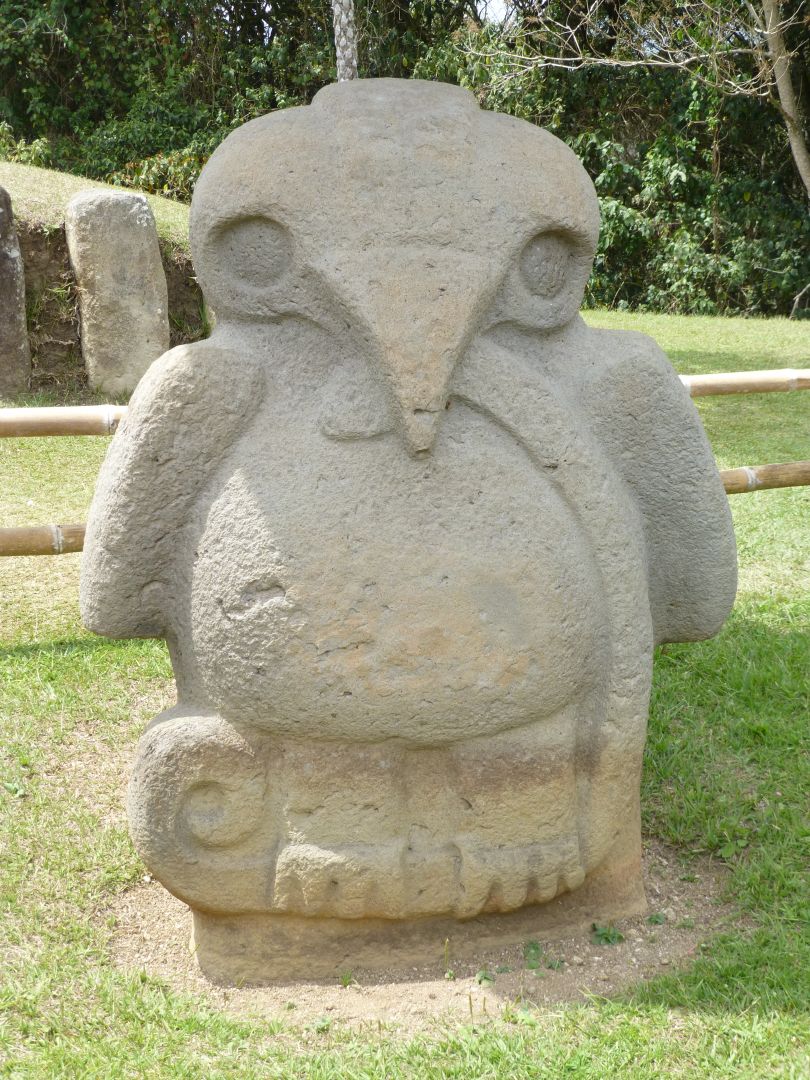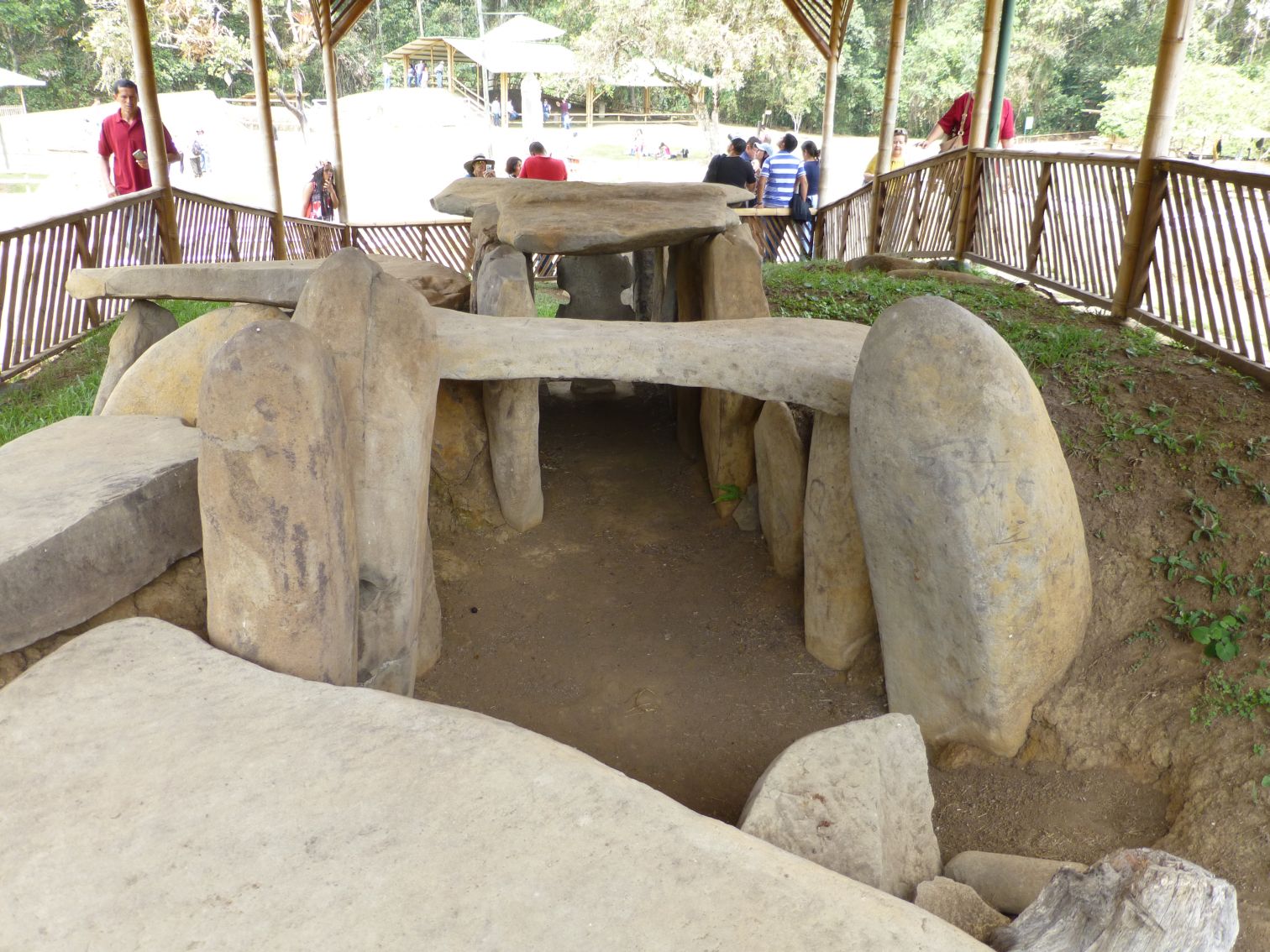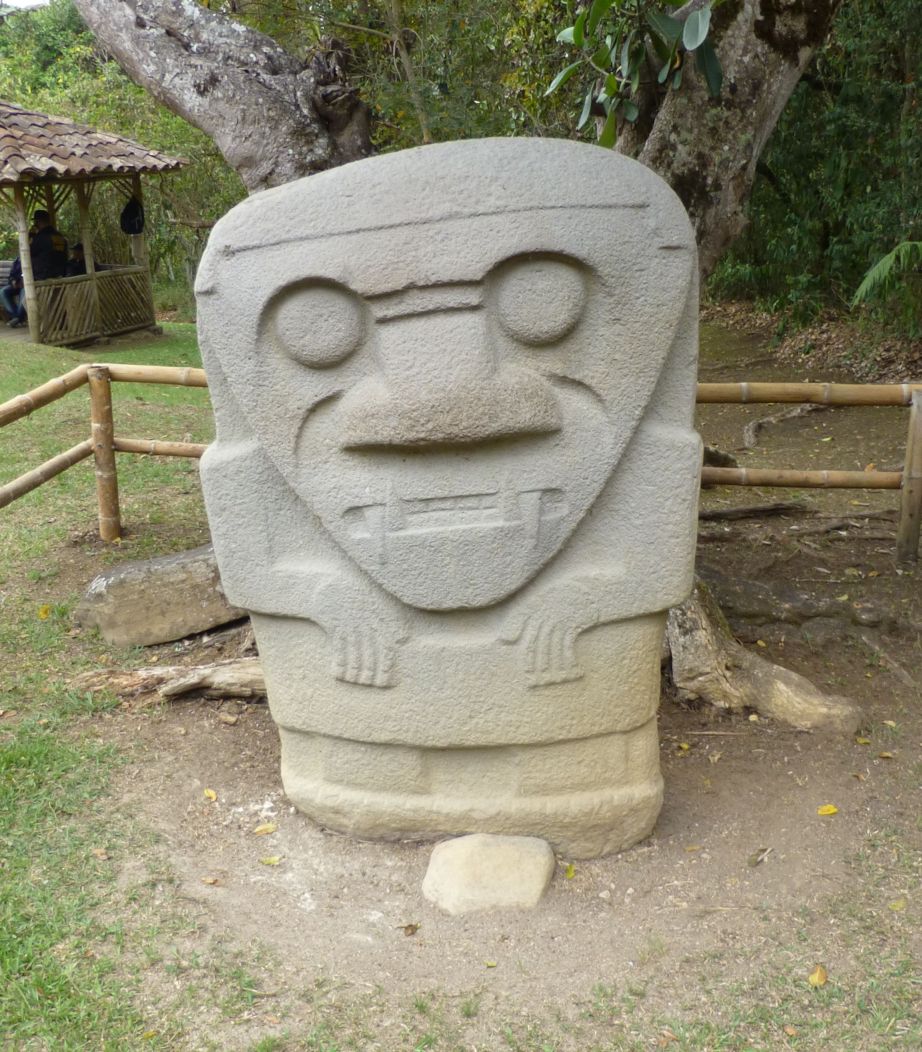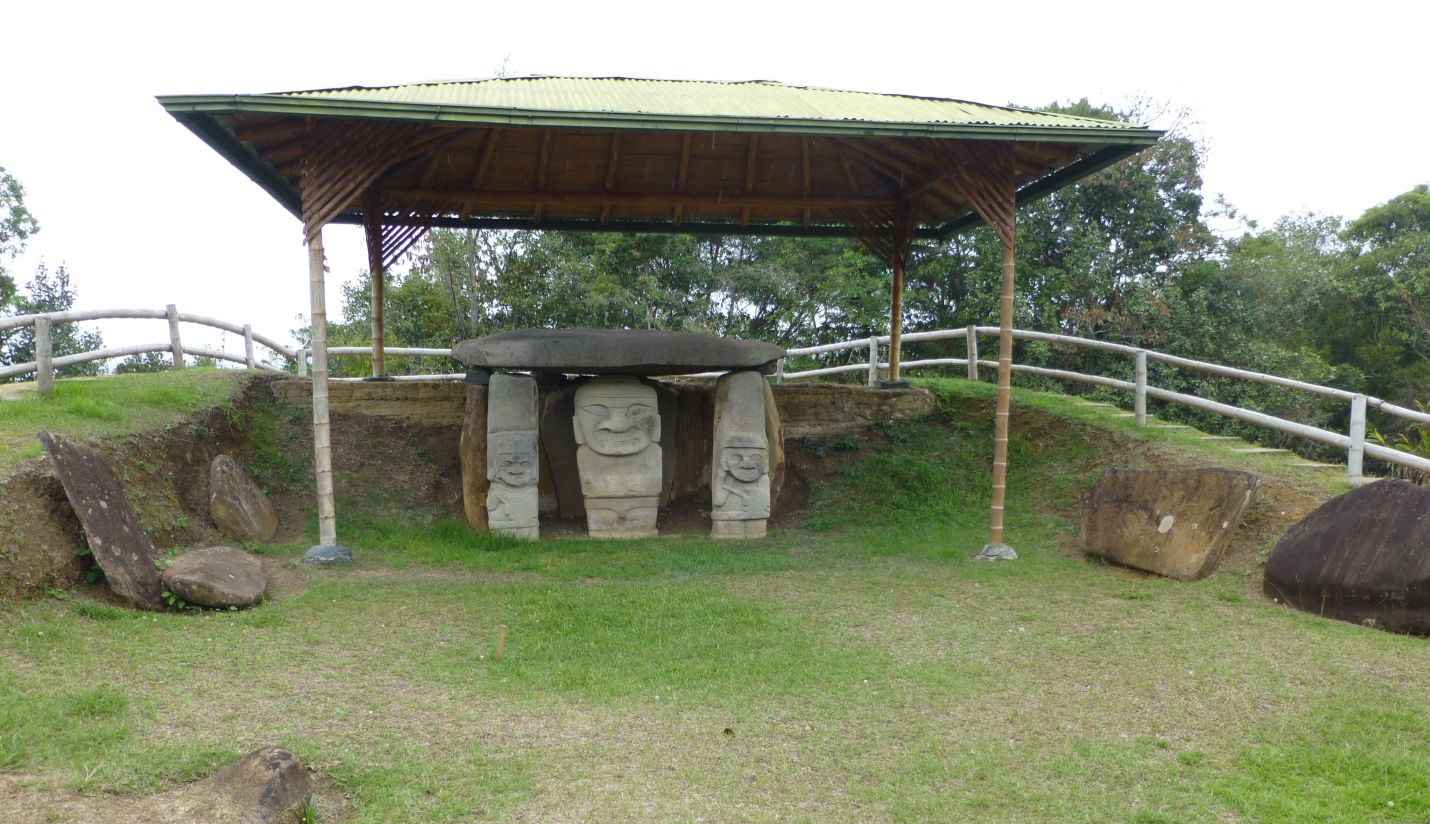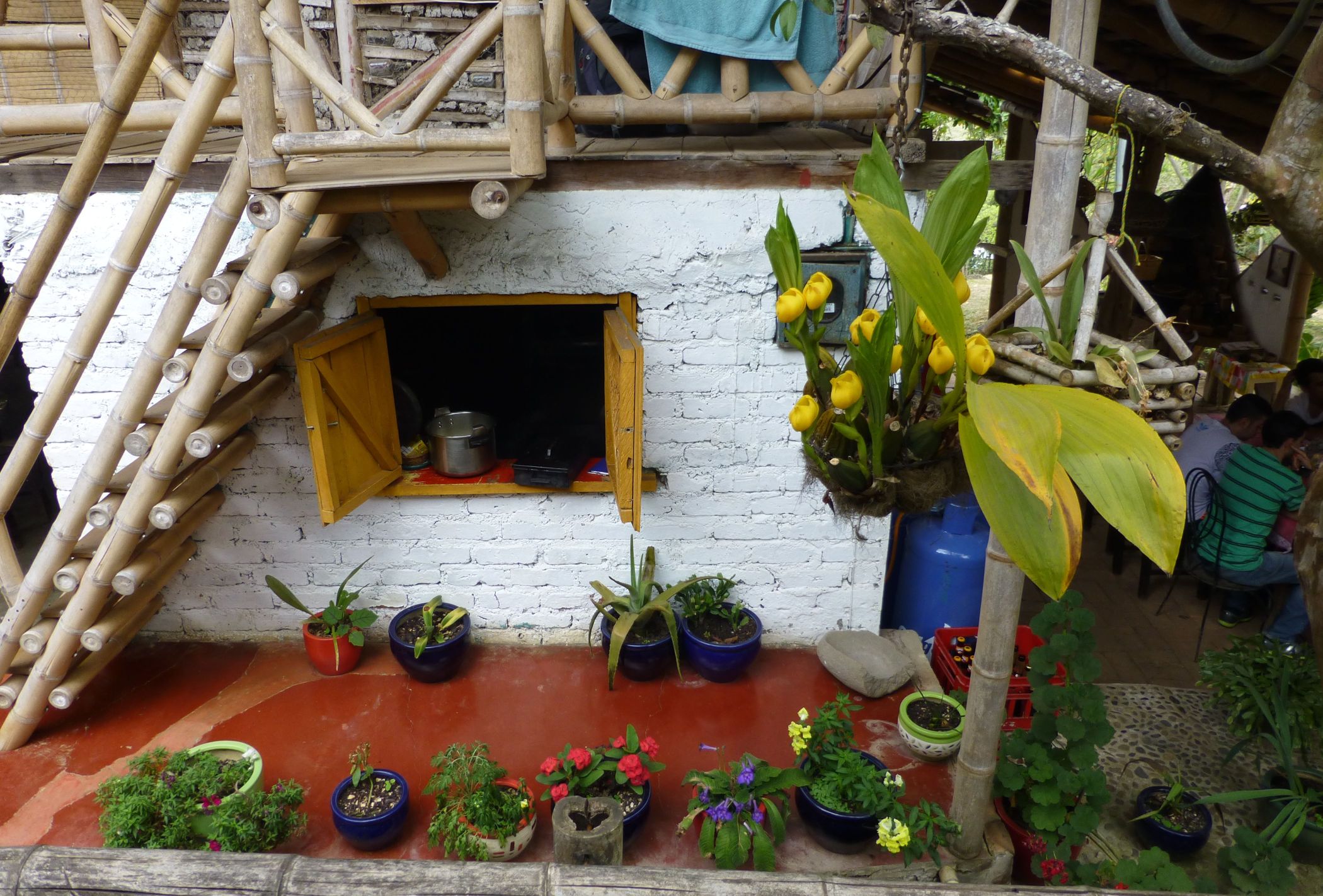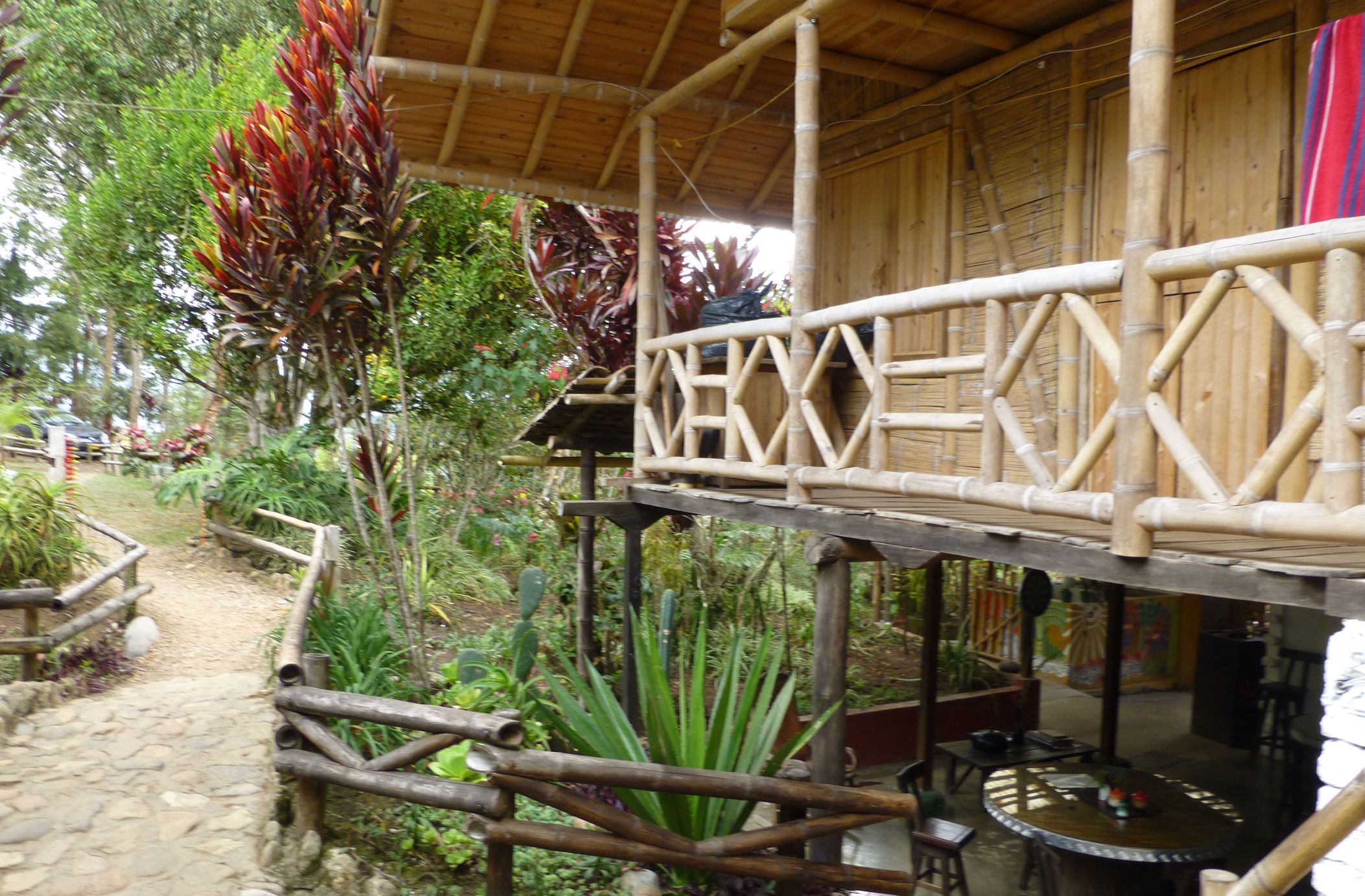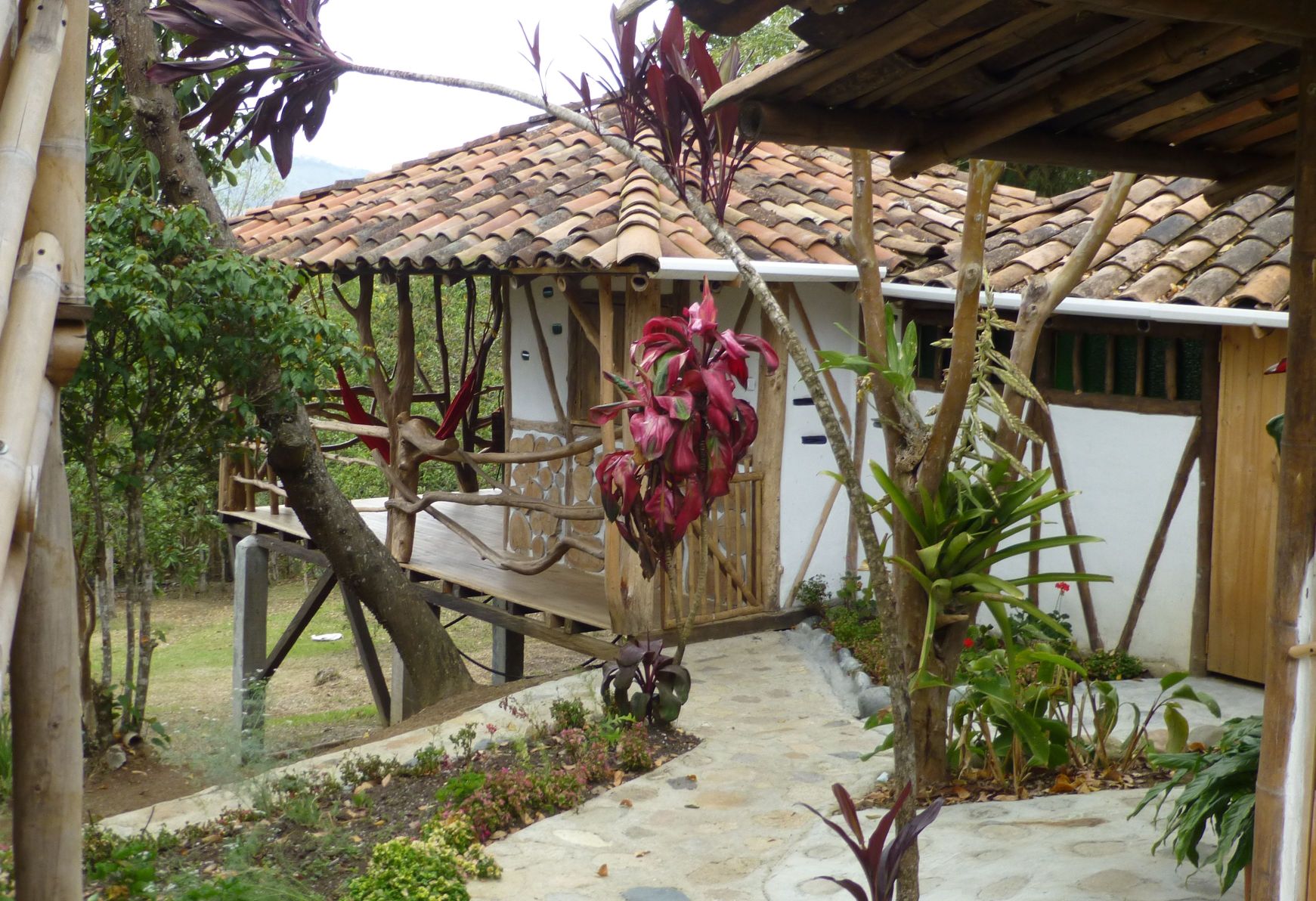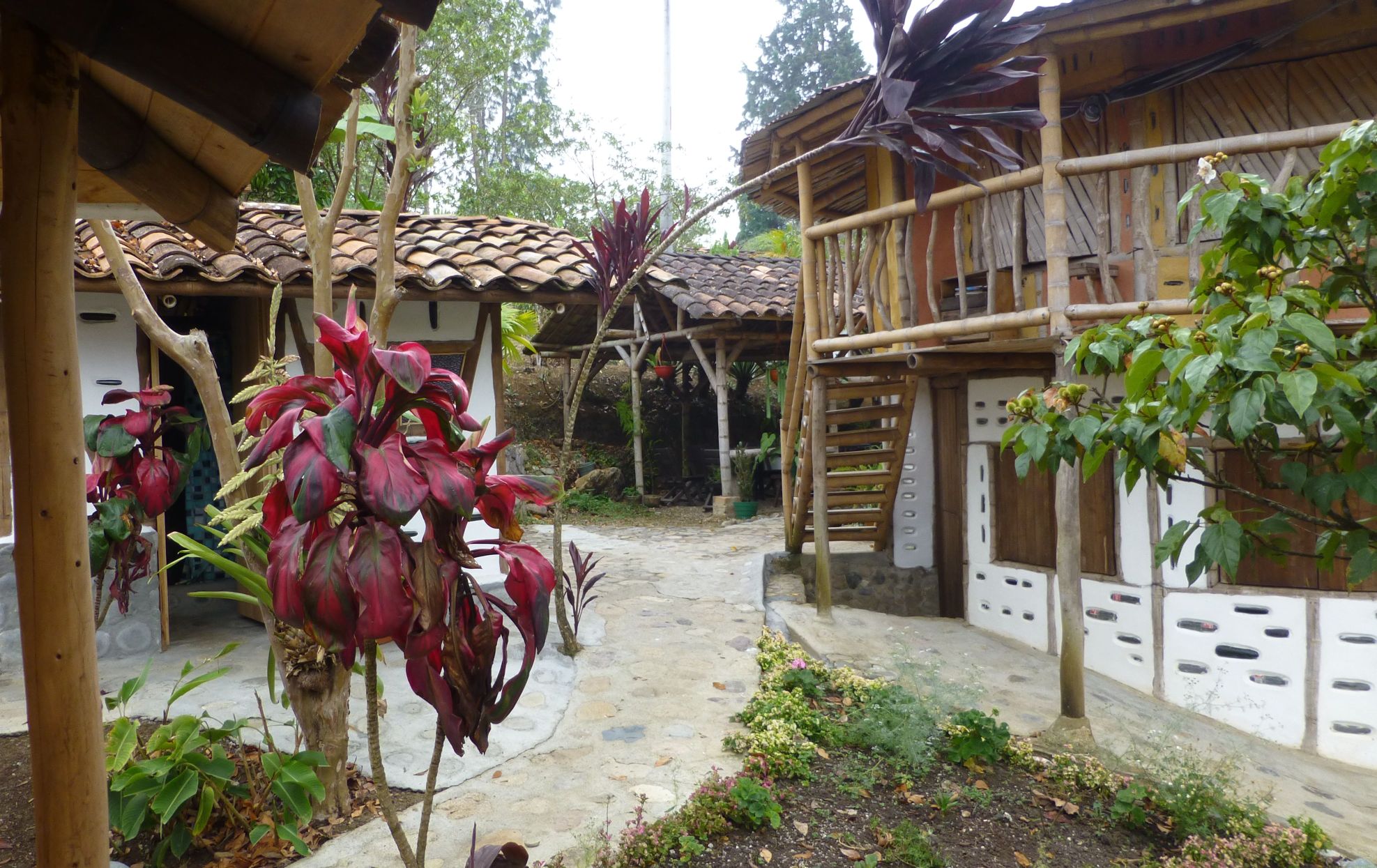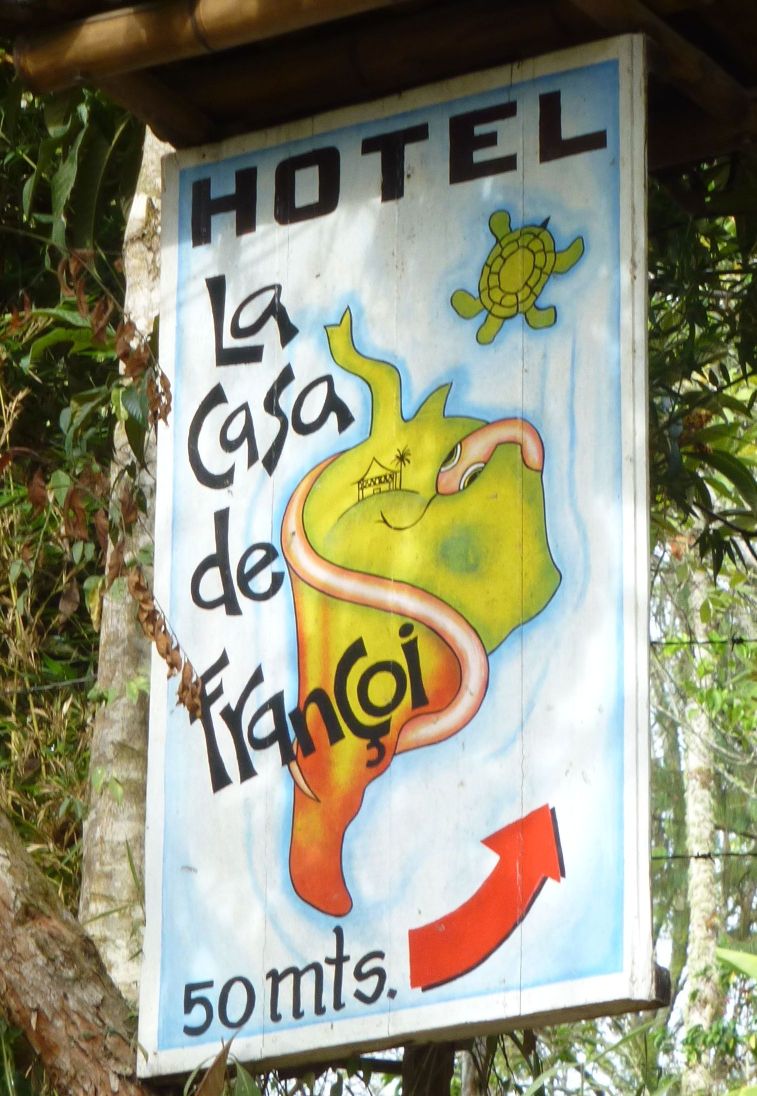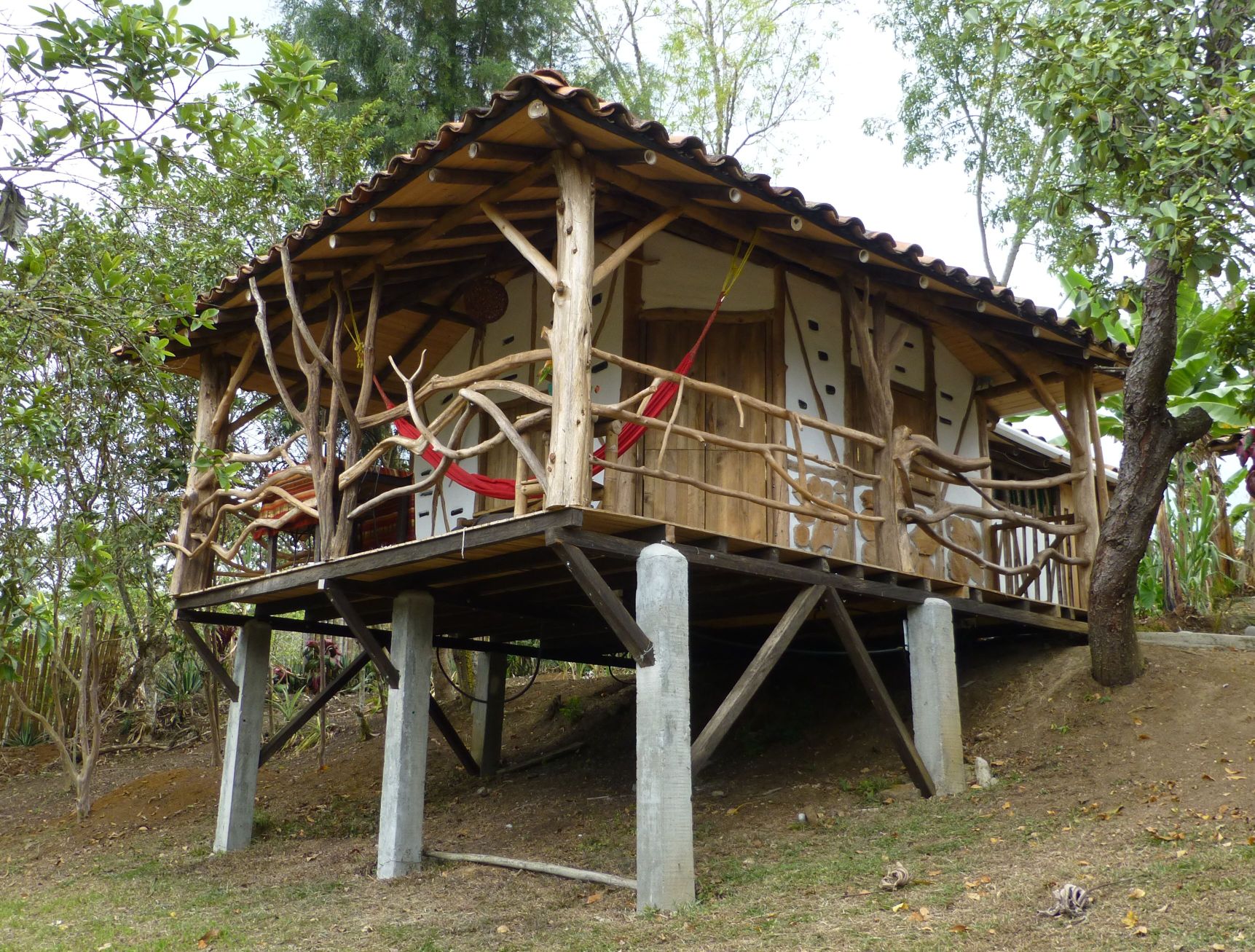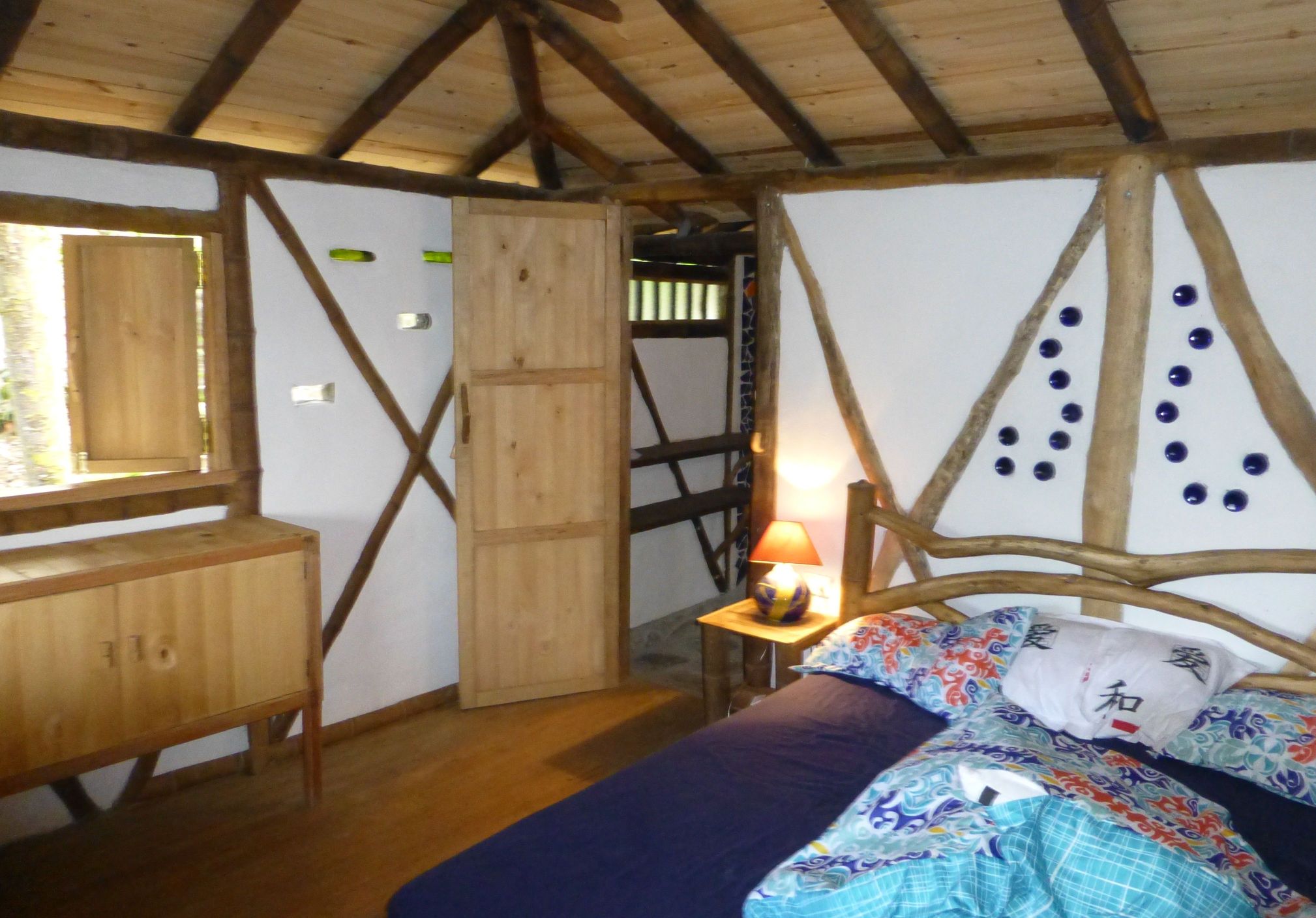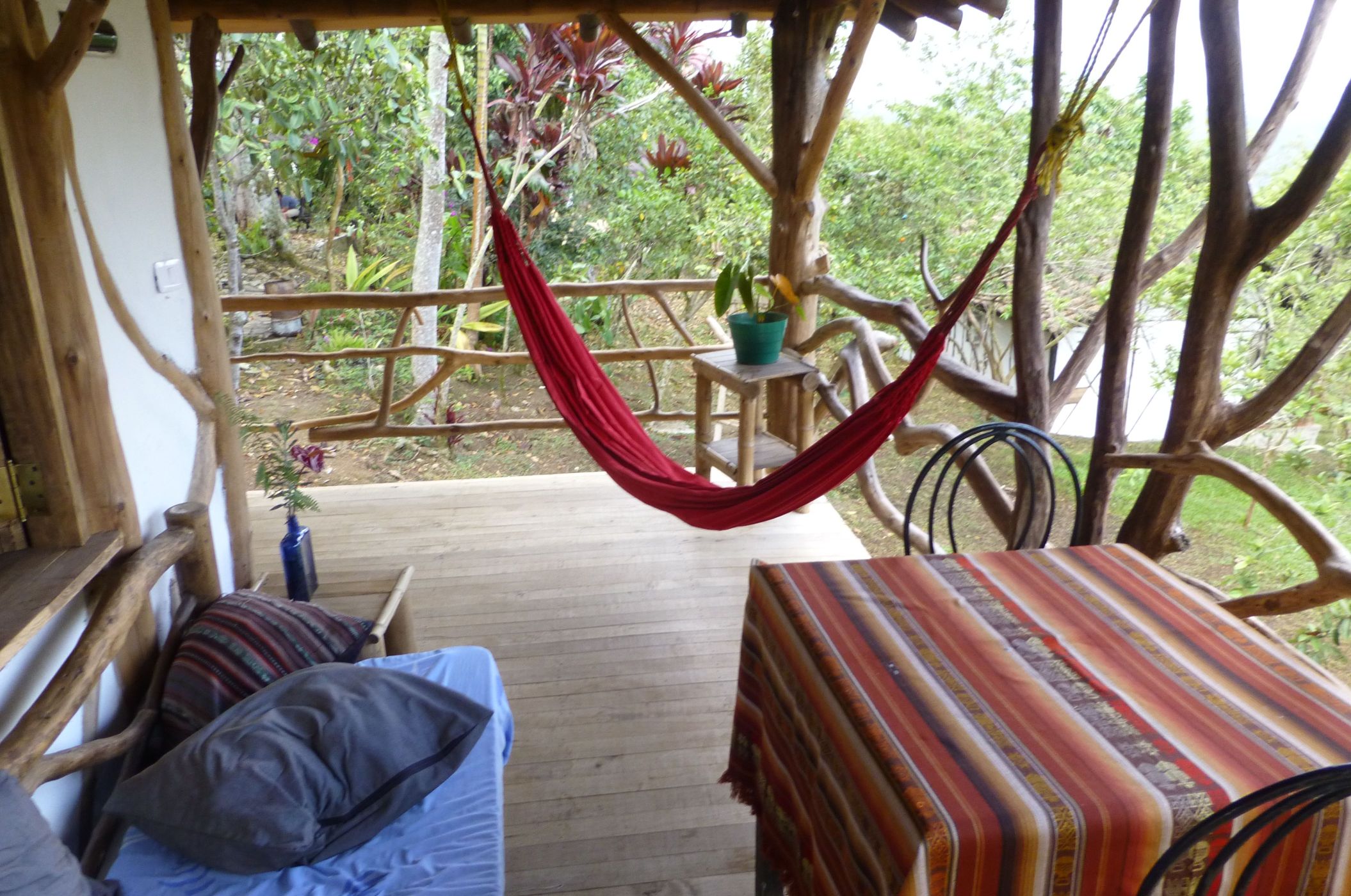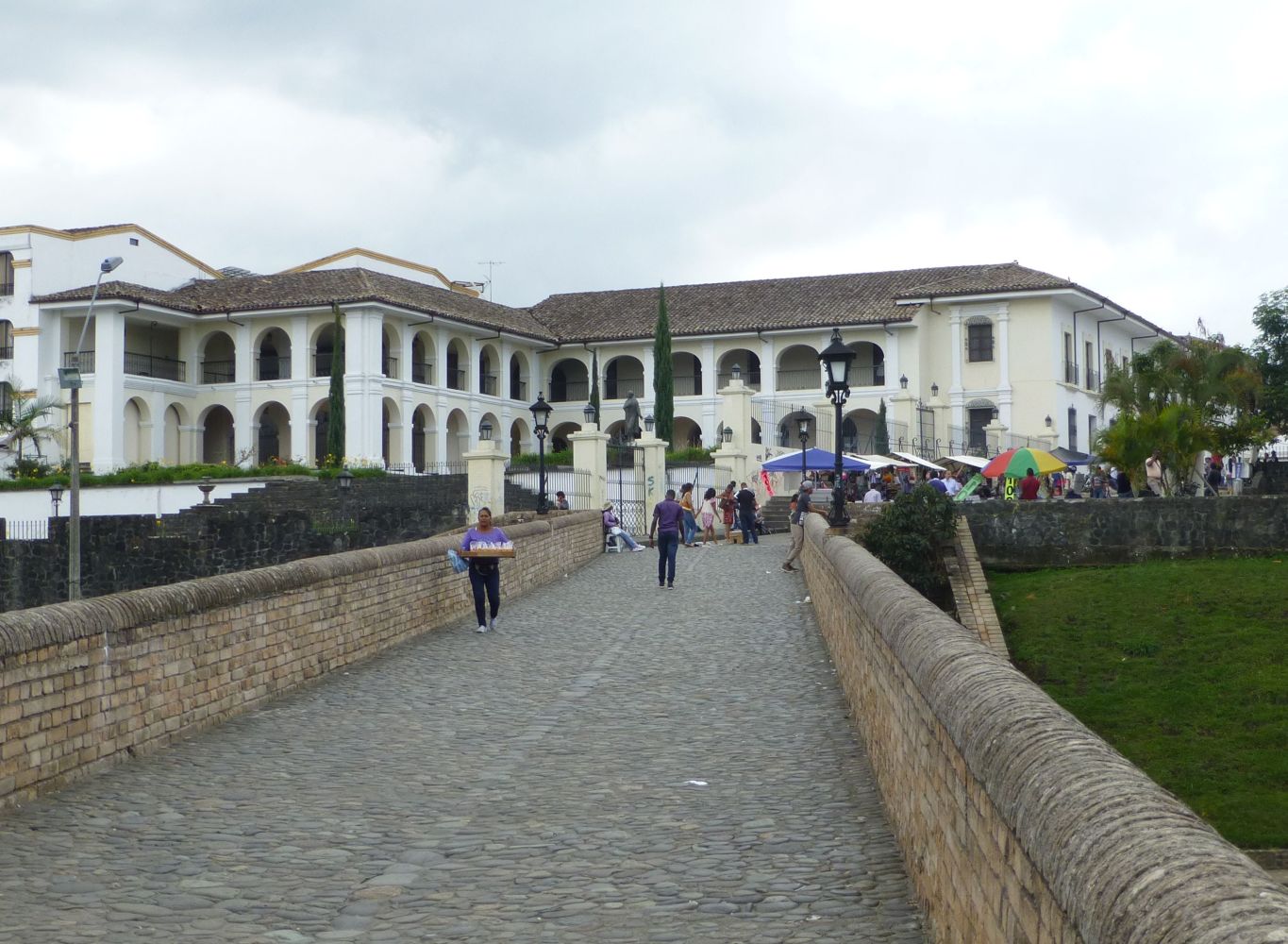
Two Months
in Colombia
Popayan
January 11-14, 2016
For several centuries Popayan was the most important city in southern Colombia. Then the economic center shifted north to Cali. As a result Popayan has remained the colonial style city that it was in the 1800s. It's known as La Ciudad Blanca, or the White City, for the many colonial white buildings. We spent a few days wandering the city. By chance we were there for the 479th anniversary of the founding of the city.
Click on photos to see full size

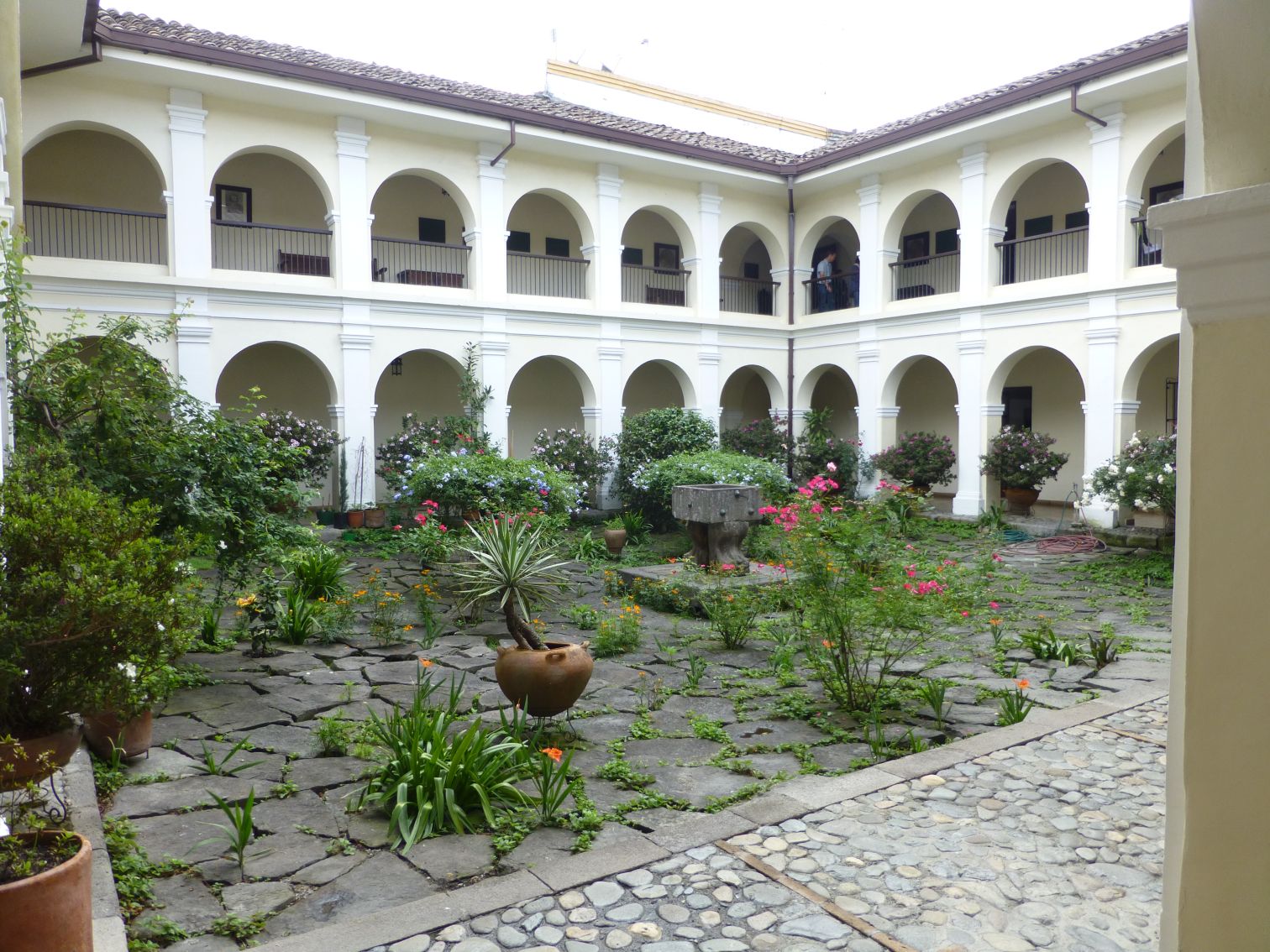
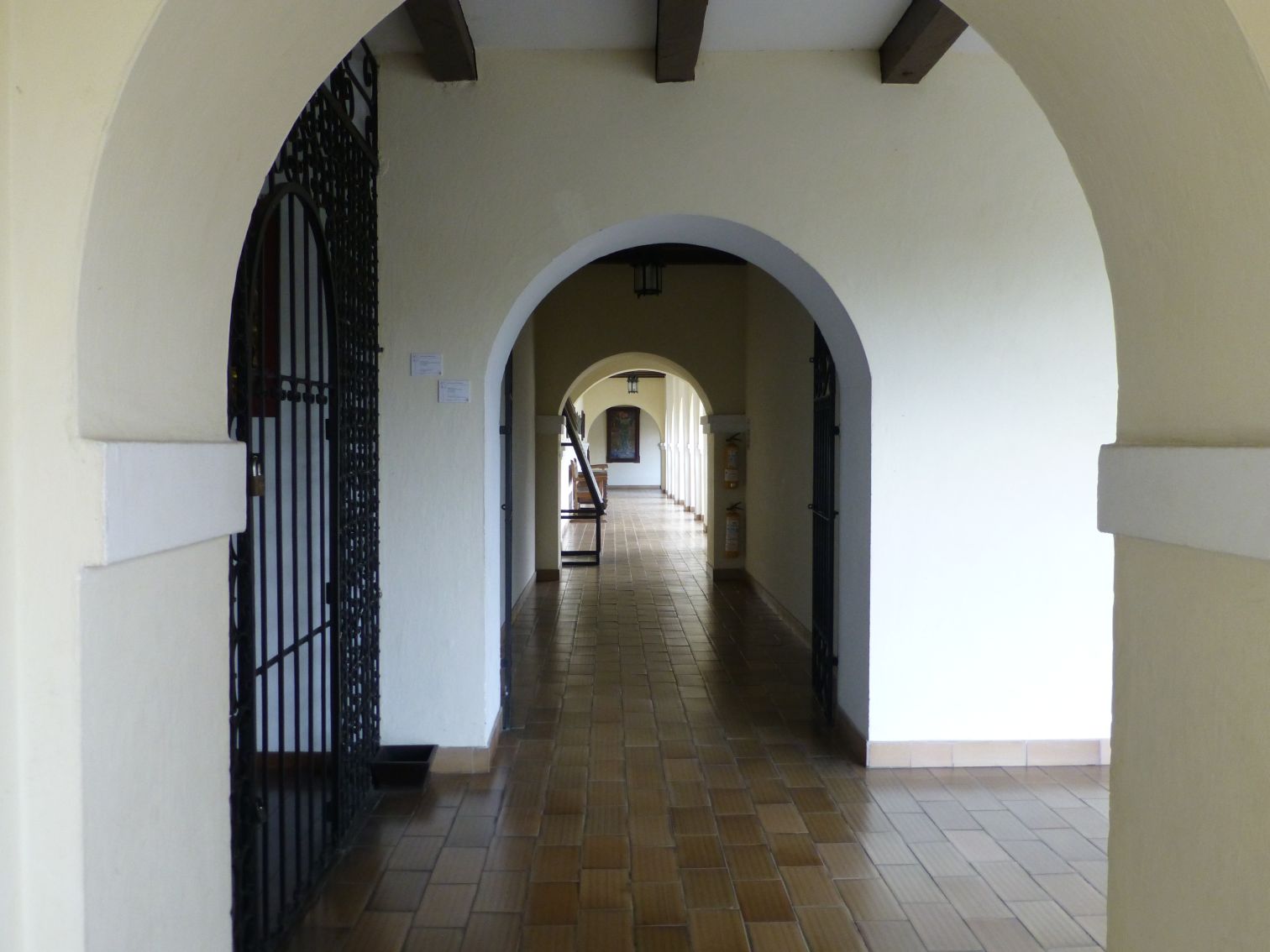
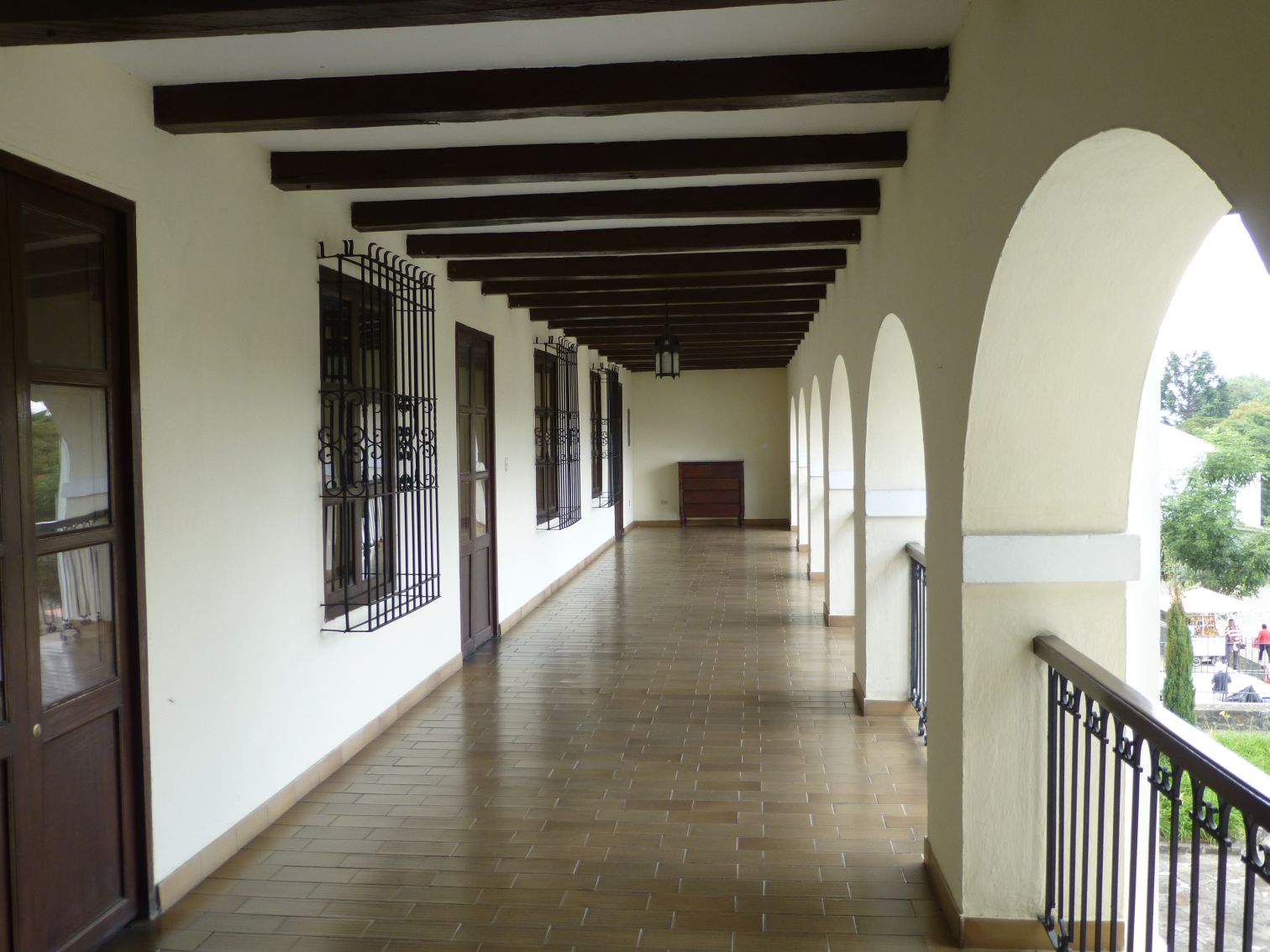
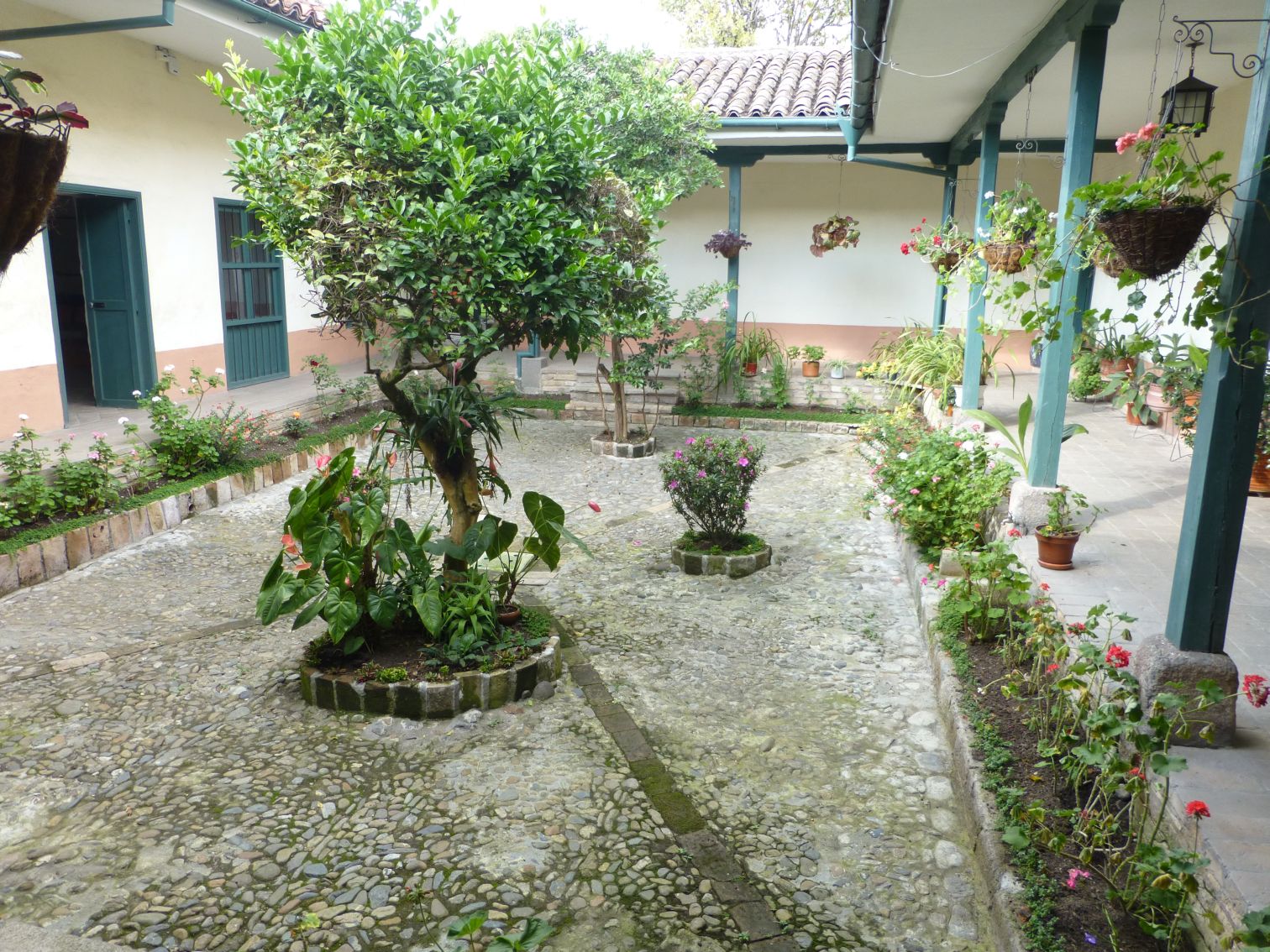
The son, Guillermo Leon Valencia (1909-1971), was president from 1962-1966. He lived in this house, which is also now a museum.
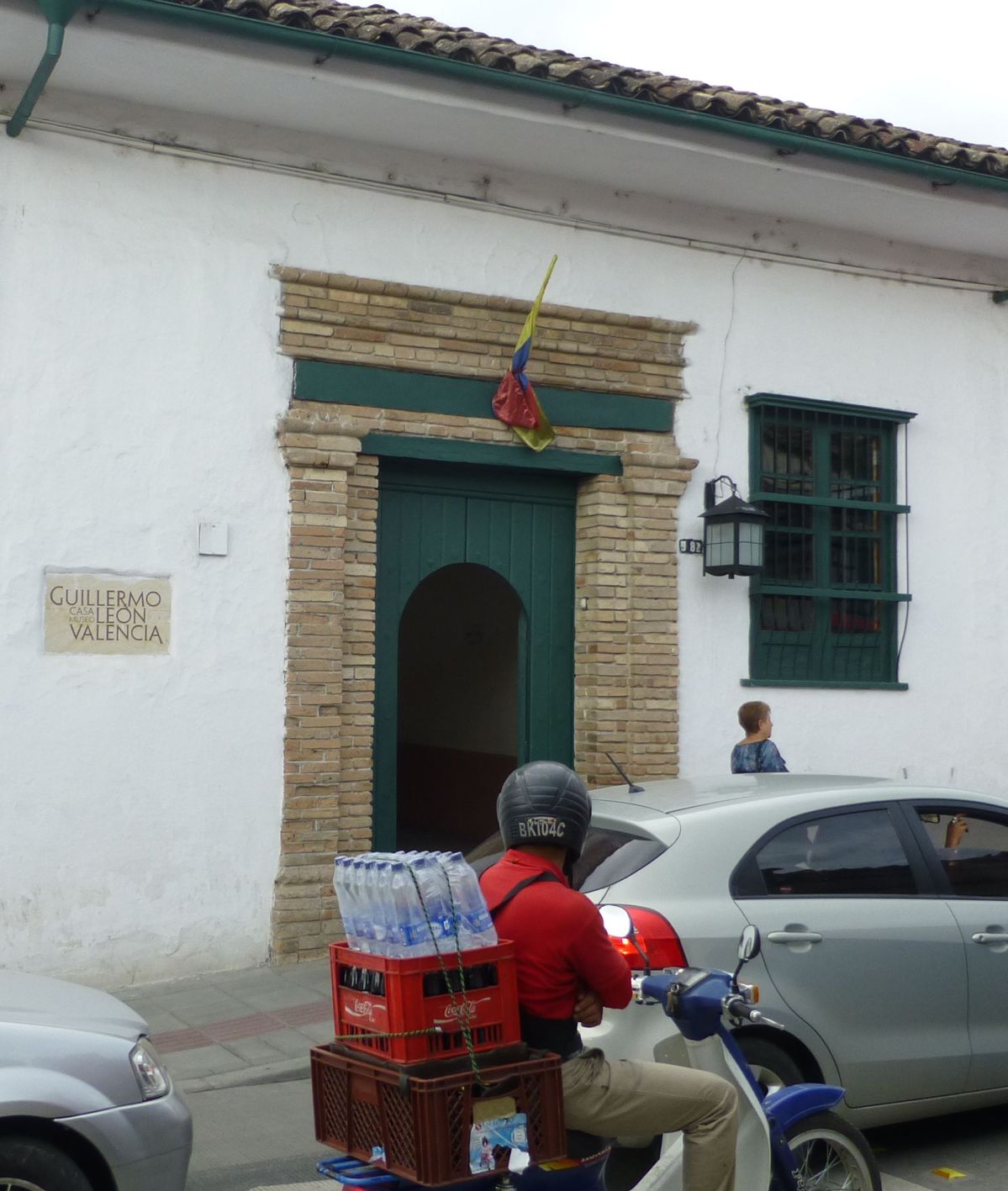
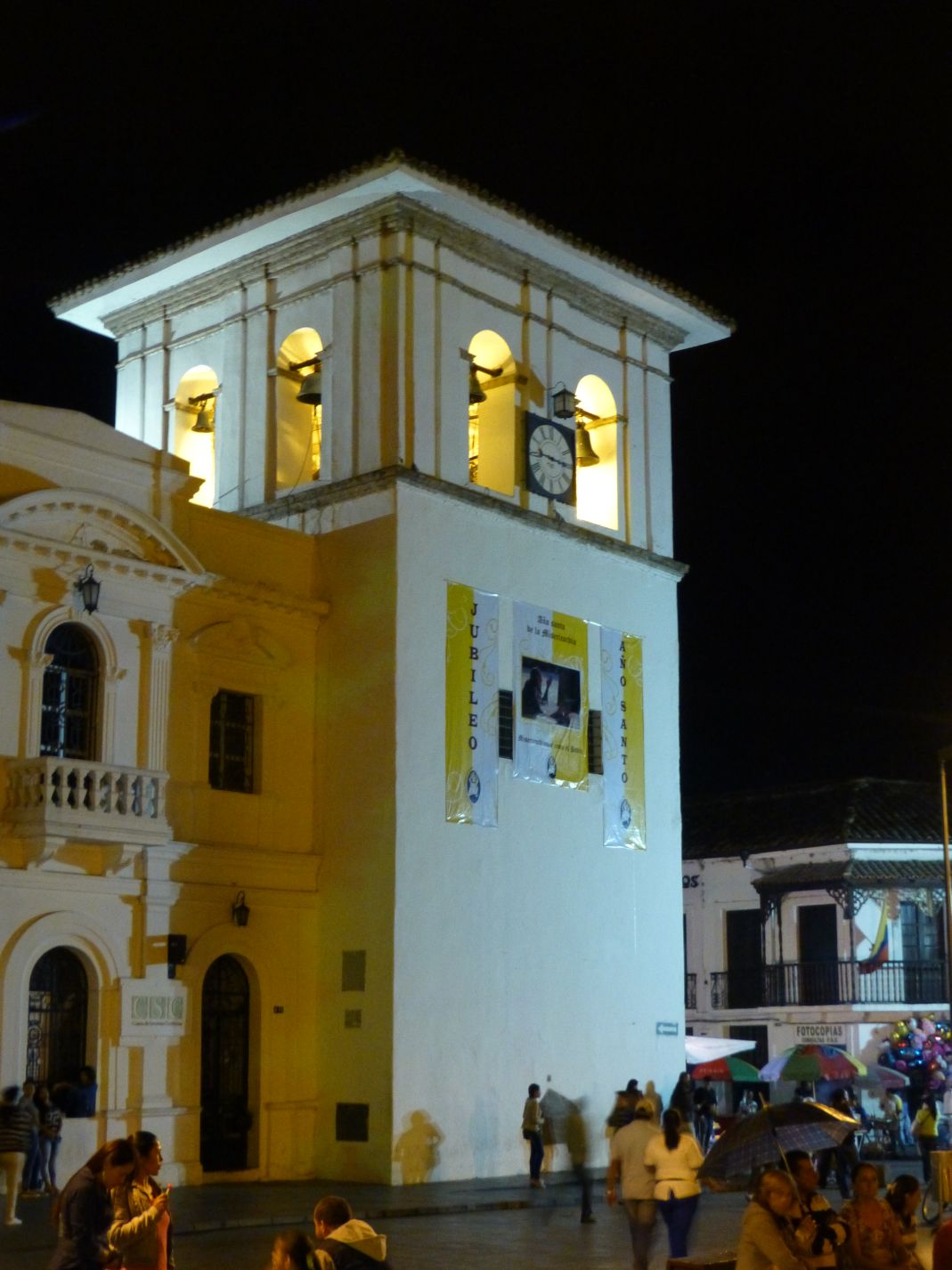
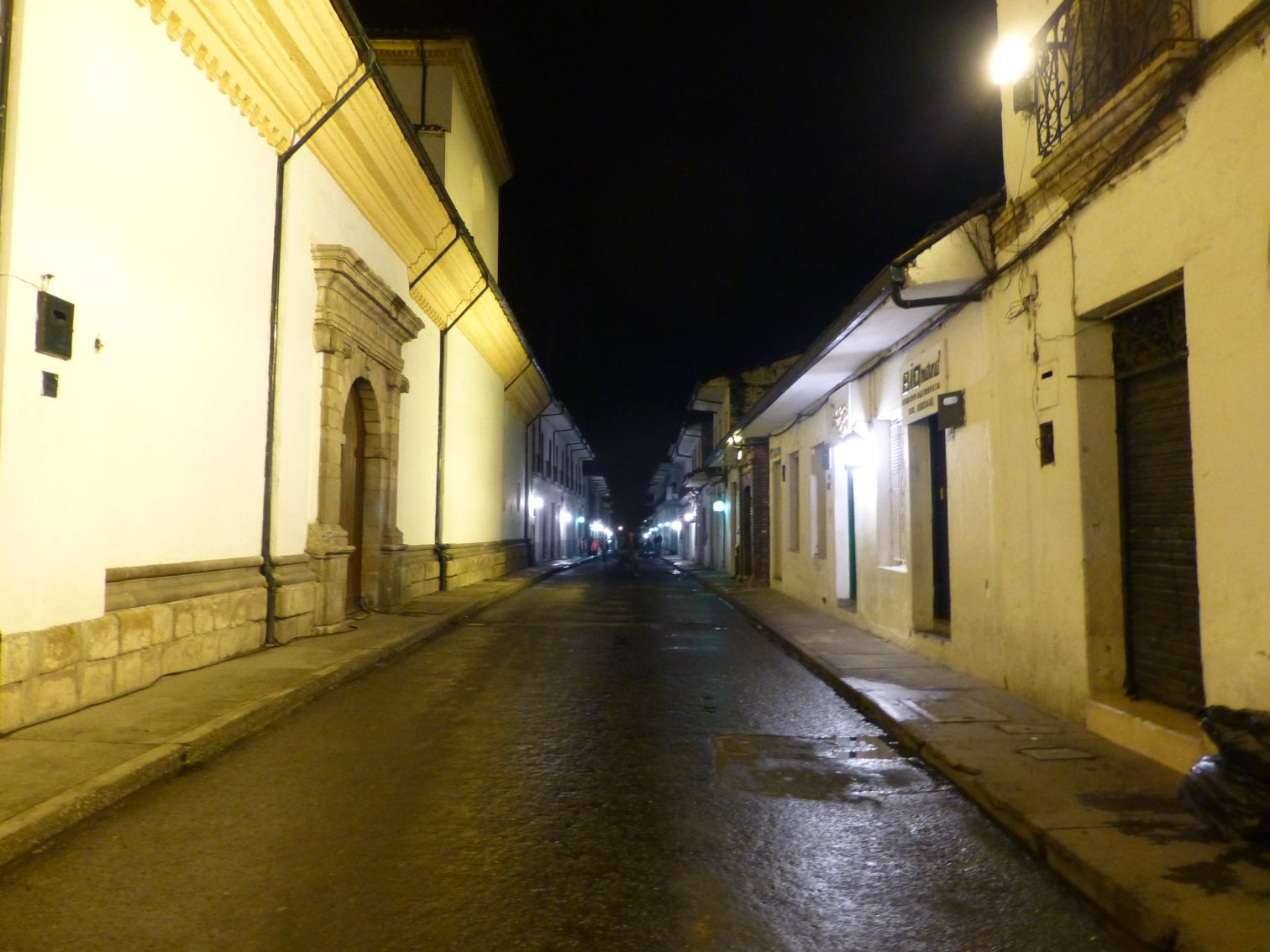
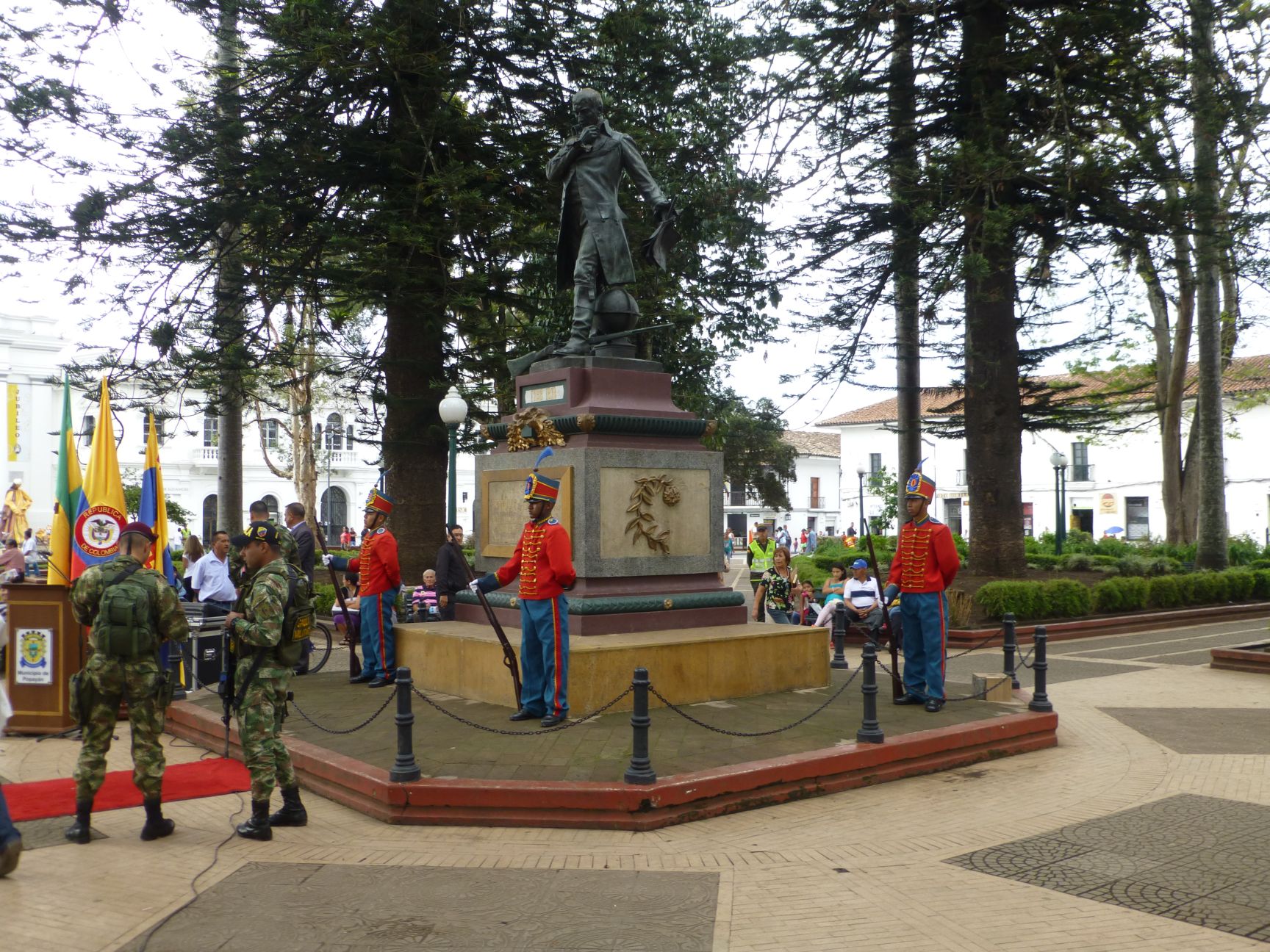
Preparation for the ceremony marking the 479th anniversary of the founding of Popayan.
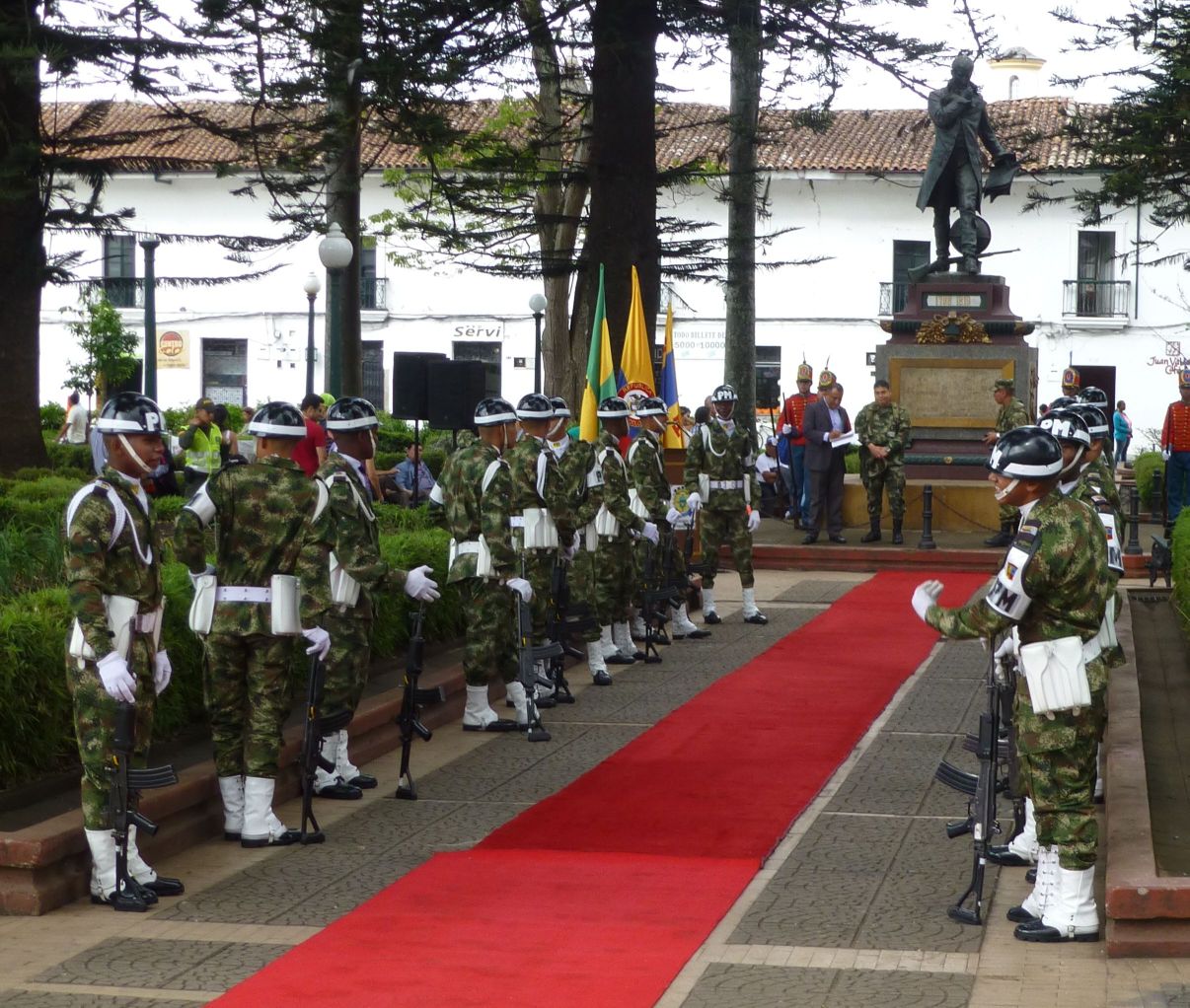
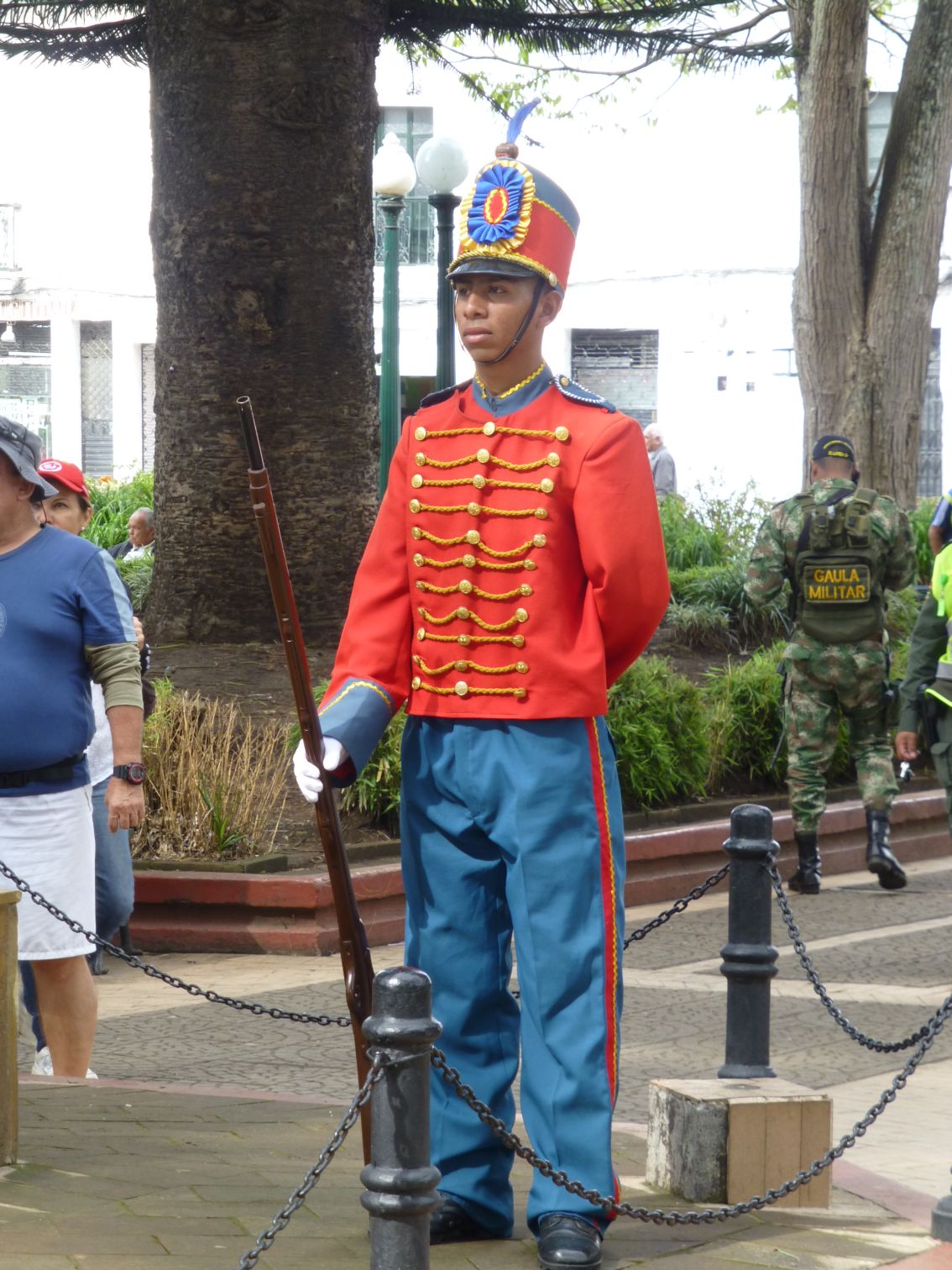
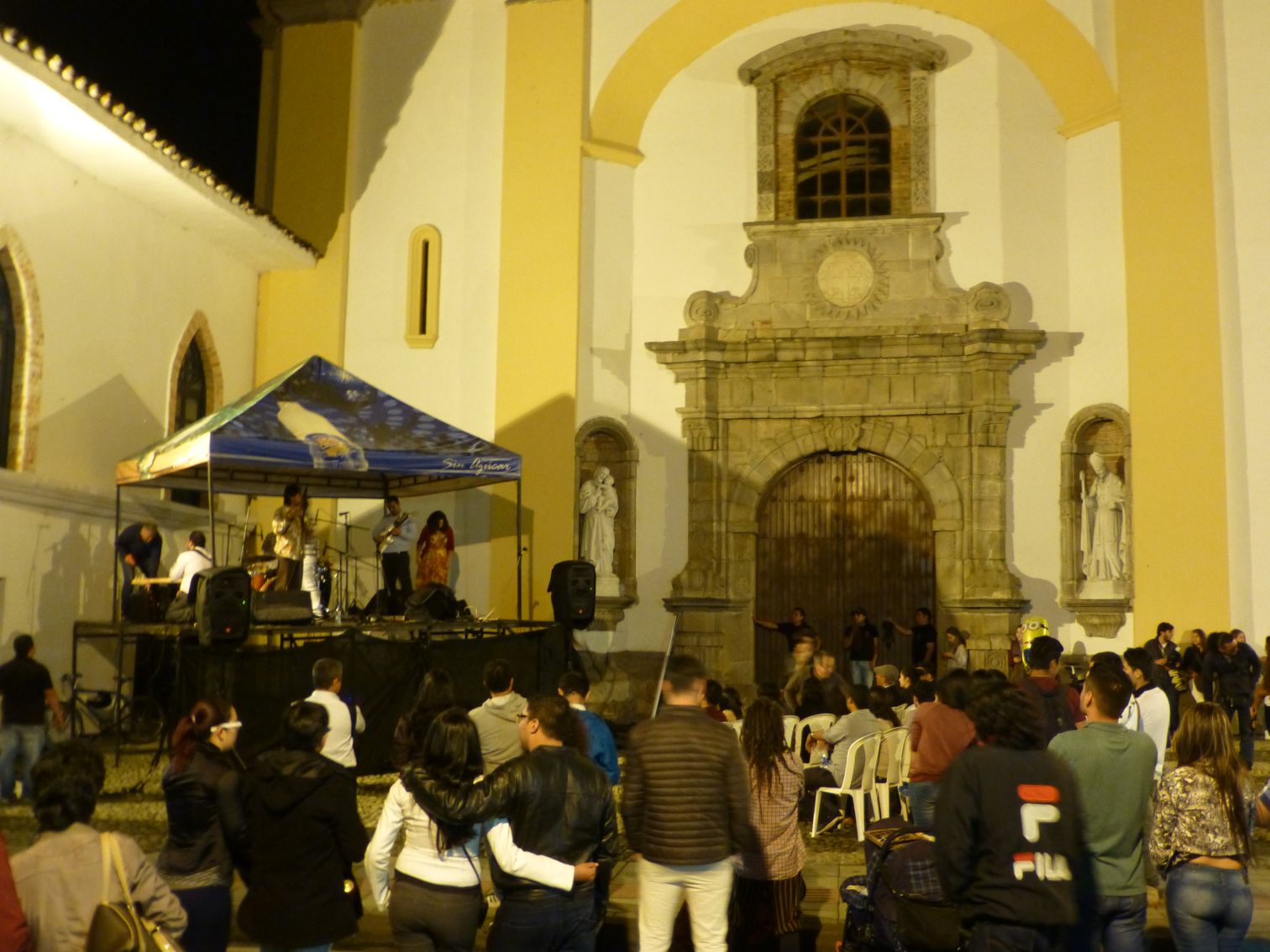
As part of the 479th anniversary celebration a jazz band played in this little plaza in front of the Iglesia de San Jose.
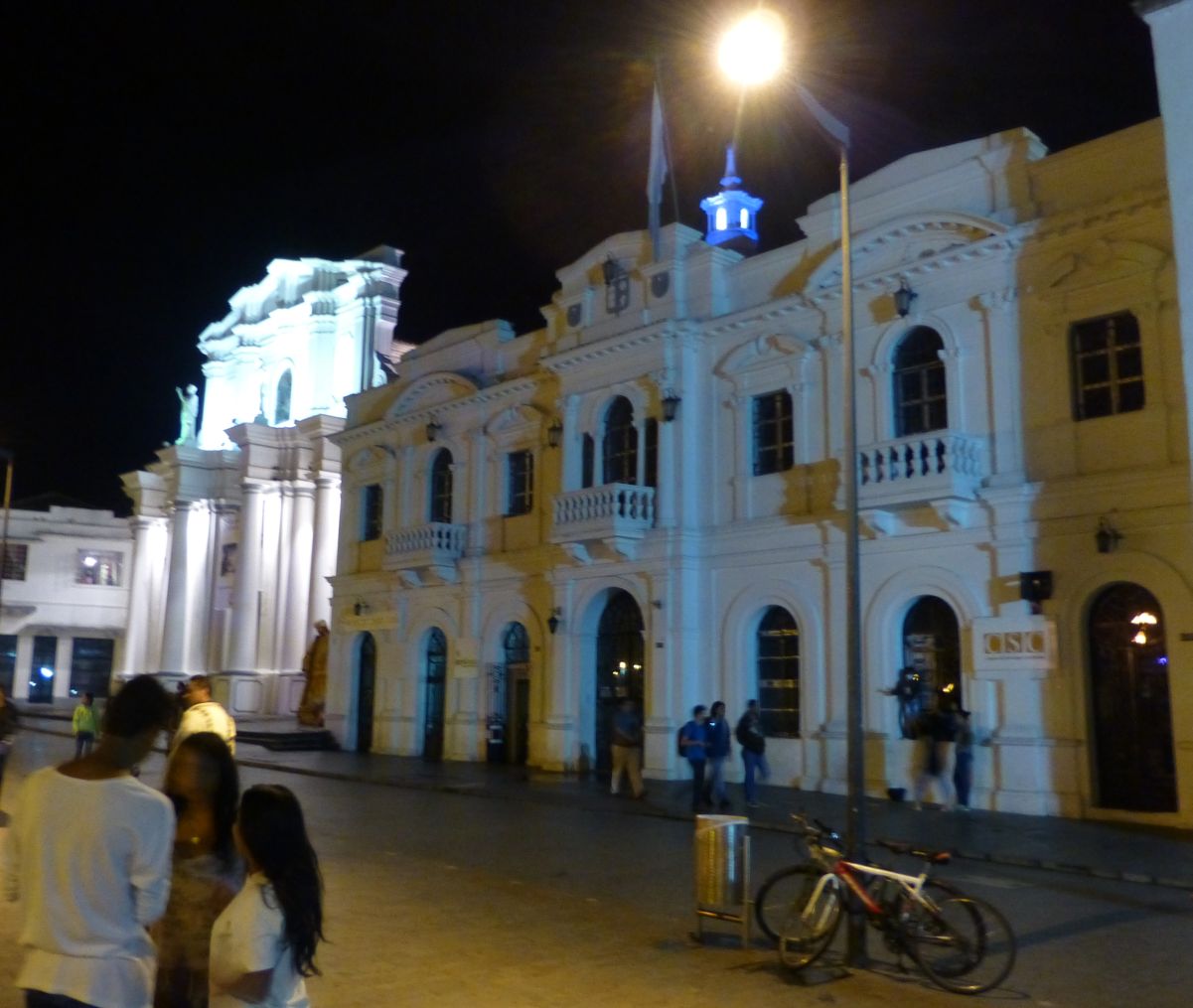
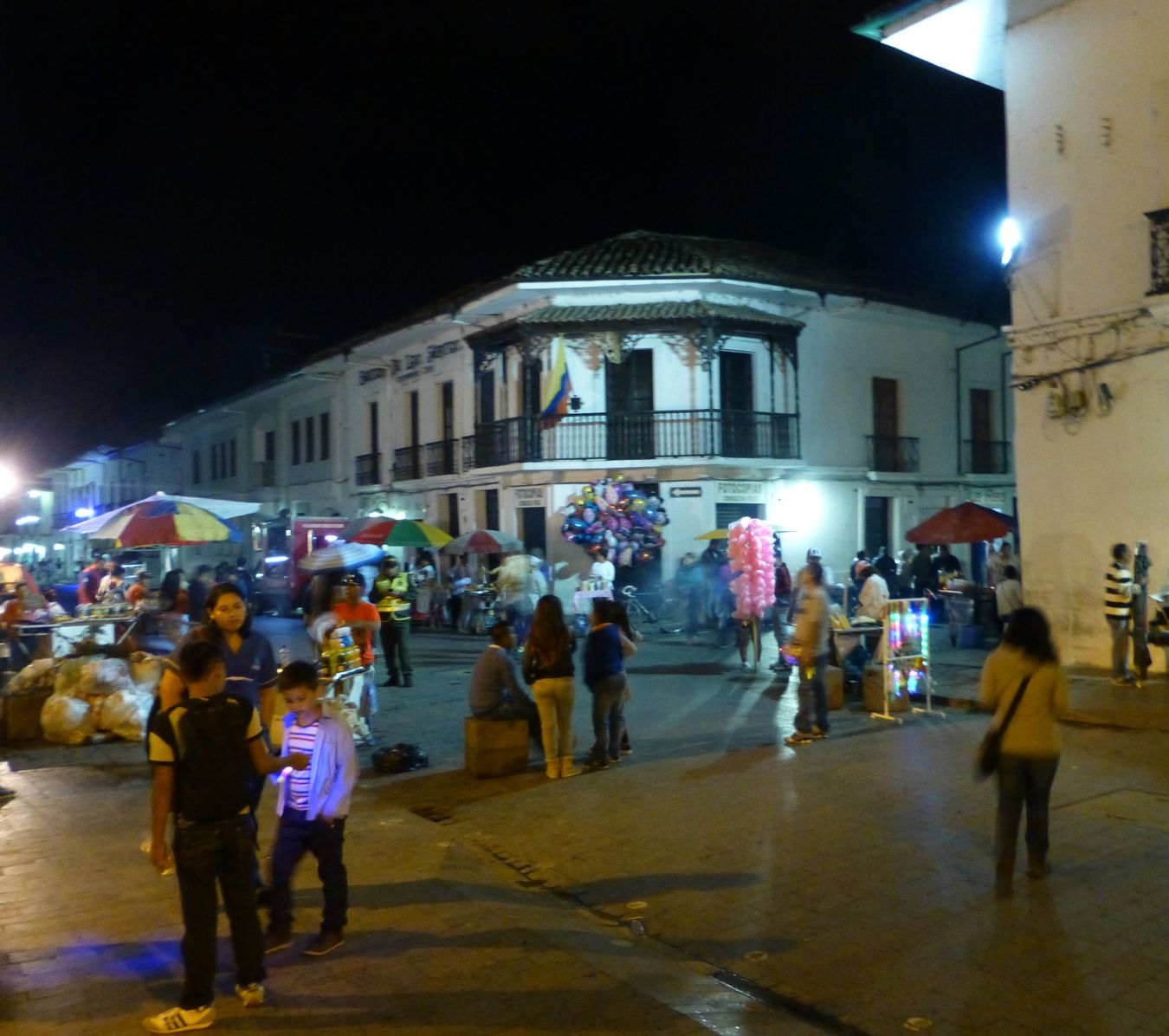
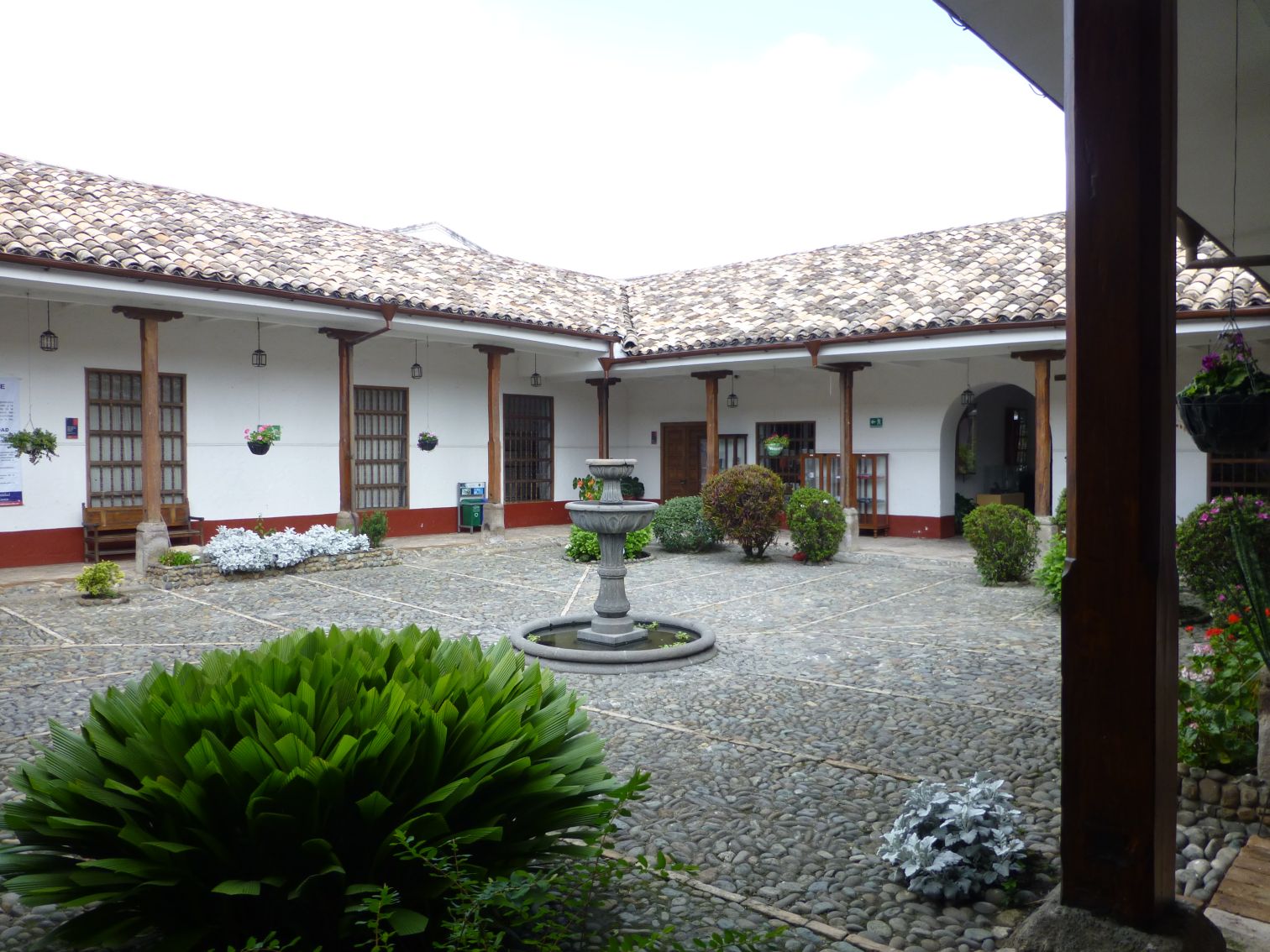
The Mosquera family was one of the other three prominent families in Popayan. This was home of Tomas Cipriano Mosquera (1798-1878), a prominent leader during the War of Independence and later several time president of Colombia. He was one of the most influential men in 1800s Colombia and led quite a life. If you like history read the Wikipedia article about him. These next two photos are also from the house.
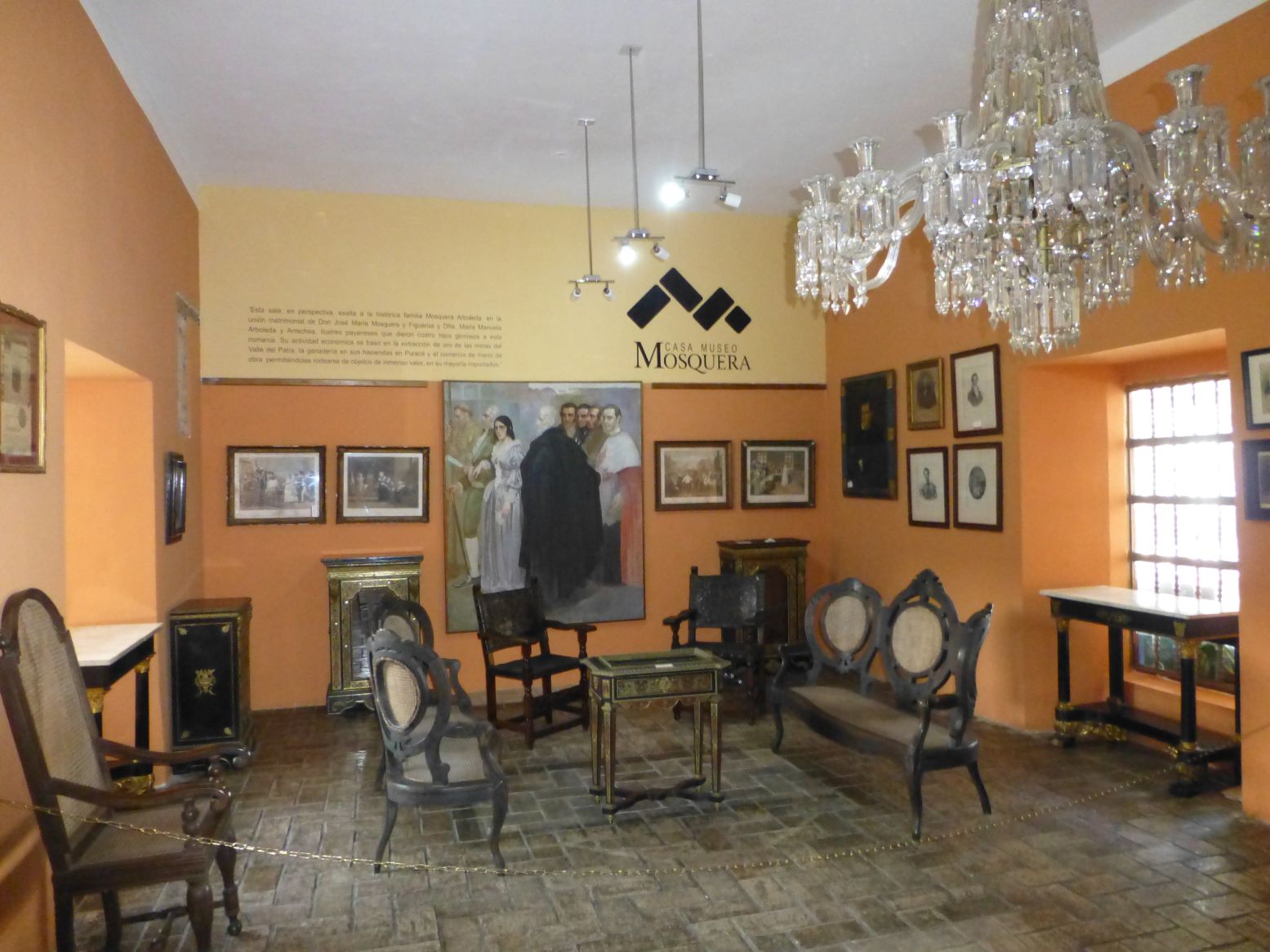
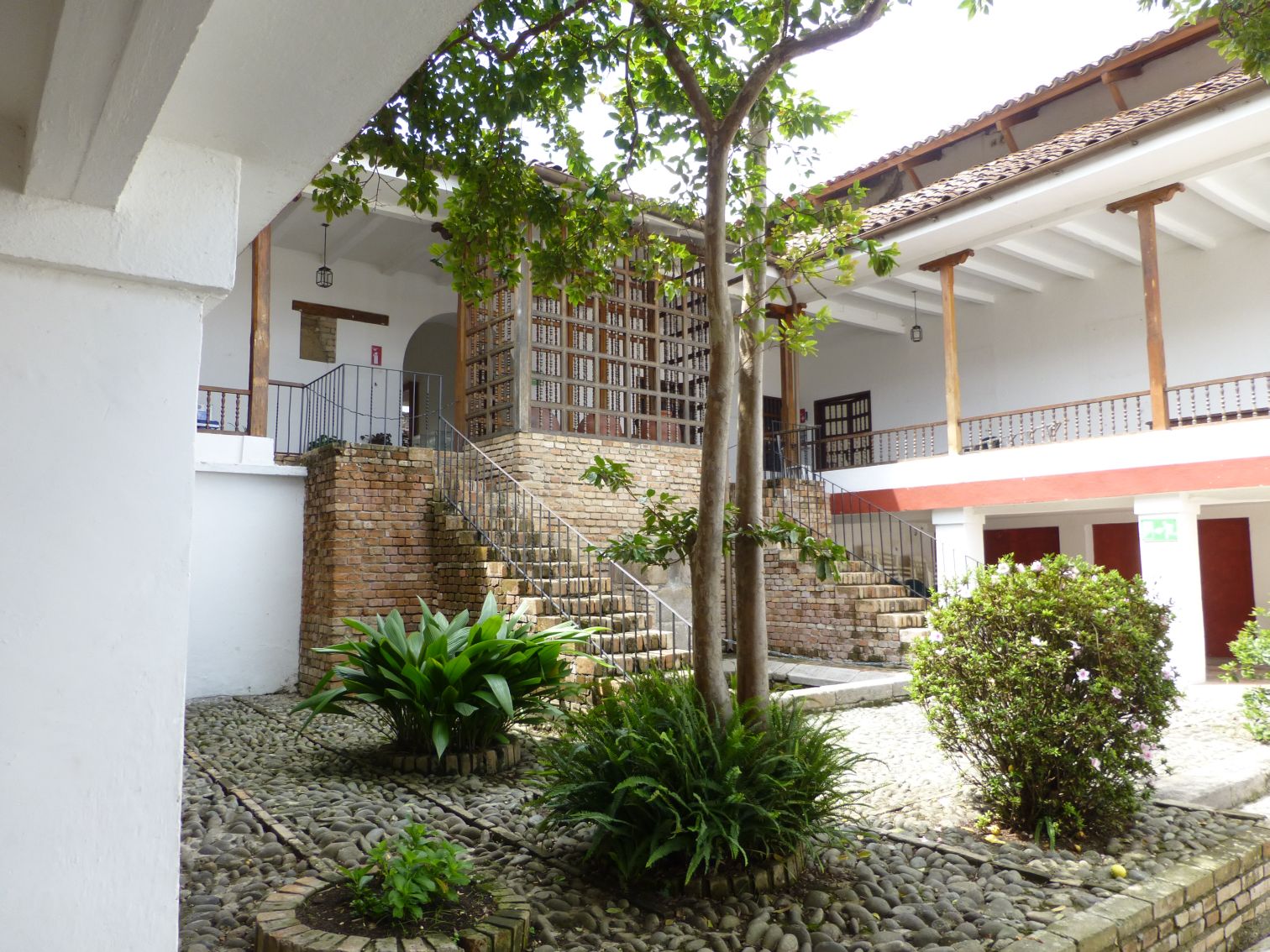
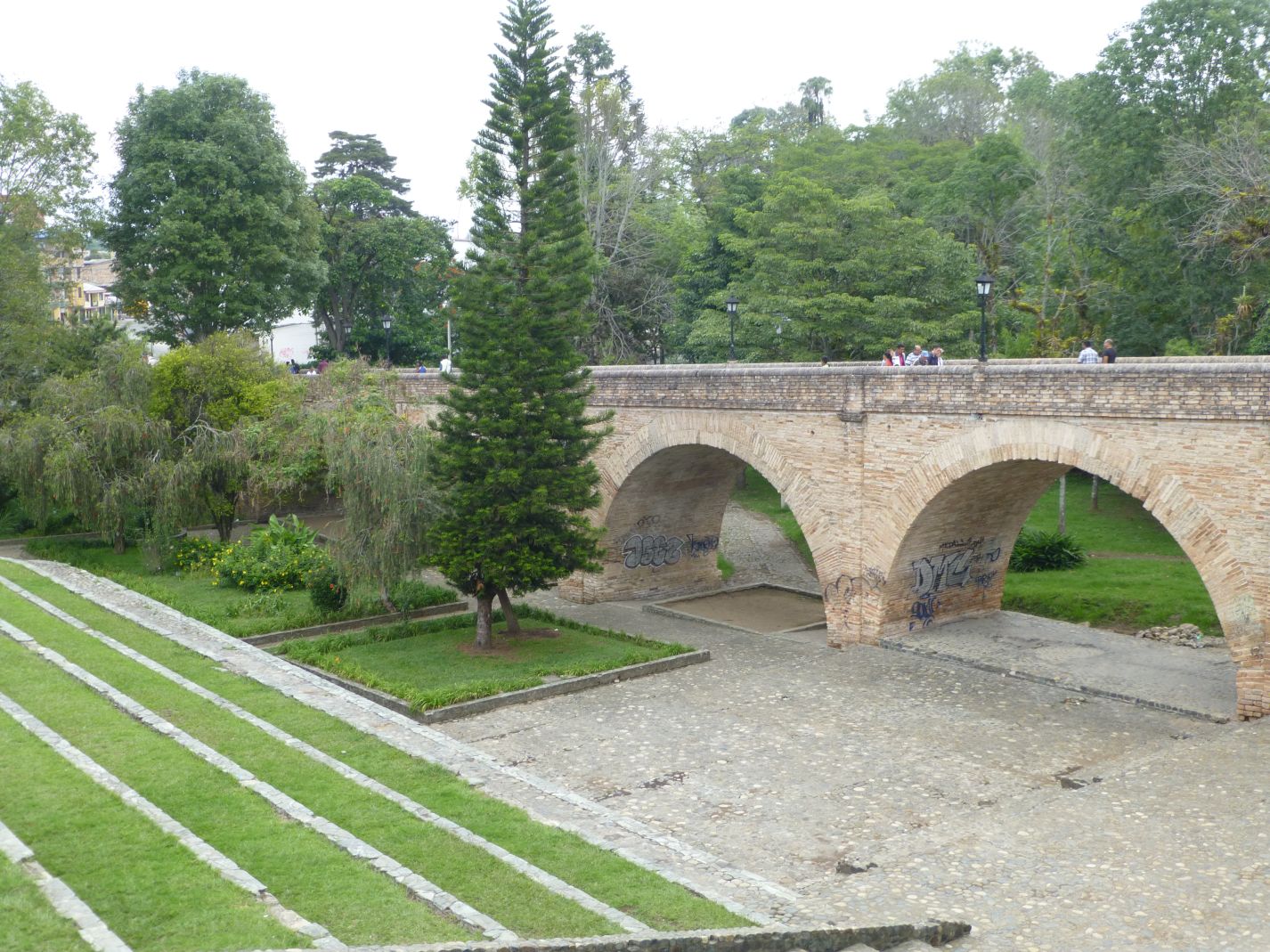
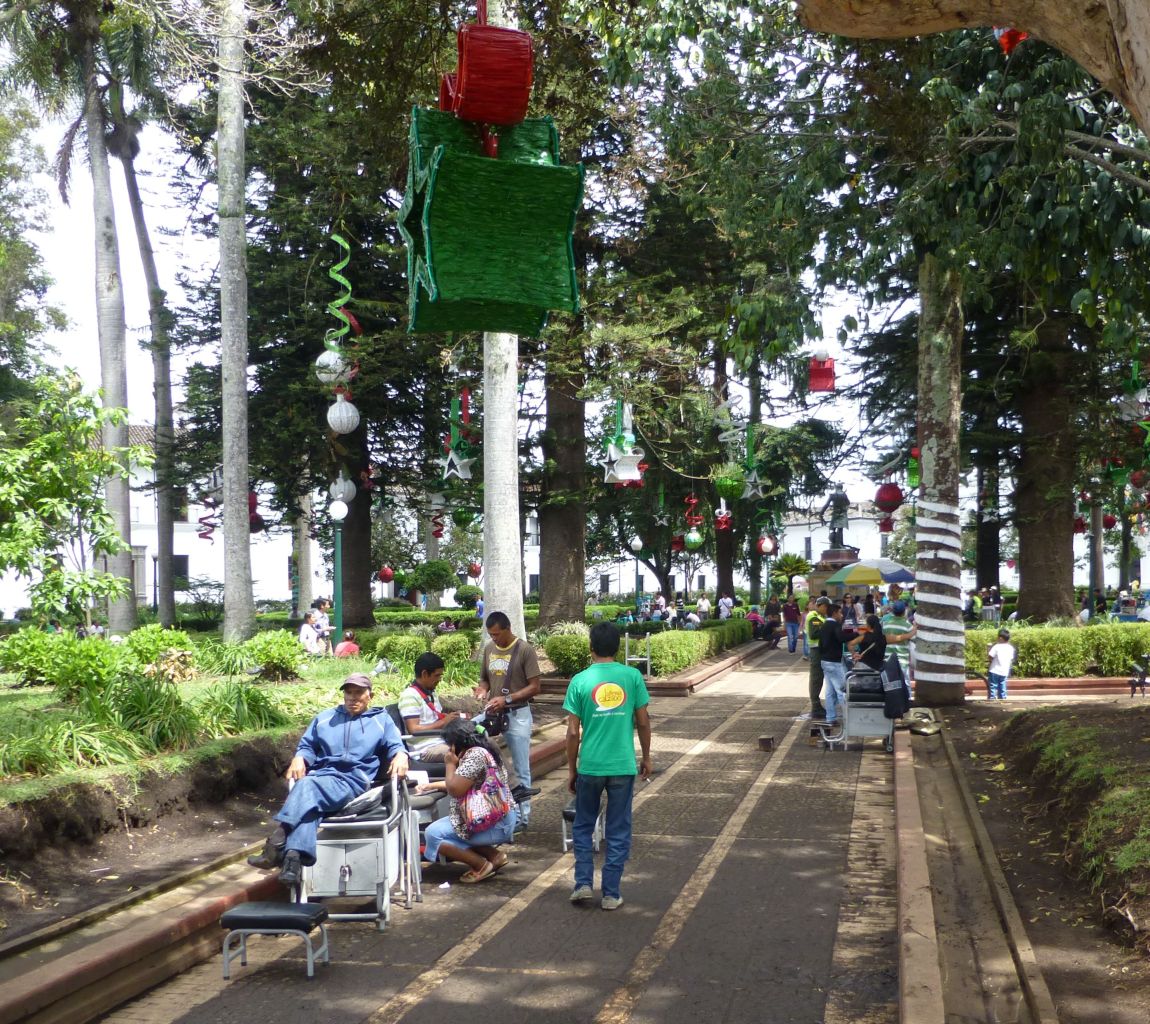
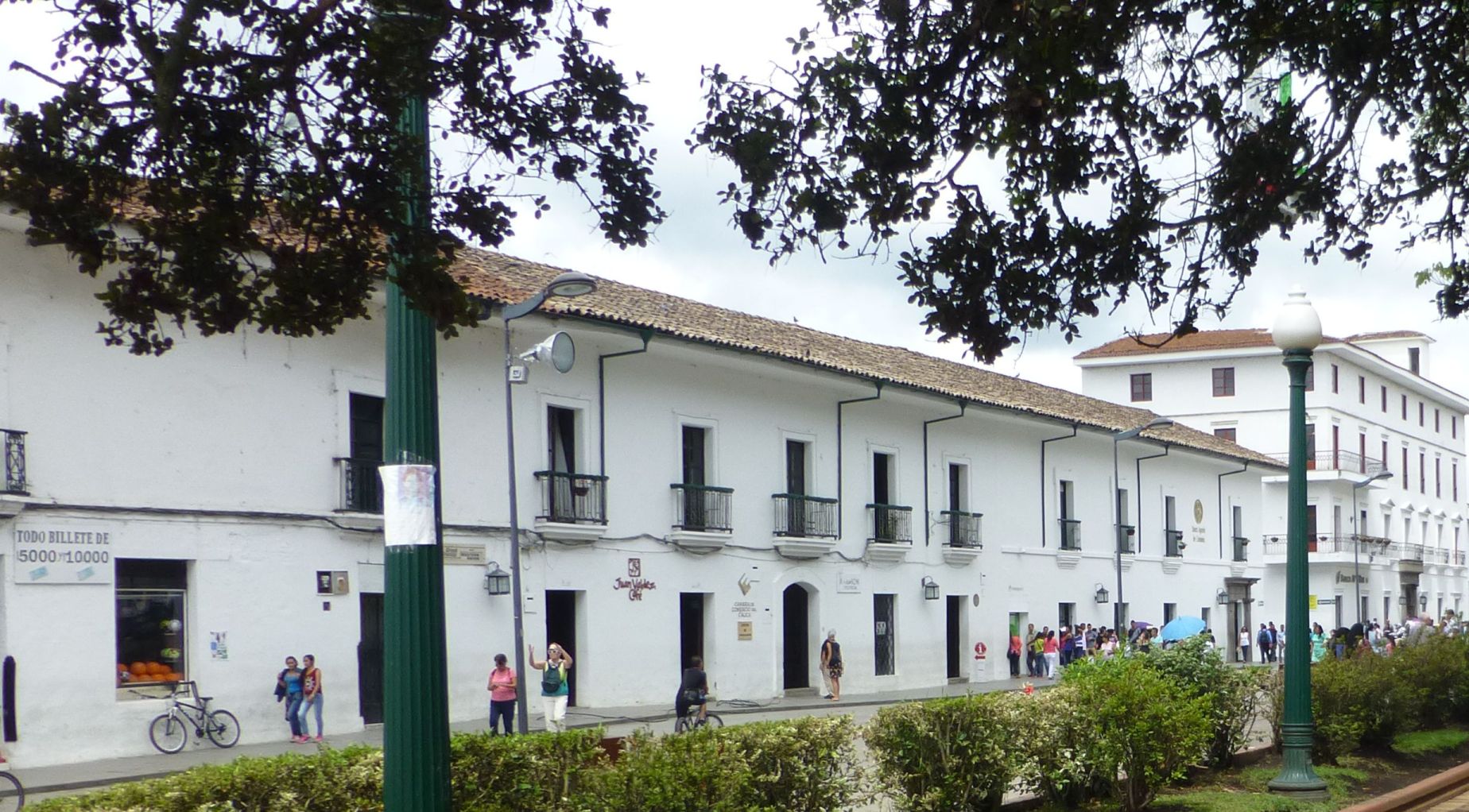
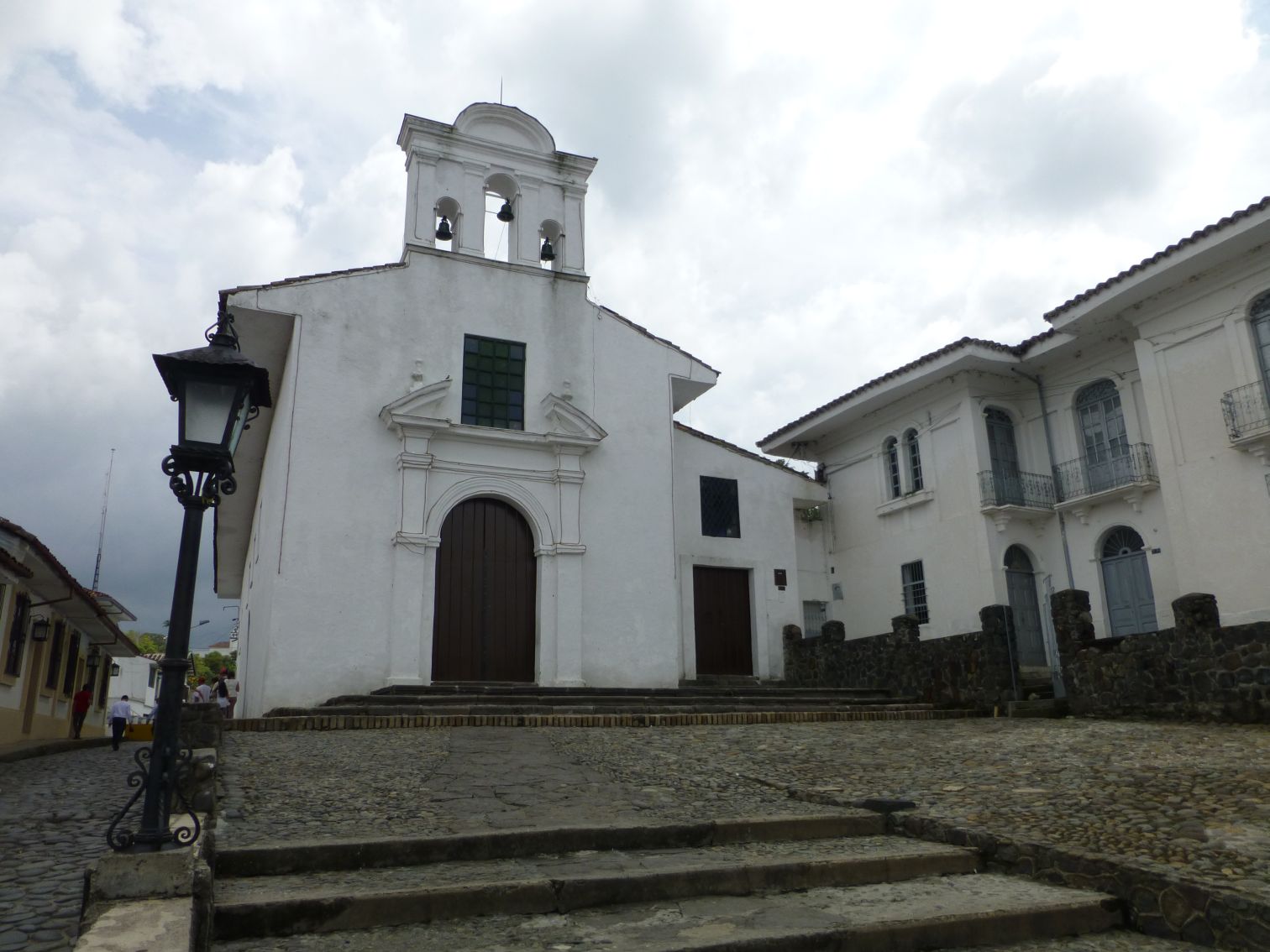
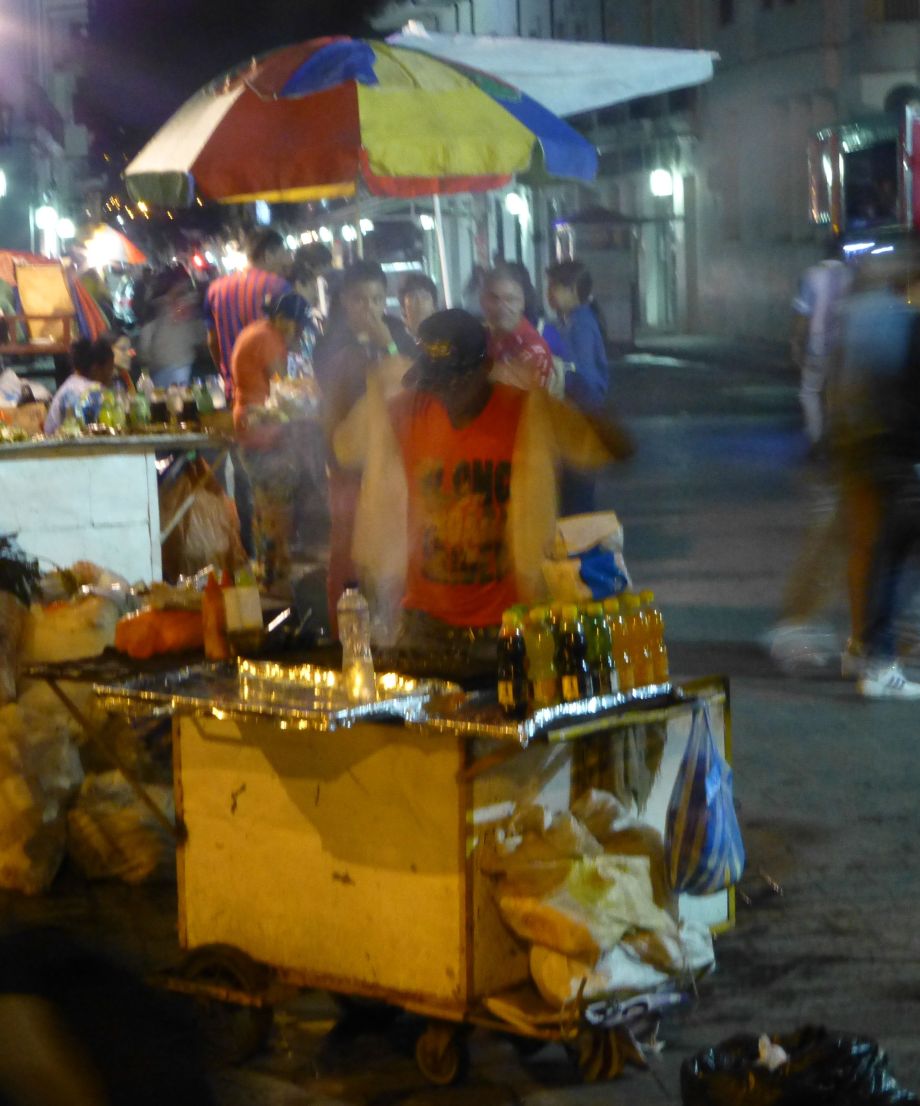
Silvia
January 12, 2016
Silvia is a town in the mountains about 40 miles/60 km northeast of Popayan. It's known for the Tuesday Market Day when several thousand Guambiano Indians come to town from nearby villages. It's still very much a typical market unchanged by mass tourism. We might have seen another 15-20 tourists in town.
Click on photos to see full size
SAN AGUSTIN
January 8-10, 2016
San Agustin is located about 85 miles/135 km southest of Popayan ... or a rough four hour bus ride on a road that is only half paved. The town is a very picturesque place of about 30,000 inhabitants with lots of services for the tourists who come for the nearby San Agustin ruins.
There were large settlements in the area going back to at least 1000 B.C. The classic era here was from about 1 to 900 A.D. During that time the inhabitants built several areas with elaborate burial chambers and sculptures. The area was totally abandones around 1350 A.D. After that the ruins became overgrown and largely disappeared.
The current town of San Agustin (about three miles away) was built in the 1600s. Of course the new inhabitants found the ruins and even moved some of the statures into the town square (they have since been moved to the park). It wasn't until the early 1900s that the first serious archaelogical work was done here. Today the restored area contains the largest collection of "megalithic sculptures" in South America. Originally these were not standing but rather laying flat in the graves. They were stood up for better viewing.
Click on photos to see full size
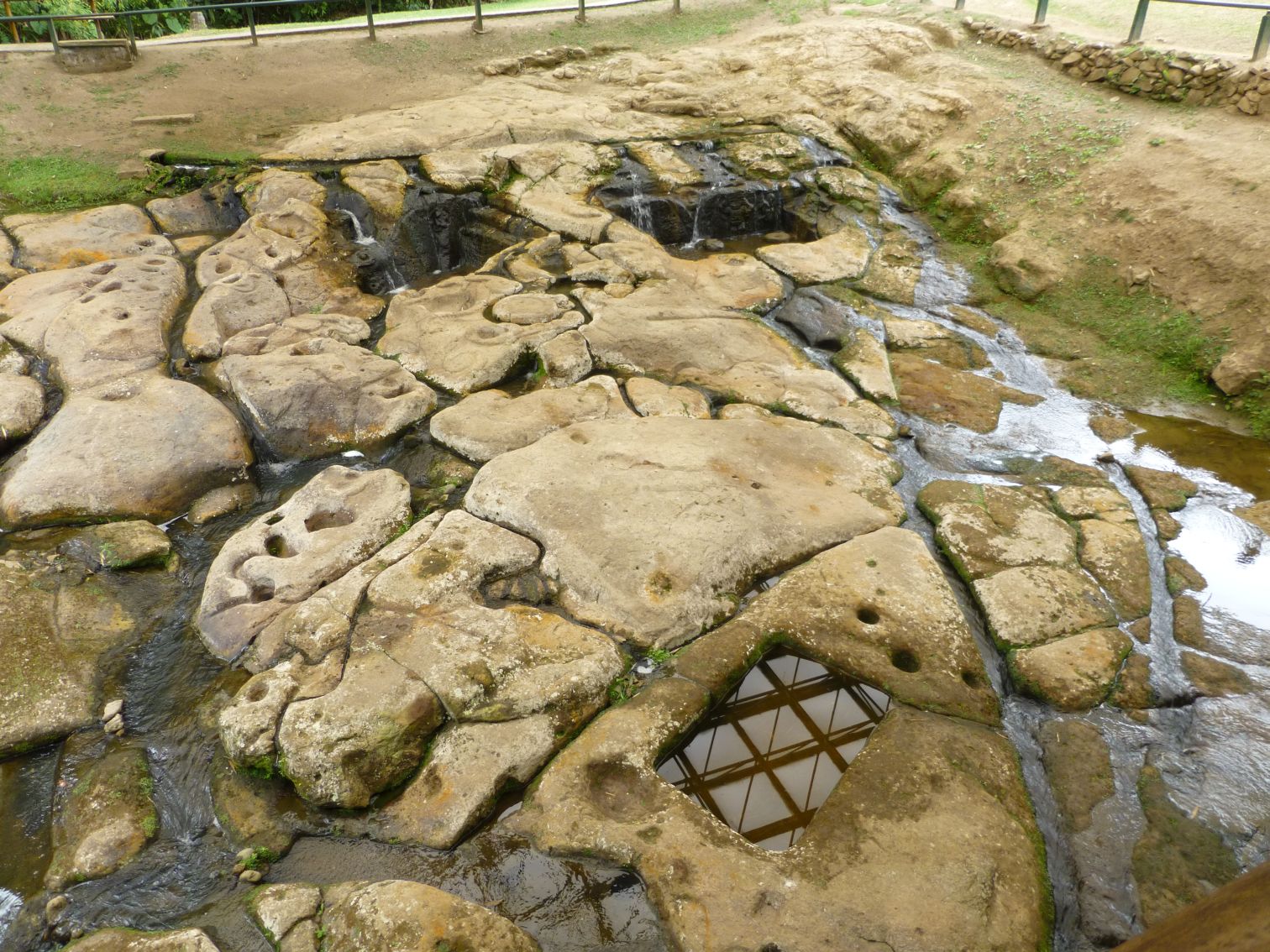
This area is known as the Fuente de Lavapatas or Foot-washing Fountain. Not that anyone knows the real reason it was built. Largely eroded now it is a complex of elaborate designs, channels, and pools that a small stream was directed through.
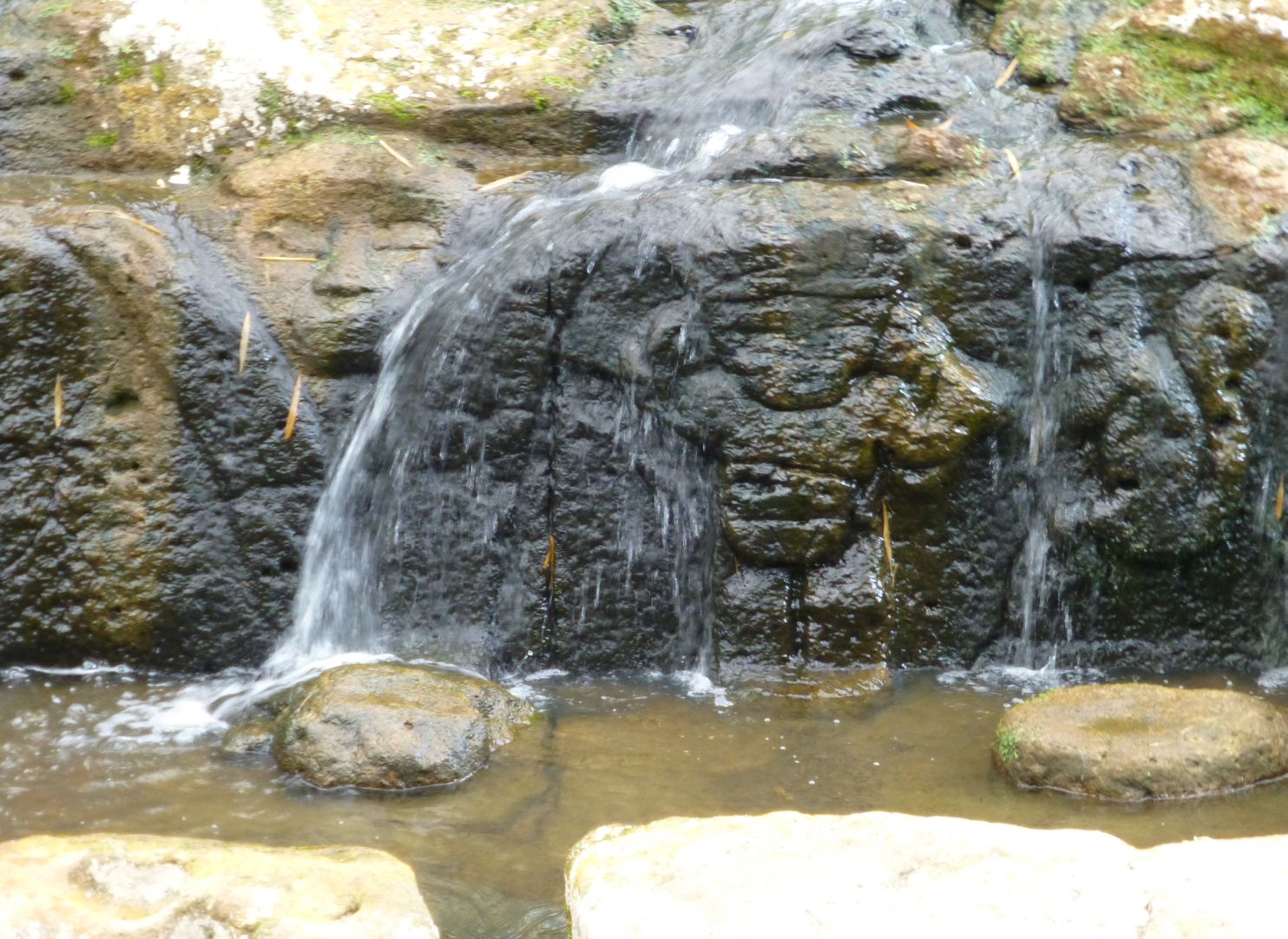
One of the more visible carvings in the Fuente de Lavapatas.
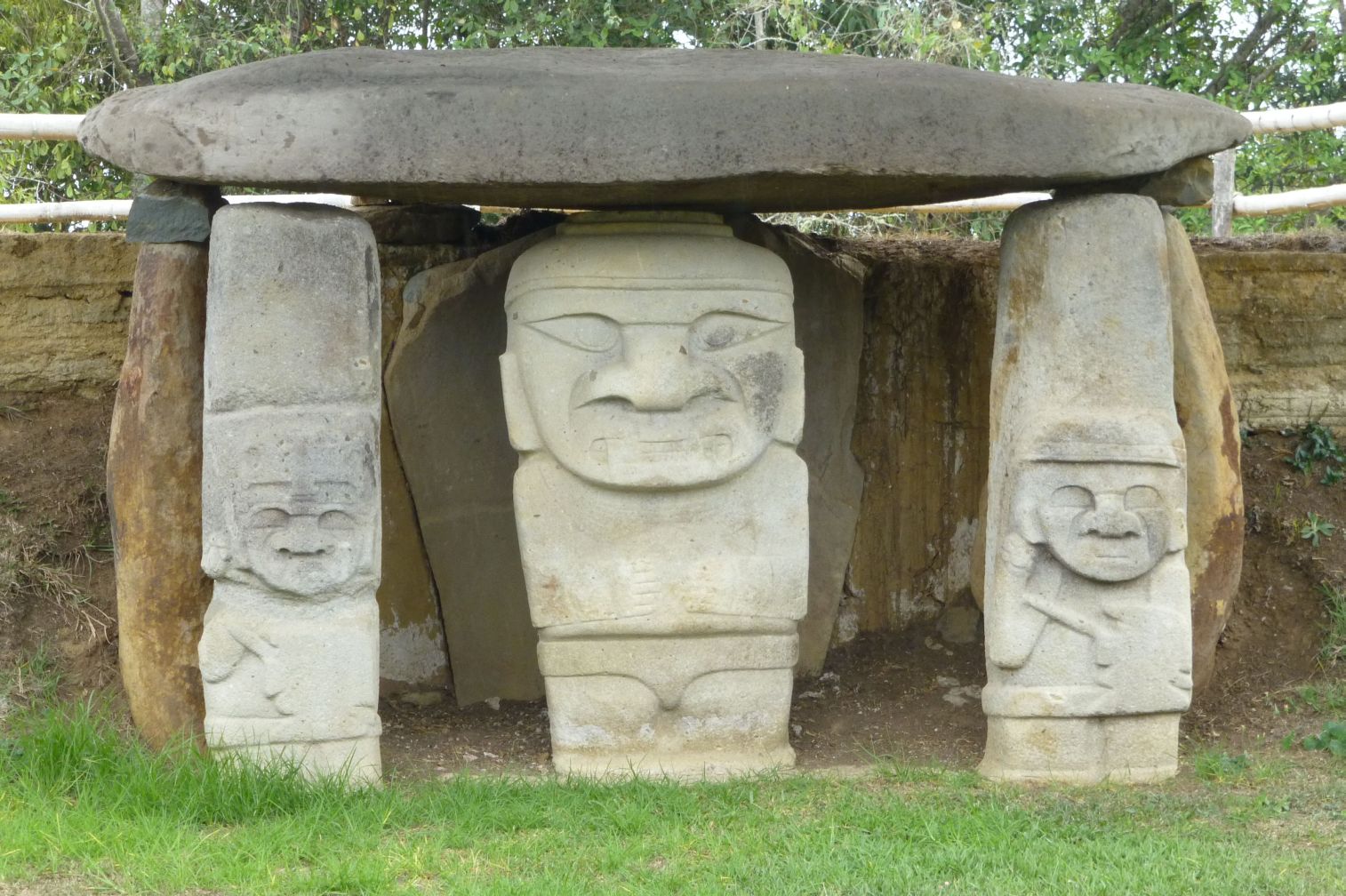
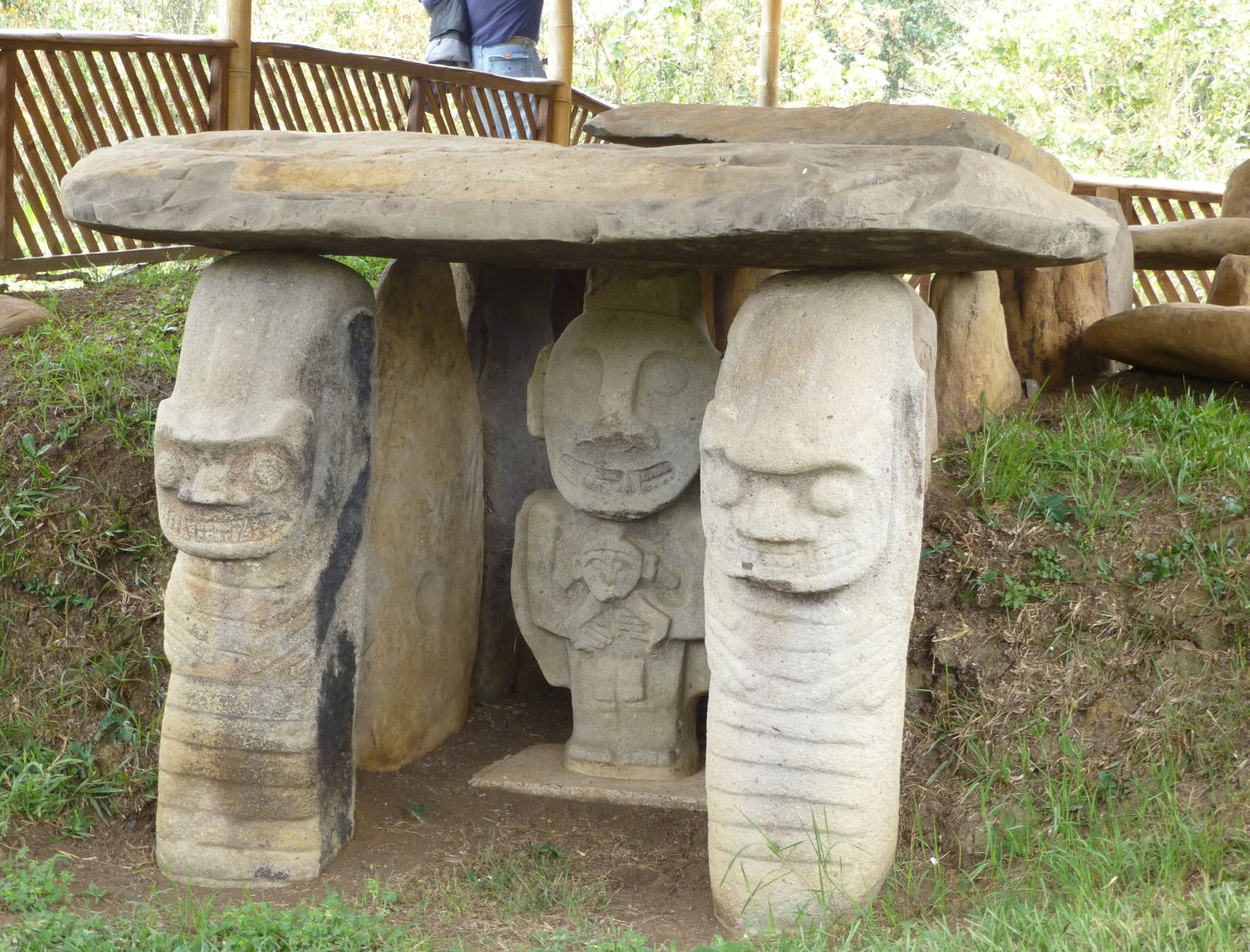
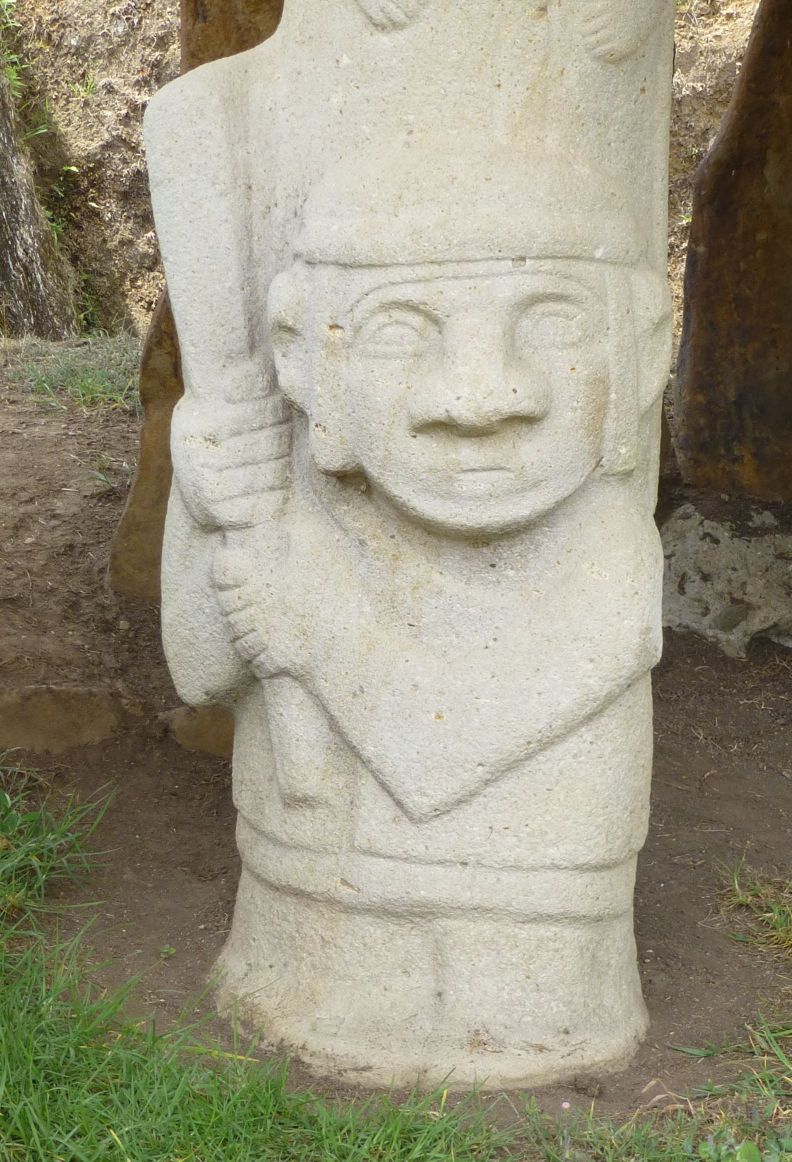
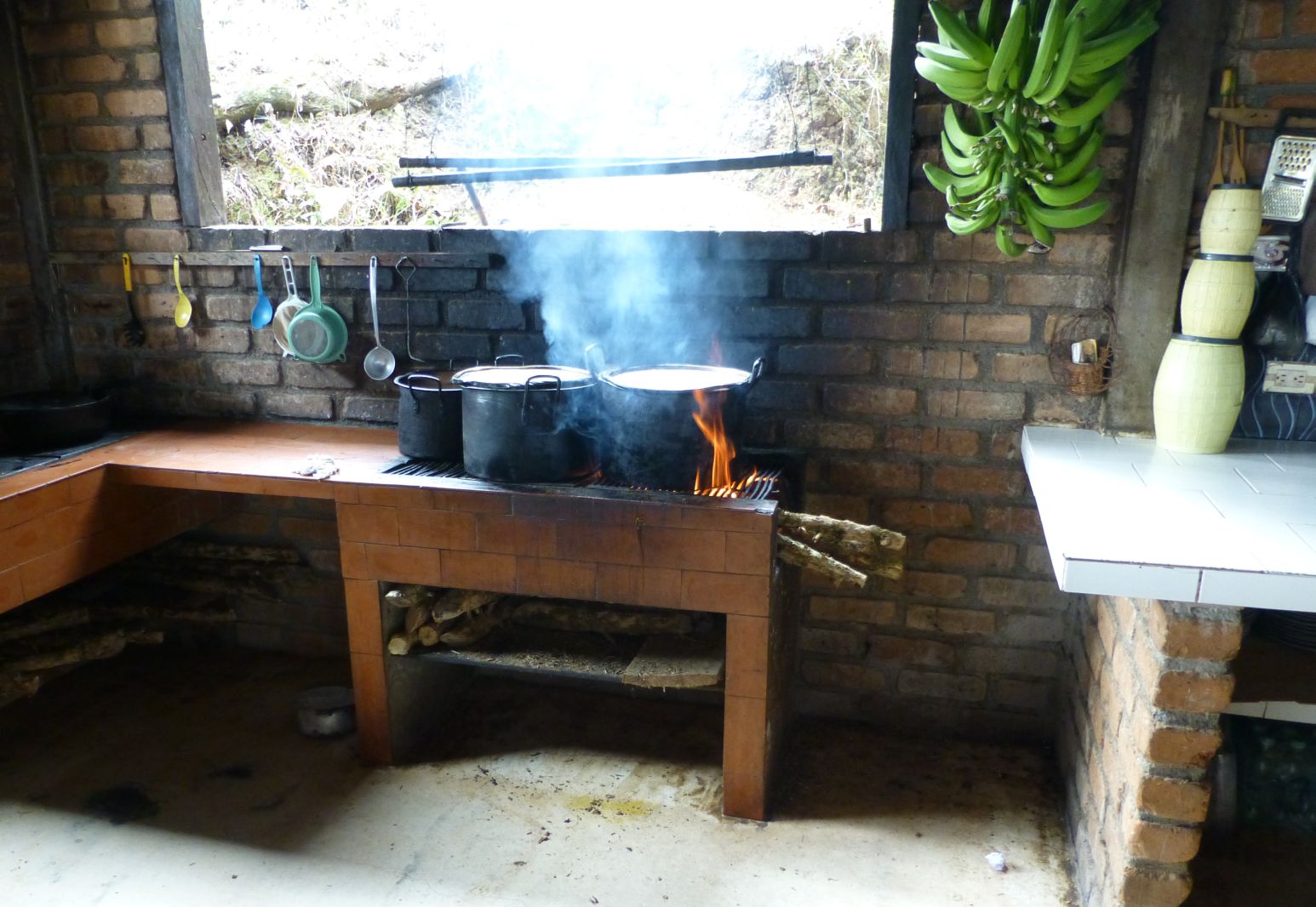
Rustic kitchen by the park.
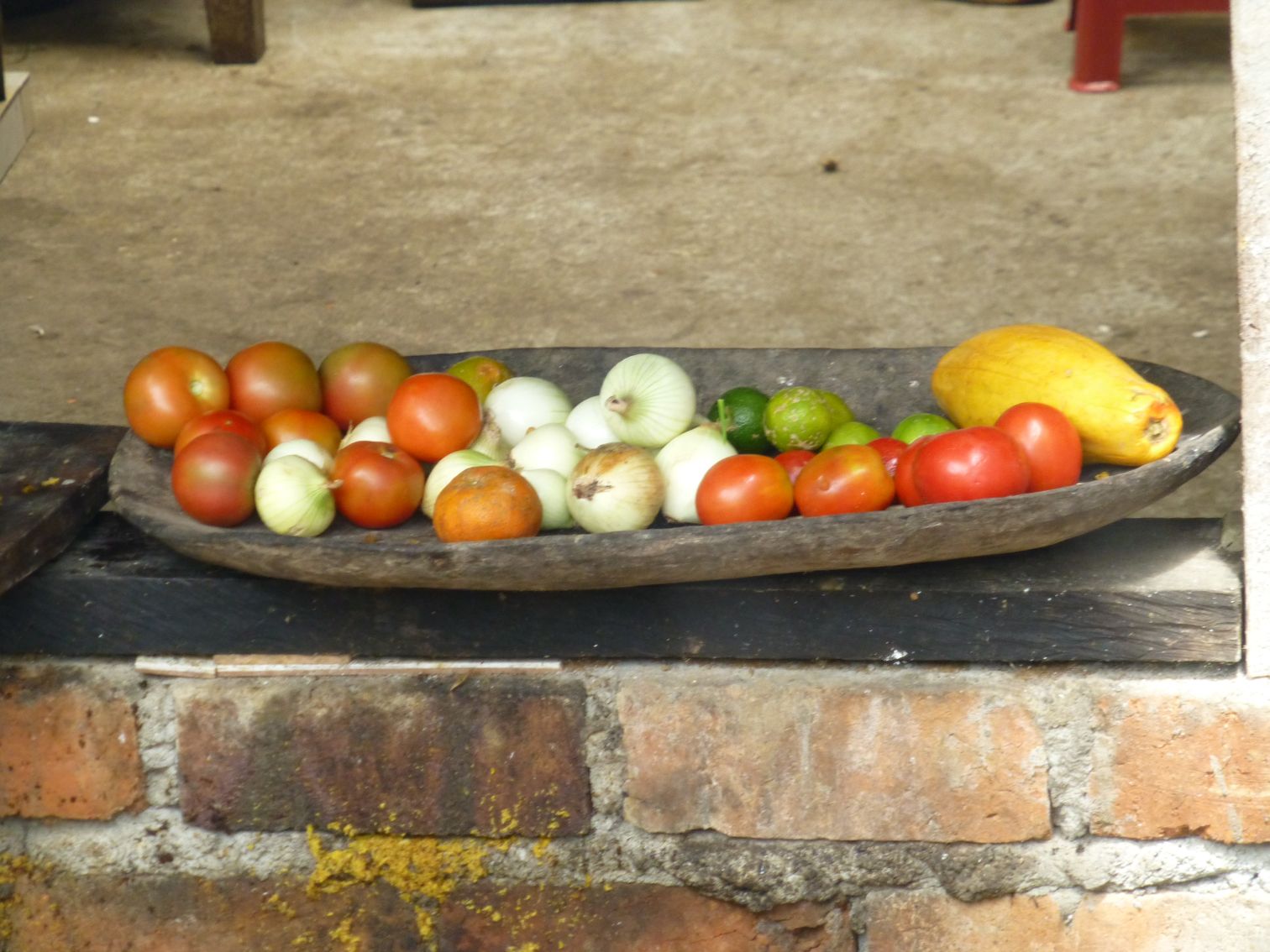
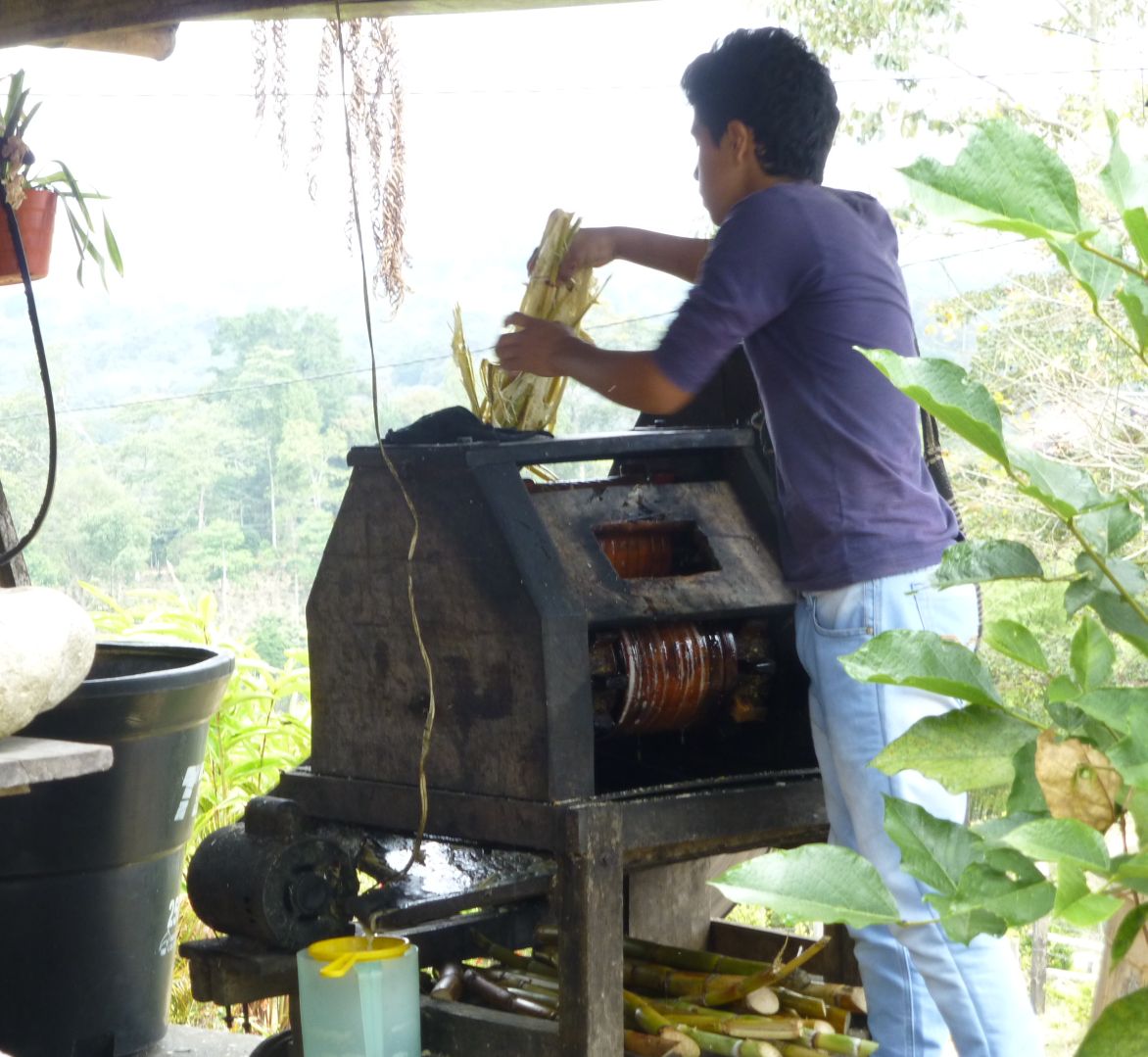
Squeezing the juice from sugar cane. It could then be boiled down and turned into sugar. In this case it's being mixed with lime juice and sold to tourists. A glass or two of that every day will make your dentist rich.
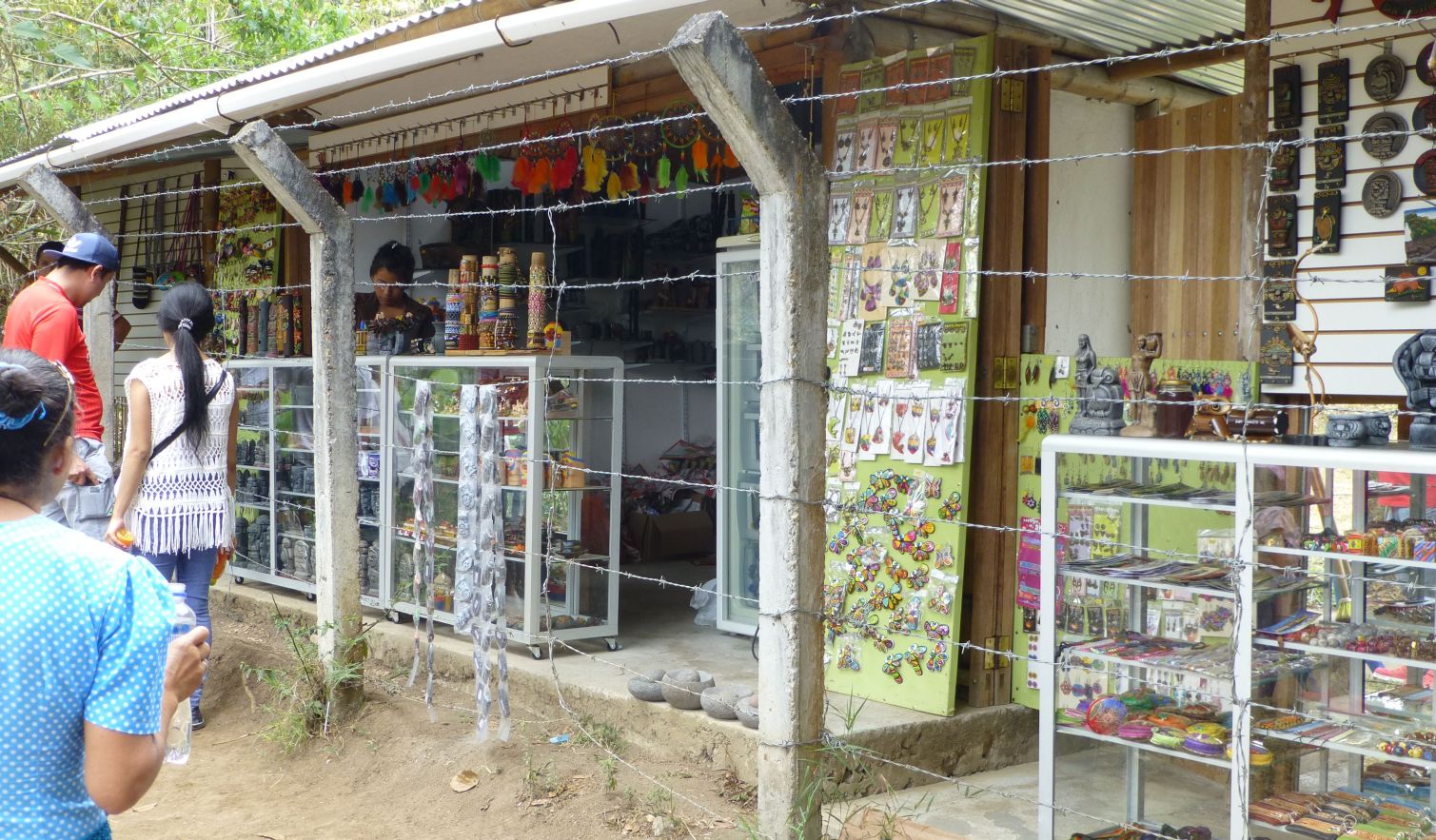
Two parts of the park are linked by a long fenced-off path. The owners at one location have set up a store just across the barb wire. There were a couple other places like that had gates in the barb wire. I guess this place was unwilling to pay the fee to get open access.
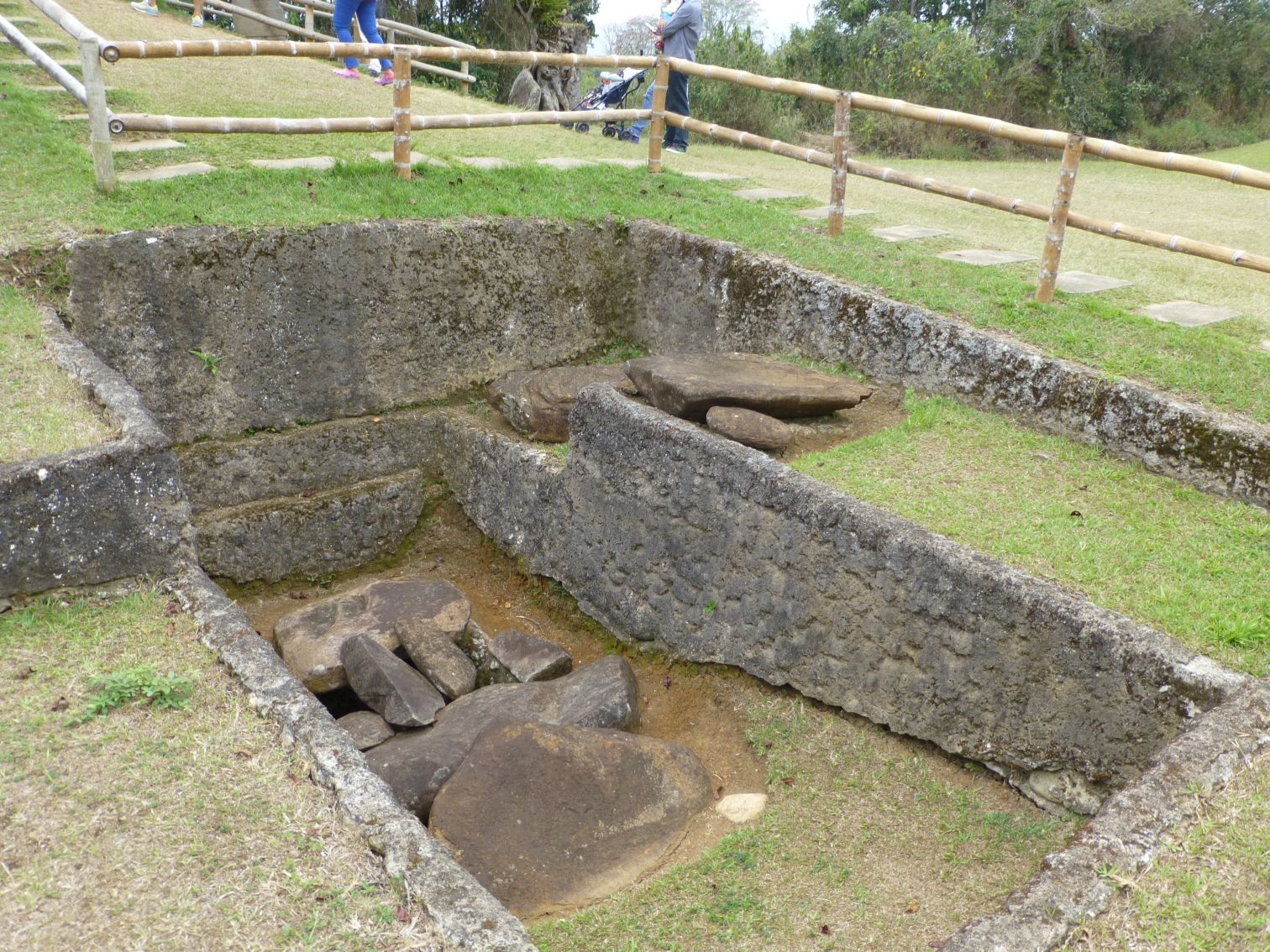
La Casa de Francois
There are lots of places to stay in San Agustin from backpacker hostels to mid-range hotels (no Hiltons or similar here). We sort of lucked into La Casa de Francois. It's truly one of the more gorgeous places I've ever stayed. It's on a dirt road on the hillside overlooking the town, about five minutes walk to the edge of town and and another ten minutes to the plaza. The hotel is a collection of small buildings surrounded by lush tropical plantings. We had a private cabin with a large bathroom and our own porch for about $33/night. There are a couple such cabins, several private rooms in two buildings, and a couple backpacker dormitories. And every evening there is chef who prepares wonderful dinners for bargain prices.
Contact
I can be reached at DonMooreDXer (symbol) Yahoo (period) com.
